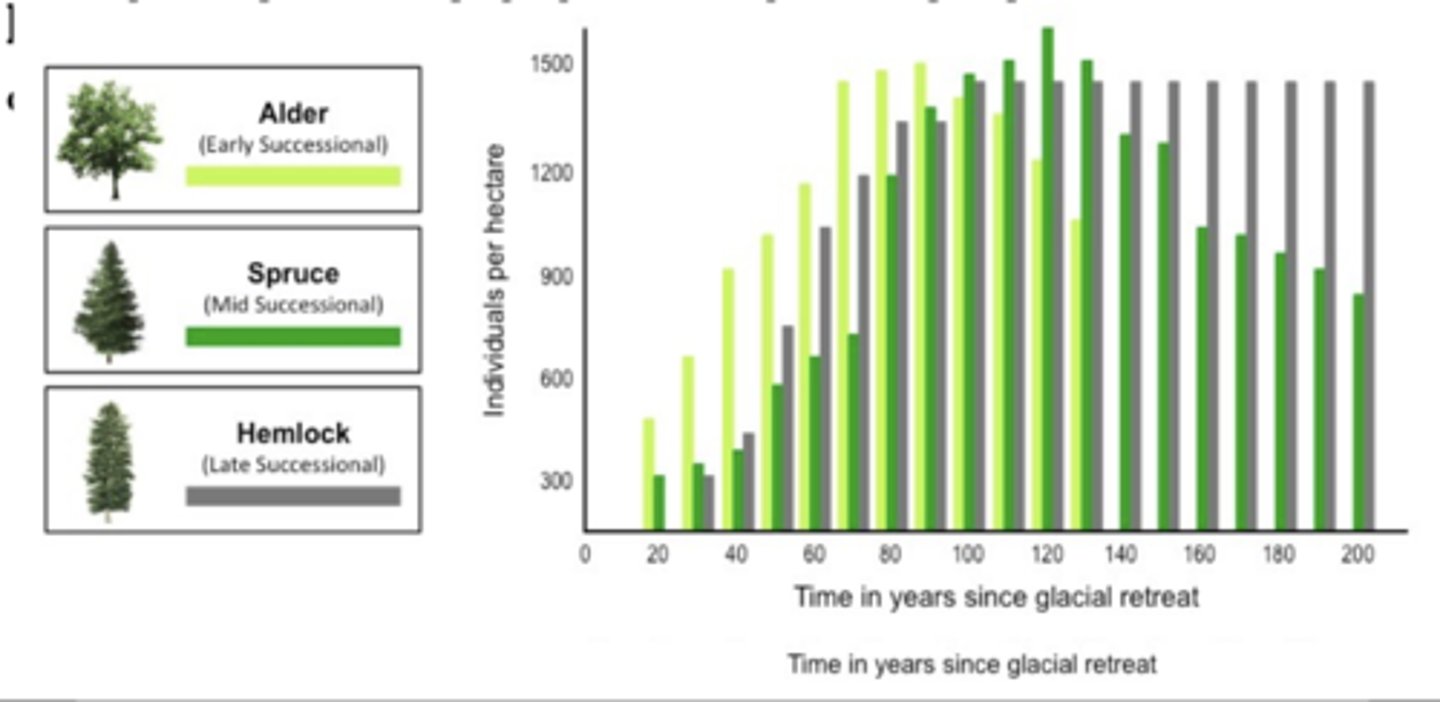Unit 2: The Living World: Biodiversity (Combined)
1/75
There's no tags or description
Looks like no tags are added yet.
Name | Mastery | Learn | Test | Matching | Spaced |
|---|
No study sessions yet.
76 Terms
Genetic Diversity
How different the genes are of the individuals within a population.
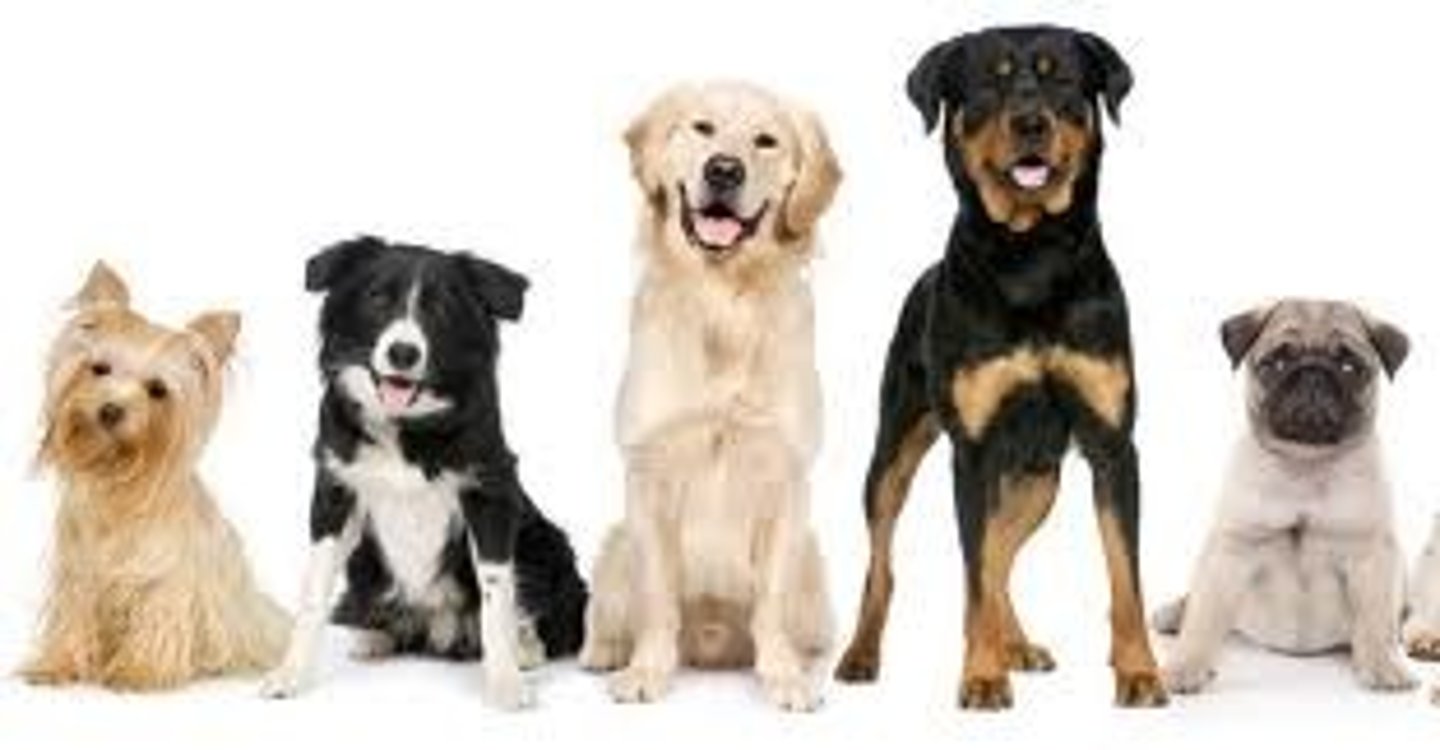
Species Diversity
# of the different species in an ecosystem and the balance of evenness within

Habitat Diversity
The different kinds of habitats in a given unit area of an ecosystem
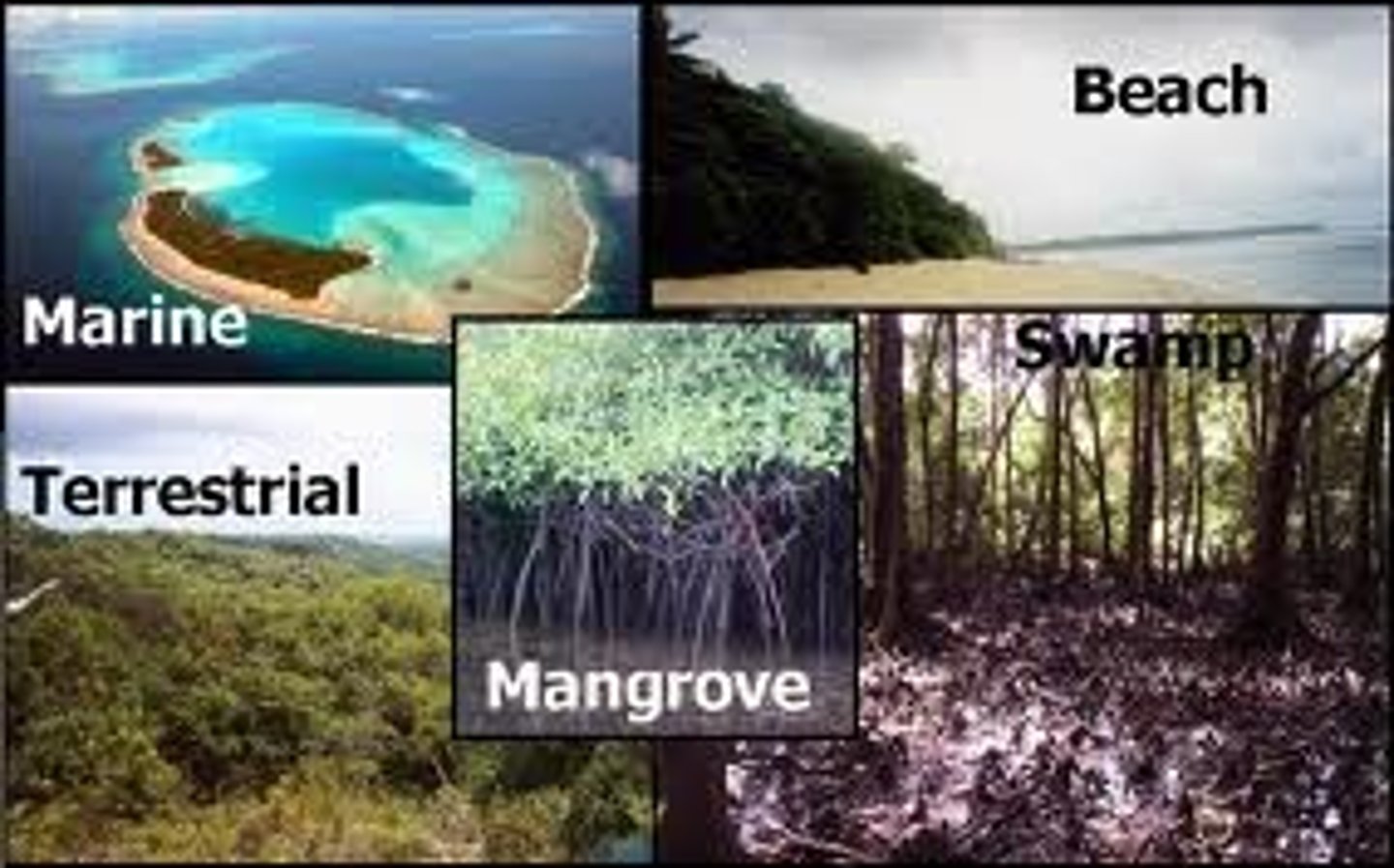
Ecosystem Diversity
# of different ecosystems in a given biome
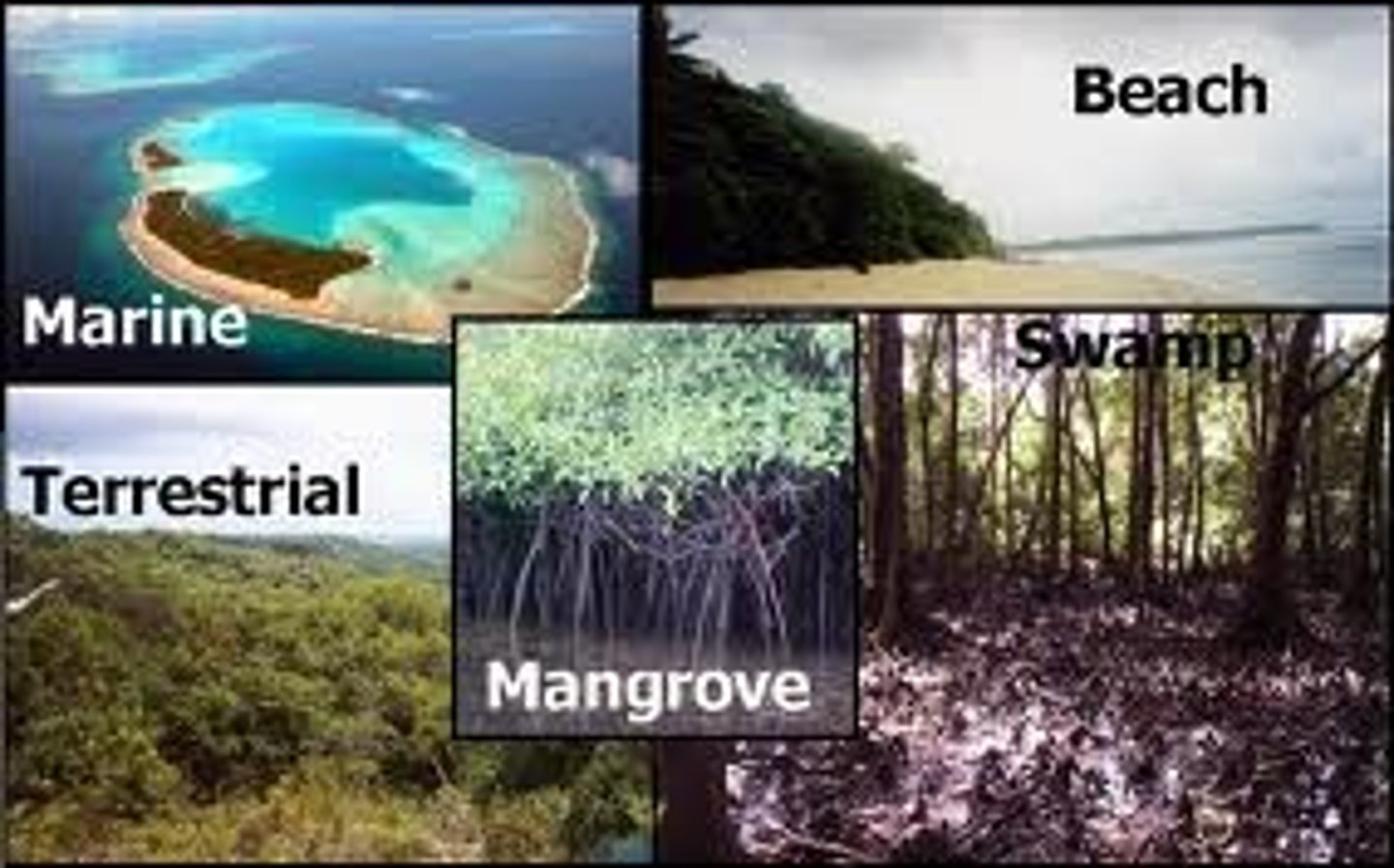
Richness (r)
the total number of different species found in an ecosystem
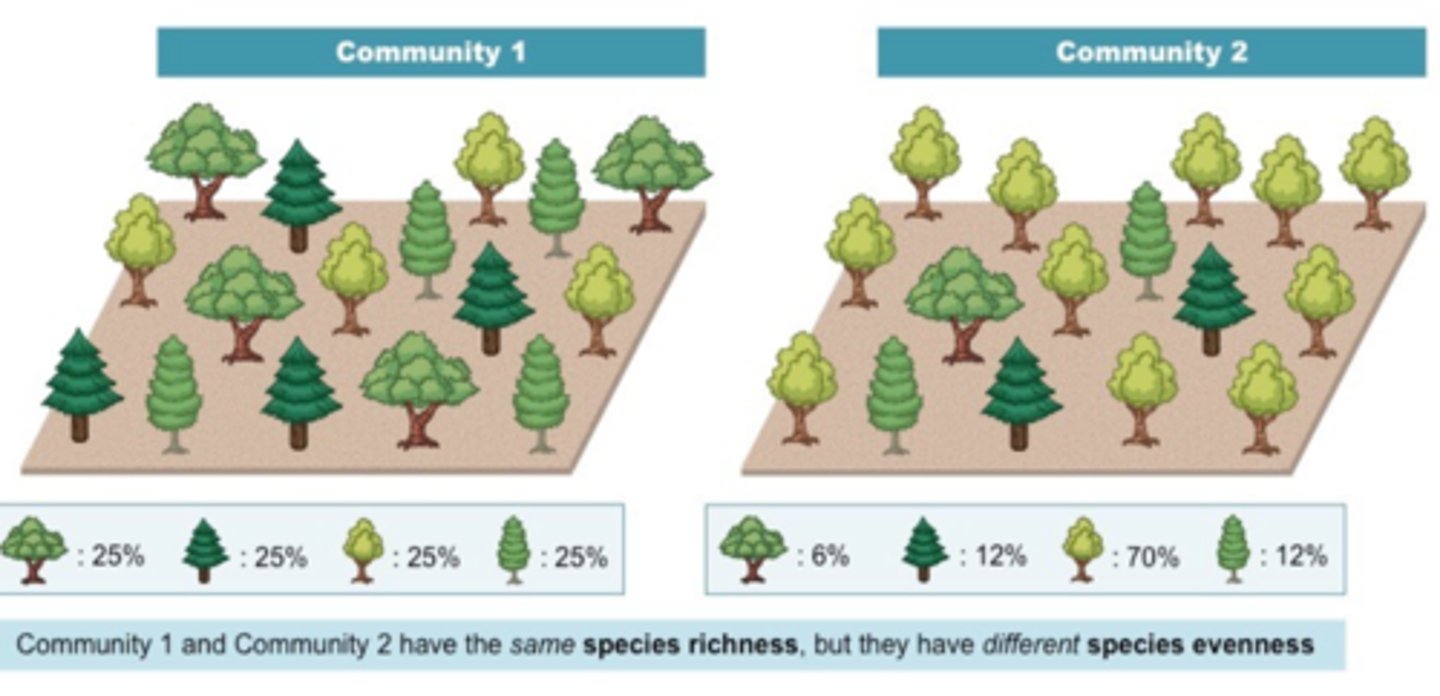
Eveness
Number of species found in an ecosystem.
For Example- 3 pine trees and 4 maple trees.
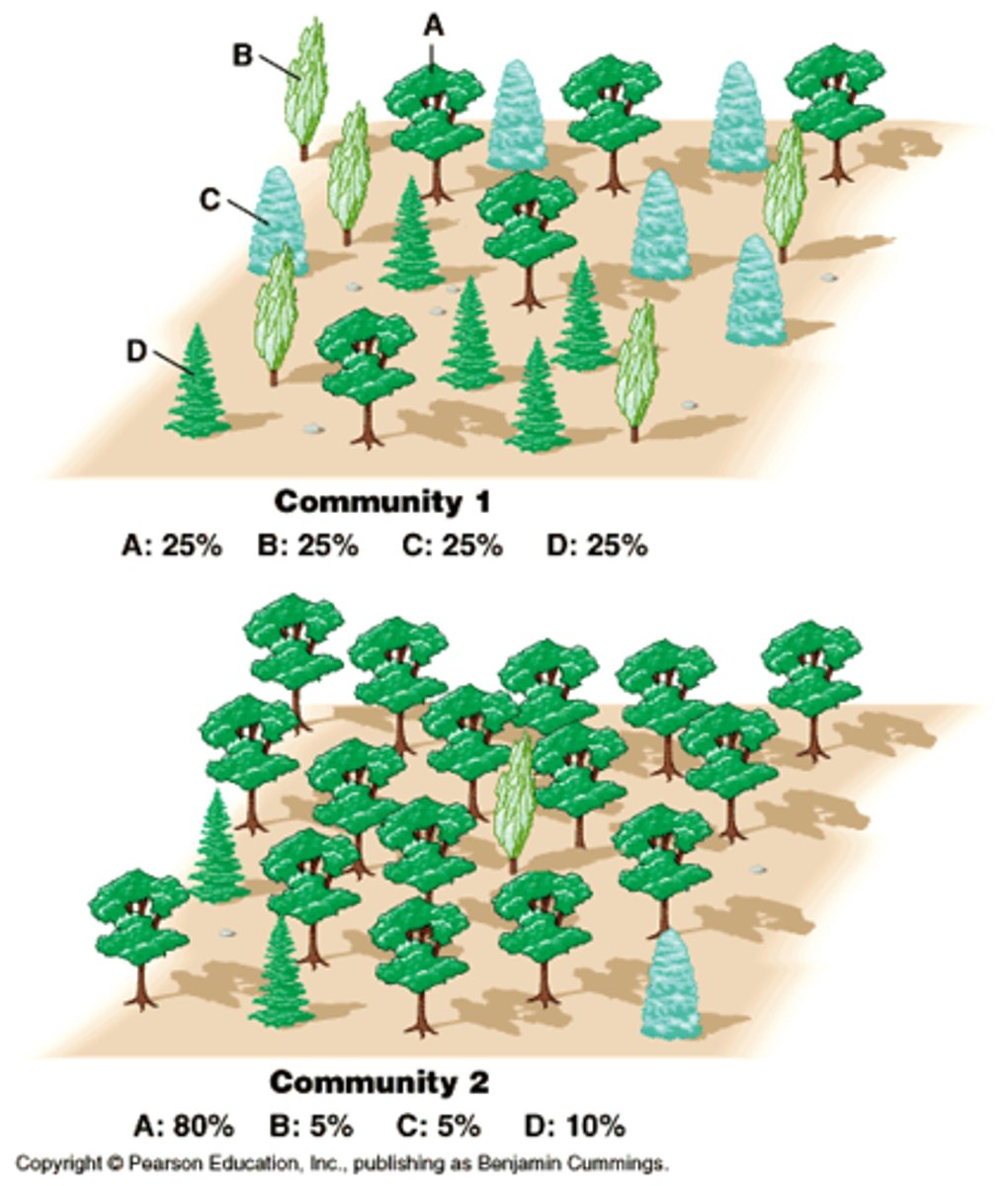
How does diversity arise?
Comes from random mutations that are passed on.
- Example (Blue Eyes)

Is it good that an ecosystem has good genetic diversity?
Yes, it makes it stronger/more resilient to natural disasters.

Bottleneck Event
an environmental disturbance that drastically reduces population size and kills organisms regardless of their genome
- Hunting, Habitat Loss
- THEY REDUCE GENETIC DIVERSITY
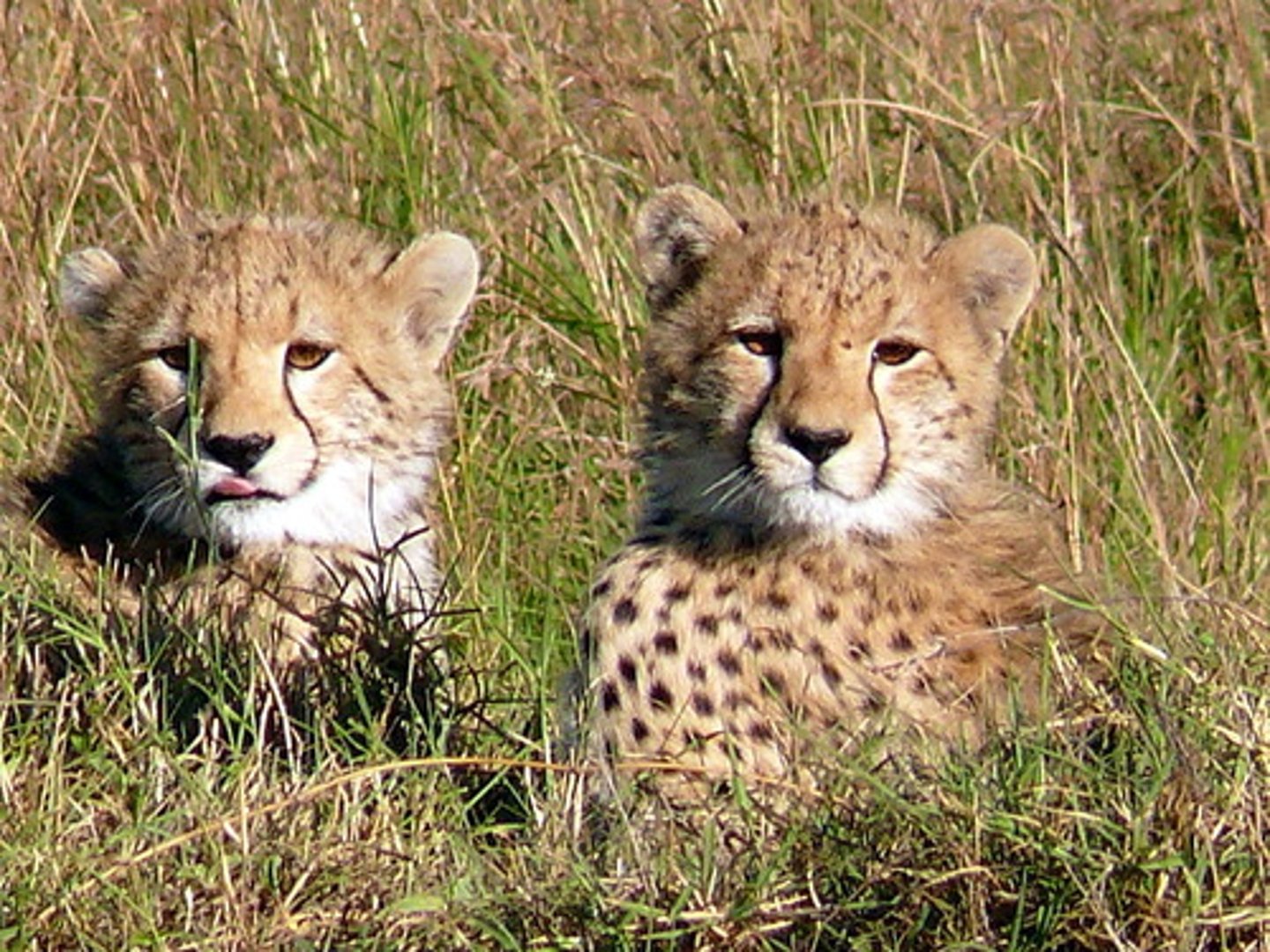
What happens to a population that had a bottleneck event?
They are more vulnerable because they all share same traits.
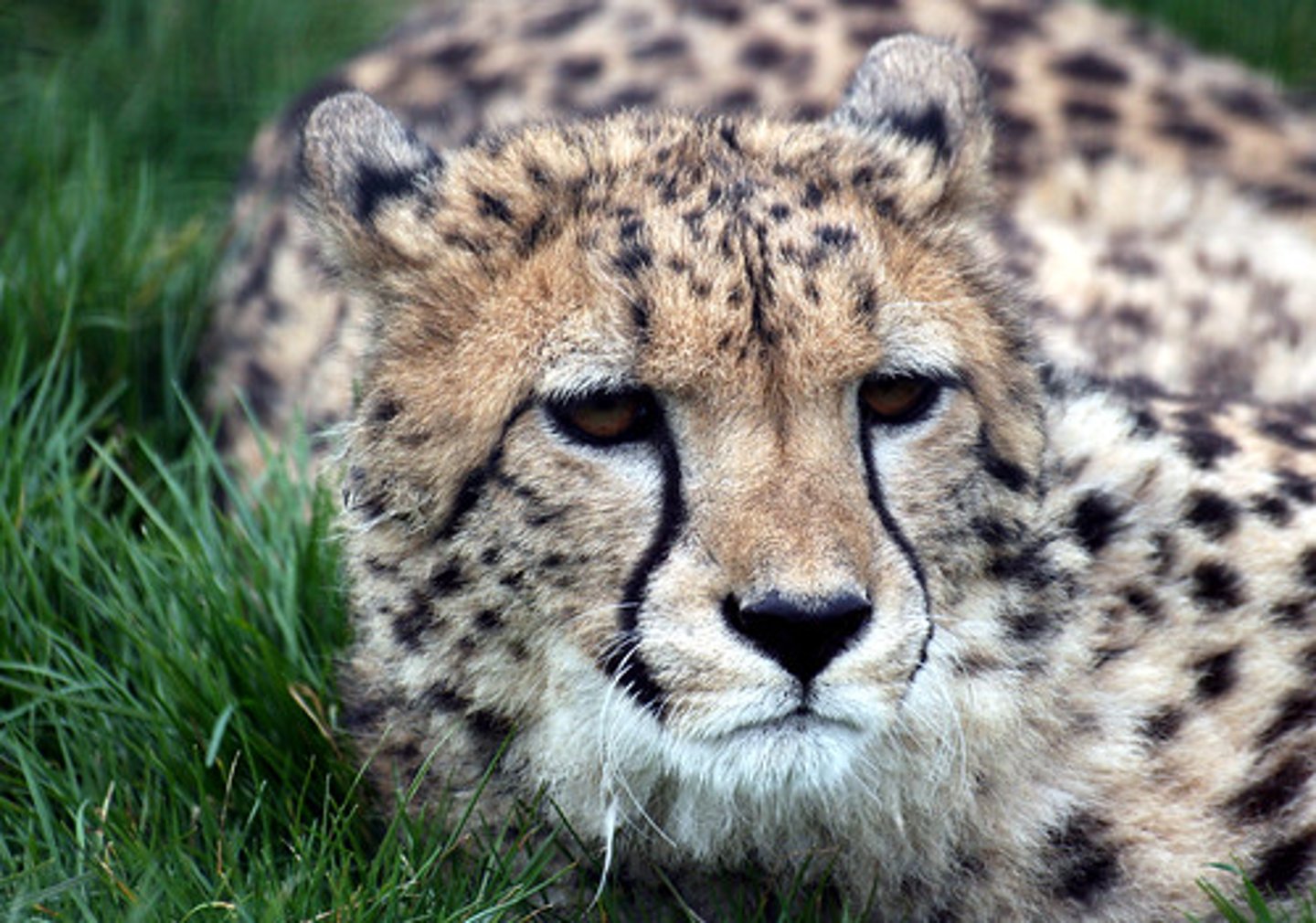
Inbreeding Depression
when relatives breed with each other and produce offspring
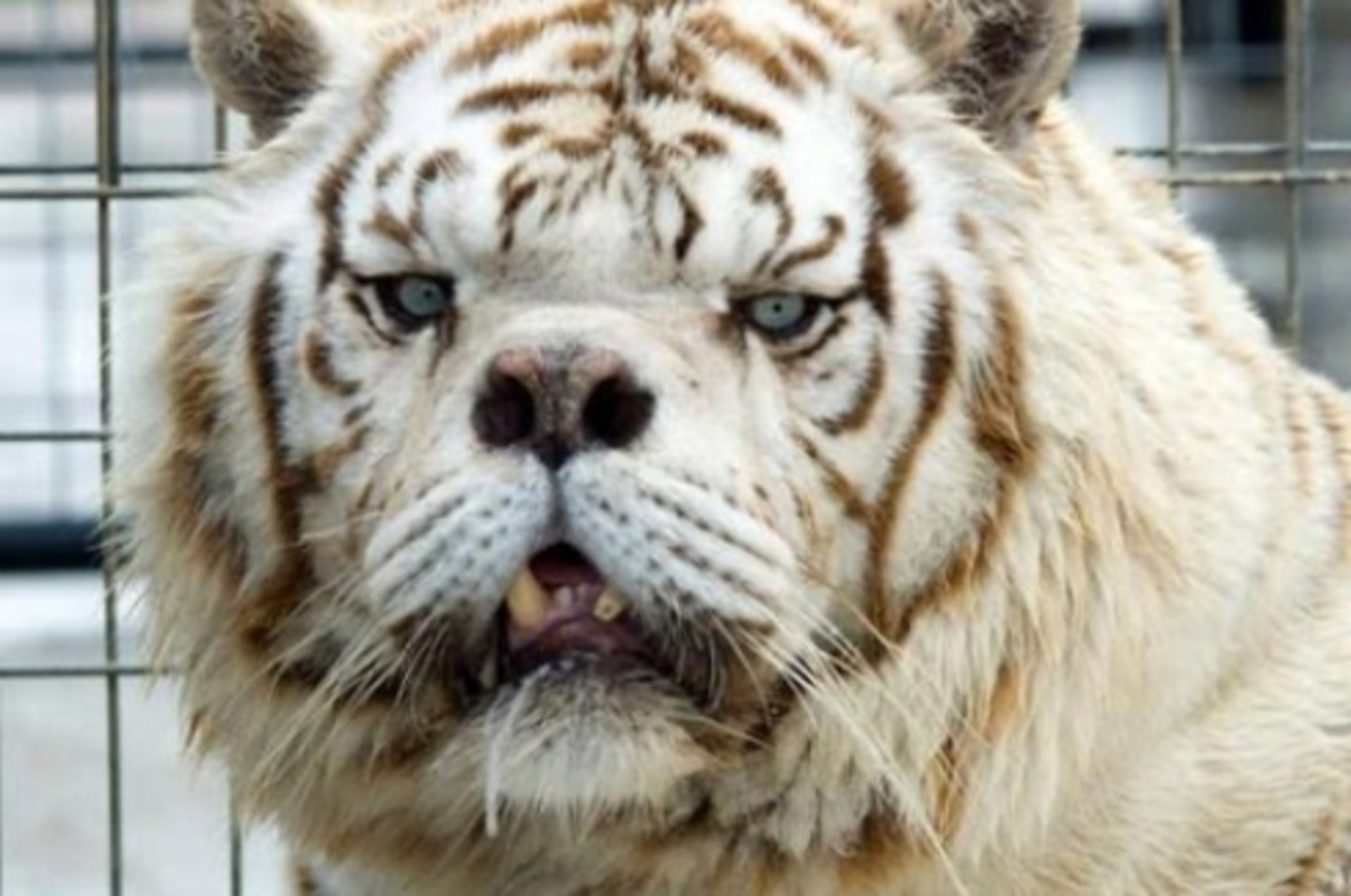
What are problems with inbreeding?
that have an impaired ability to survive and reproduce
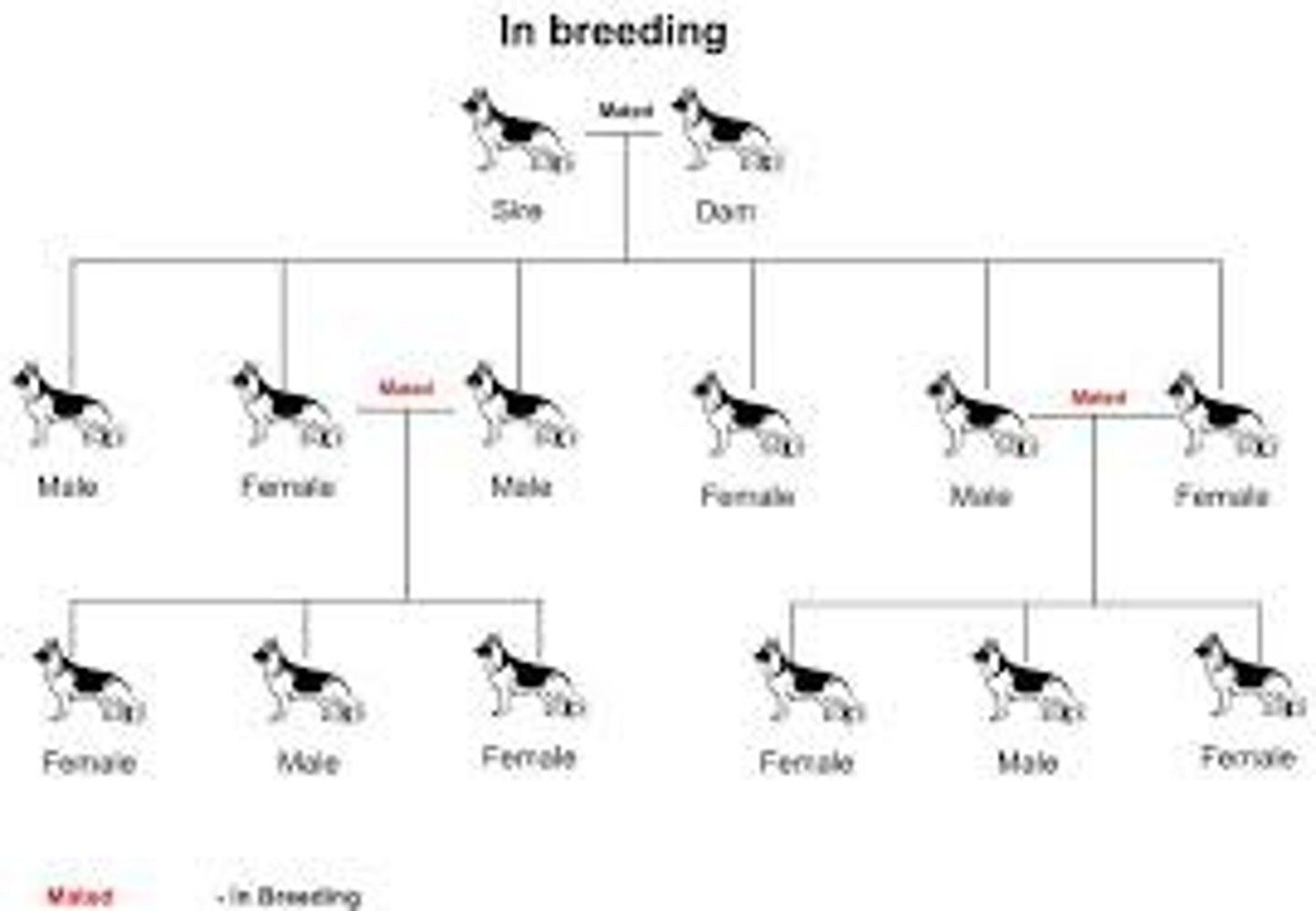
What causes inbreeding?
Smaller populations are more likely to inbreed with one another because of the need to reproduce.
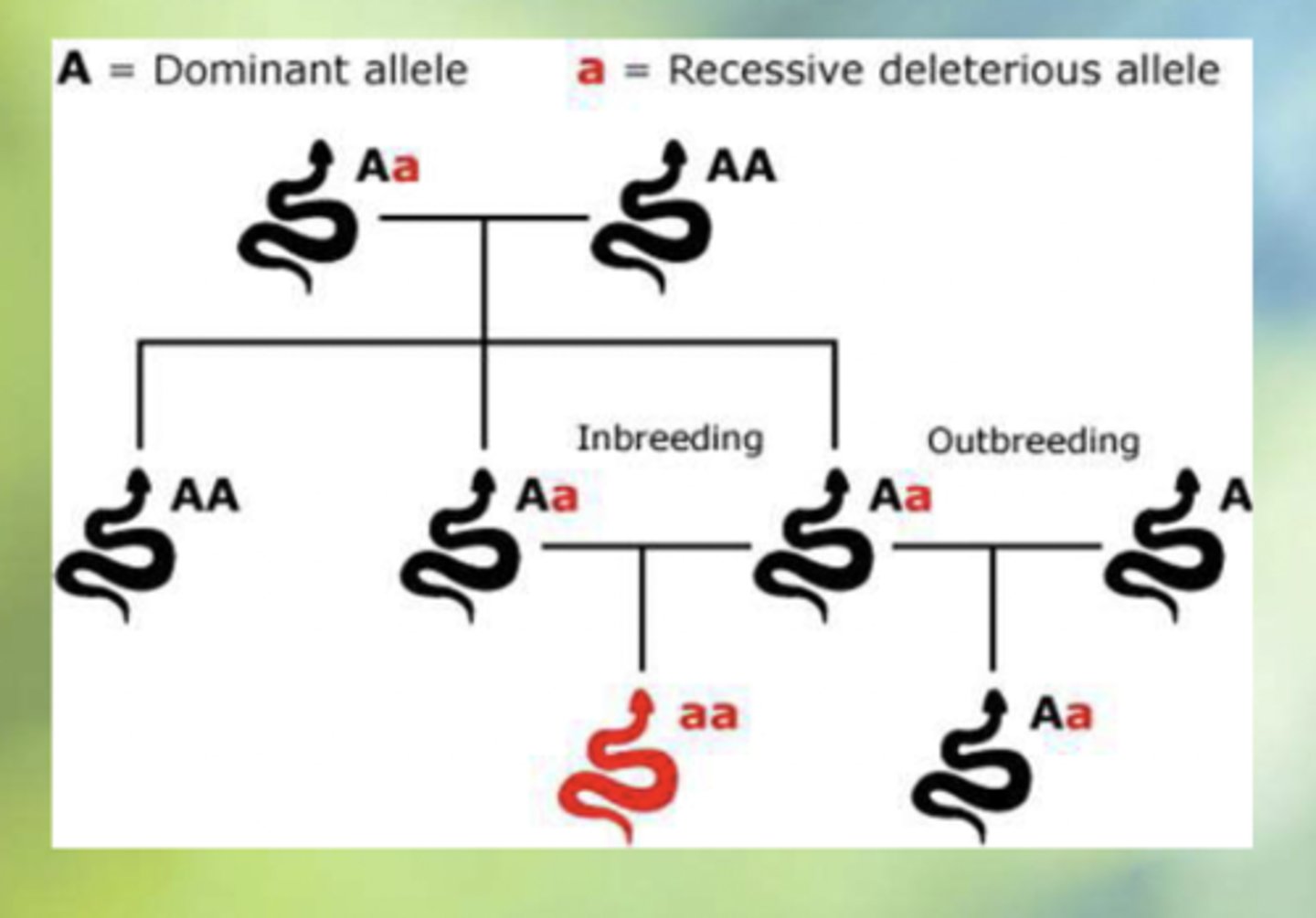
ecosystem resilience
an ecosystem's ability to recover from disturbance

What do Ecosystems do for us?
They give us resources and services that have positive impacts on humans which are mostly economic.
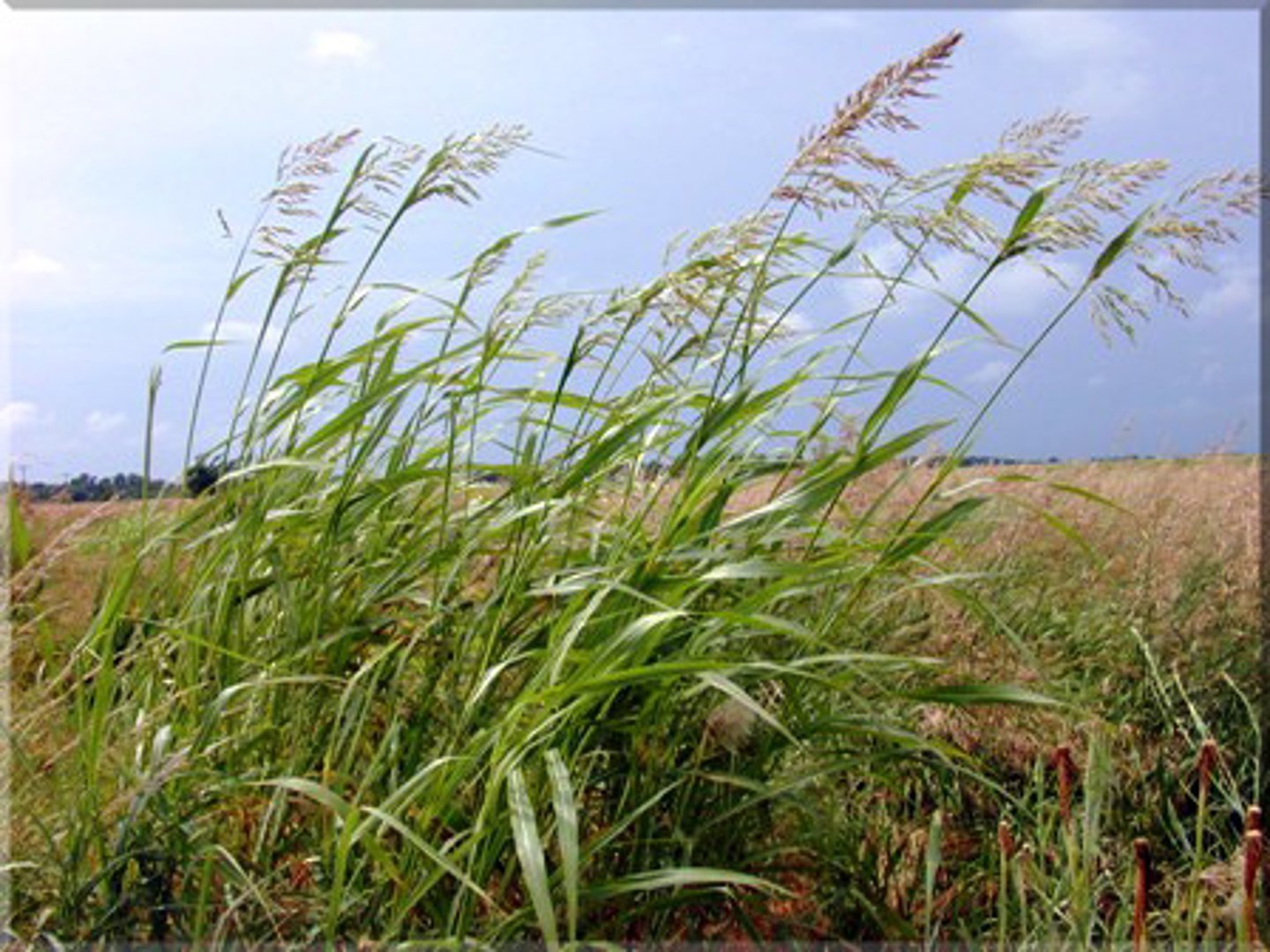
Ecosystem: Provisions
Goods taken directly from ecosystems or made from natural resources.
Examples: water, deer, berries, wild grains, fur, honey, etc.
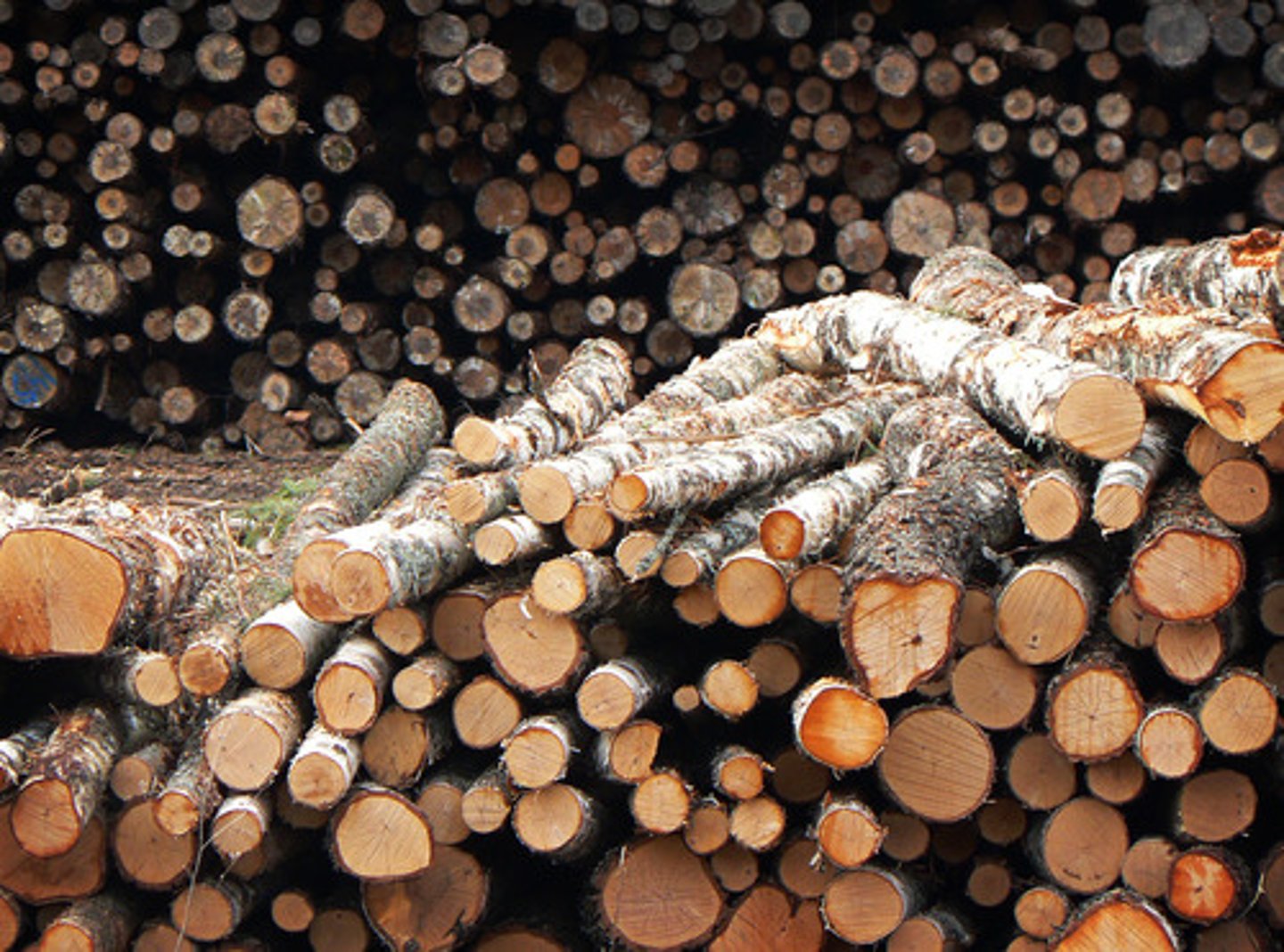
Ecosystem: Regulating
Natural ecosystems regulate climate/ air quality, reducing storm damage and healthcare costs.
Examples: forests 🌲 suck carbon out of the atmosphere

Ecosystem: Supporting
Natural ecosystems support processes we do ourselves, making them cheaper (free) and easier
Examples: Wetlands filter water, bees support food services
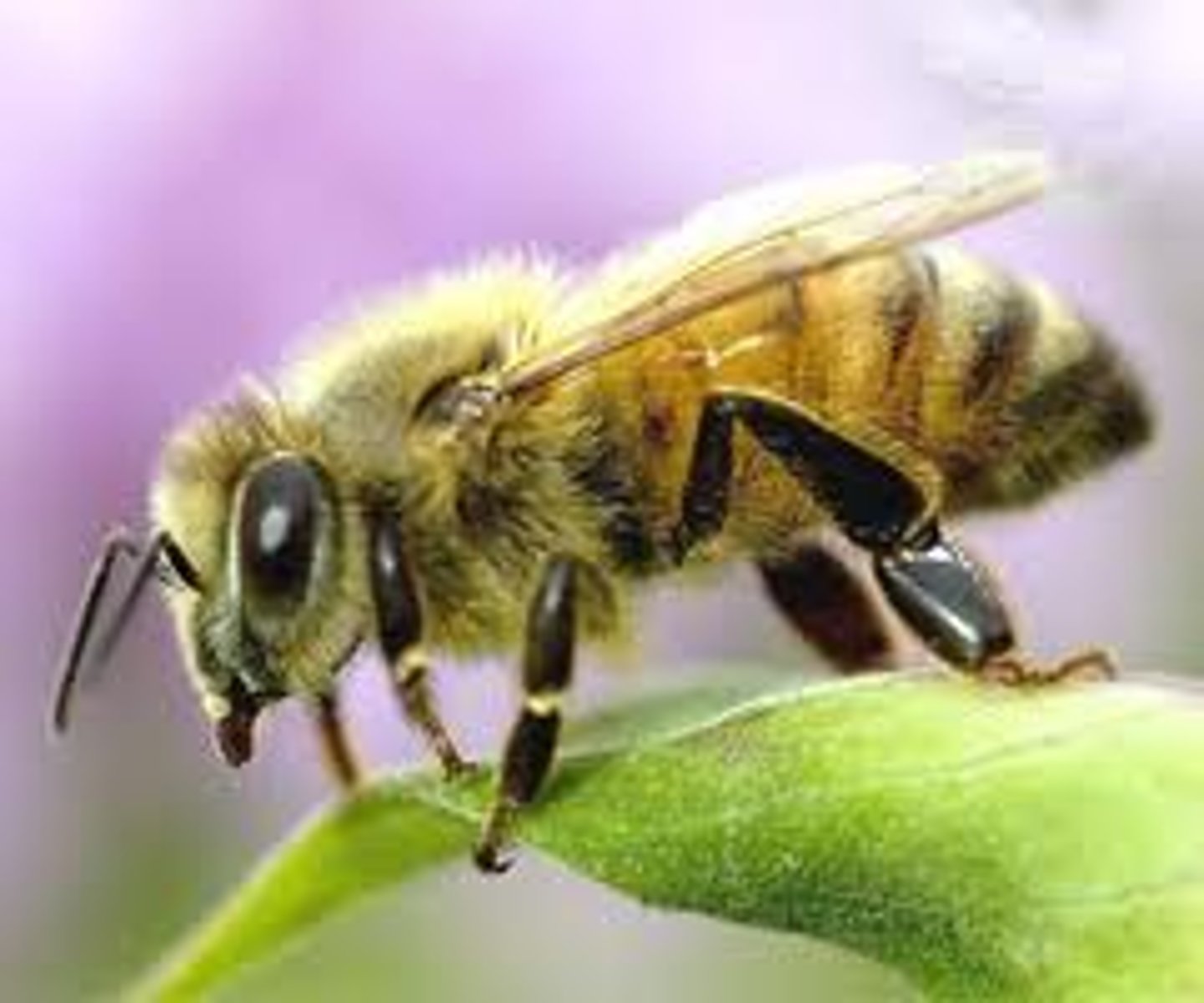
Ecosystem: Cultural
Money generated by recreation
Examples: paying to go to a park, tourism, local stores, etc.
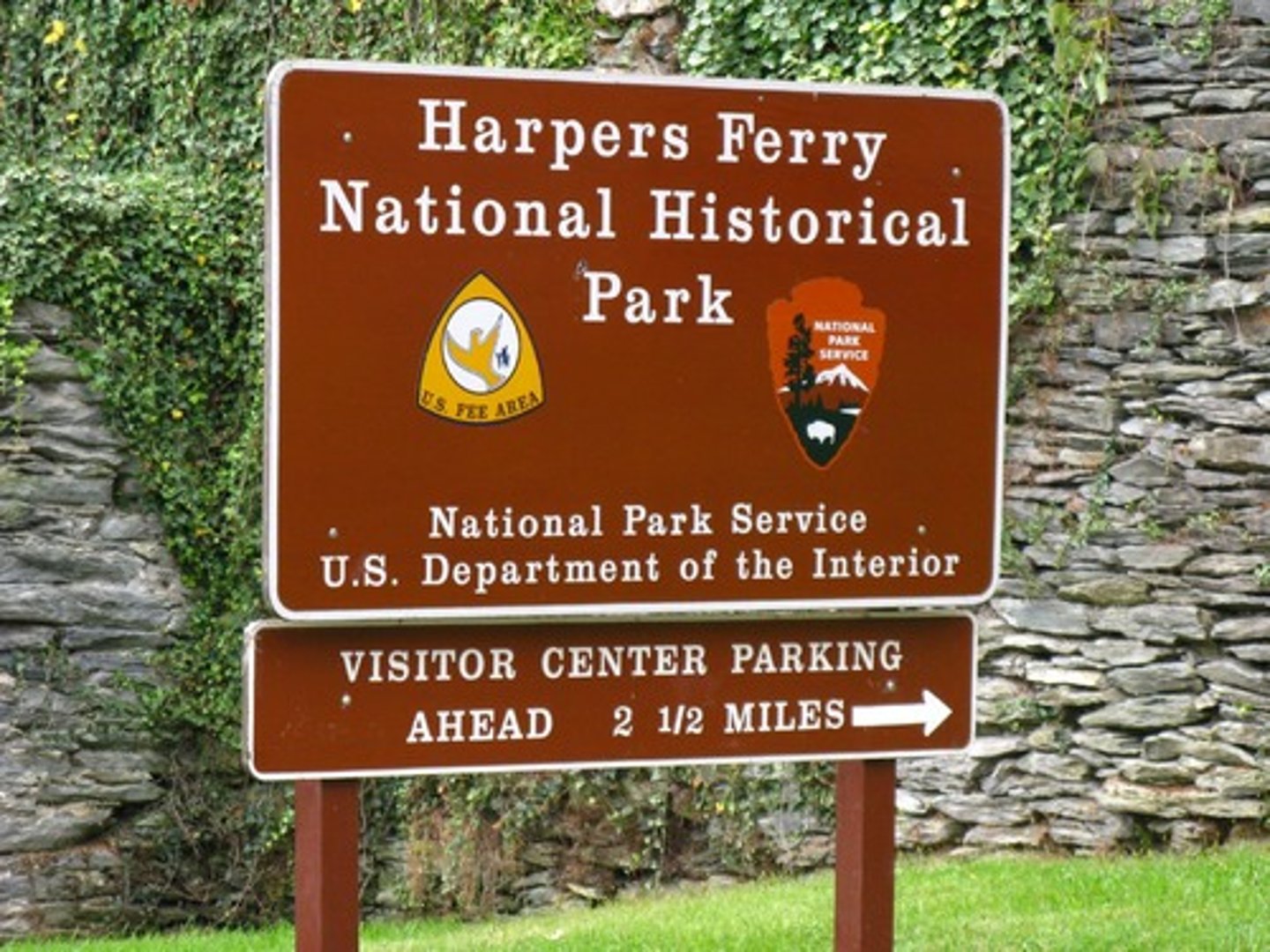
How do humans disrupt PROVISIONS?
overharvest the resources, by clearing the land of them.
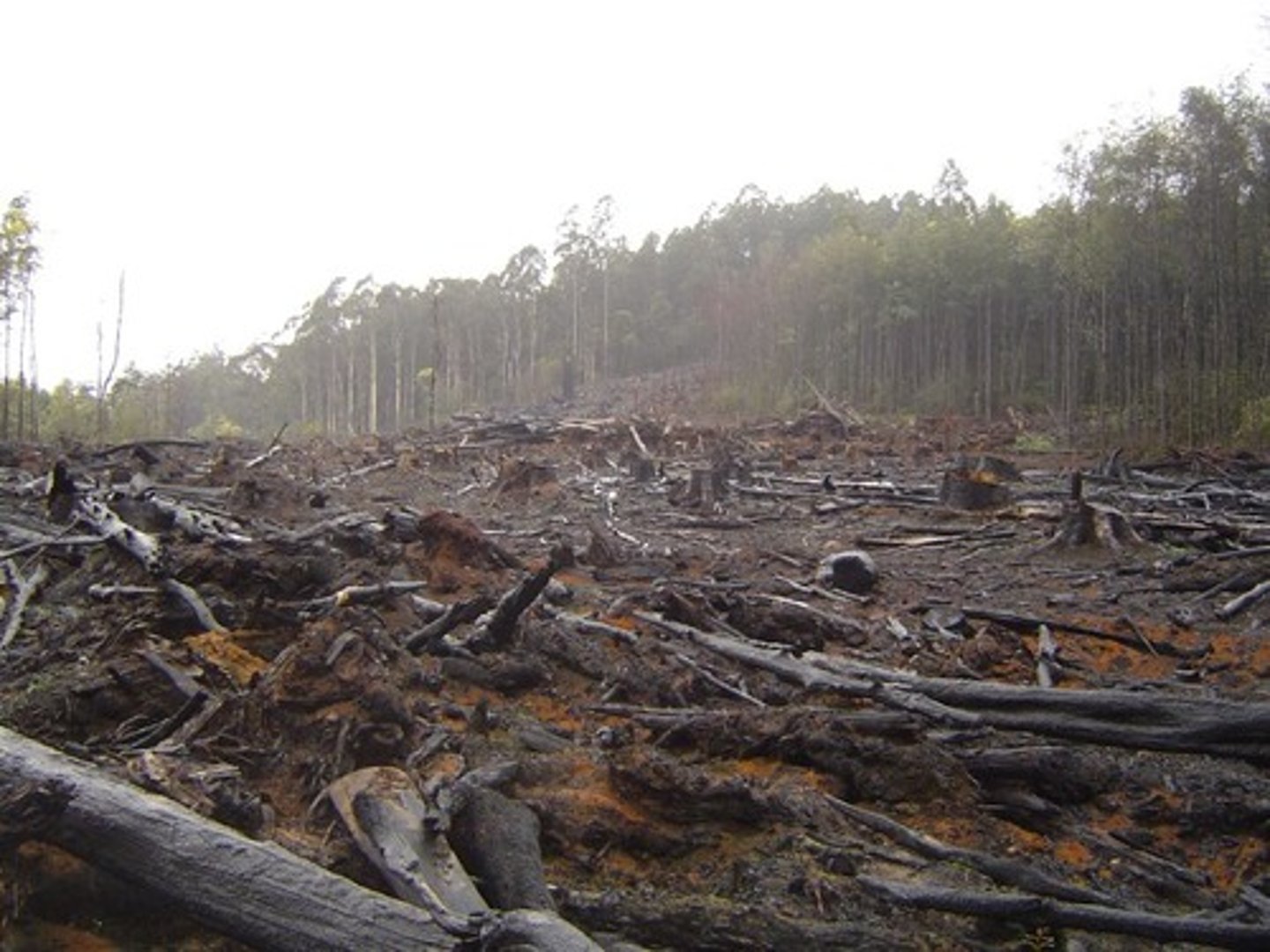
How do humans disrupt REGULATING?
Deforestation
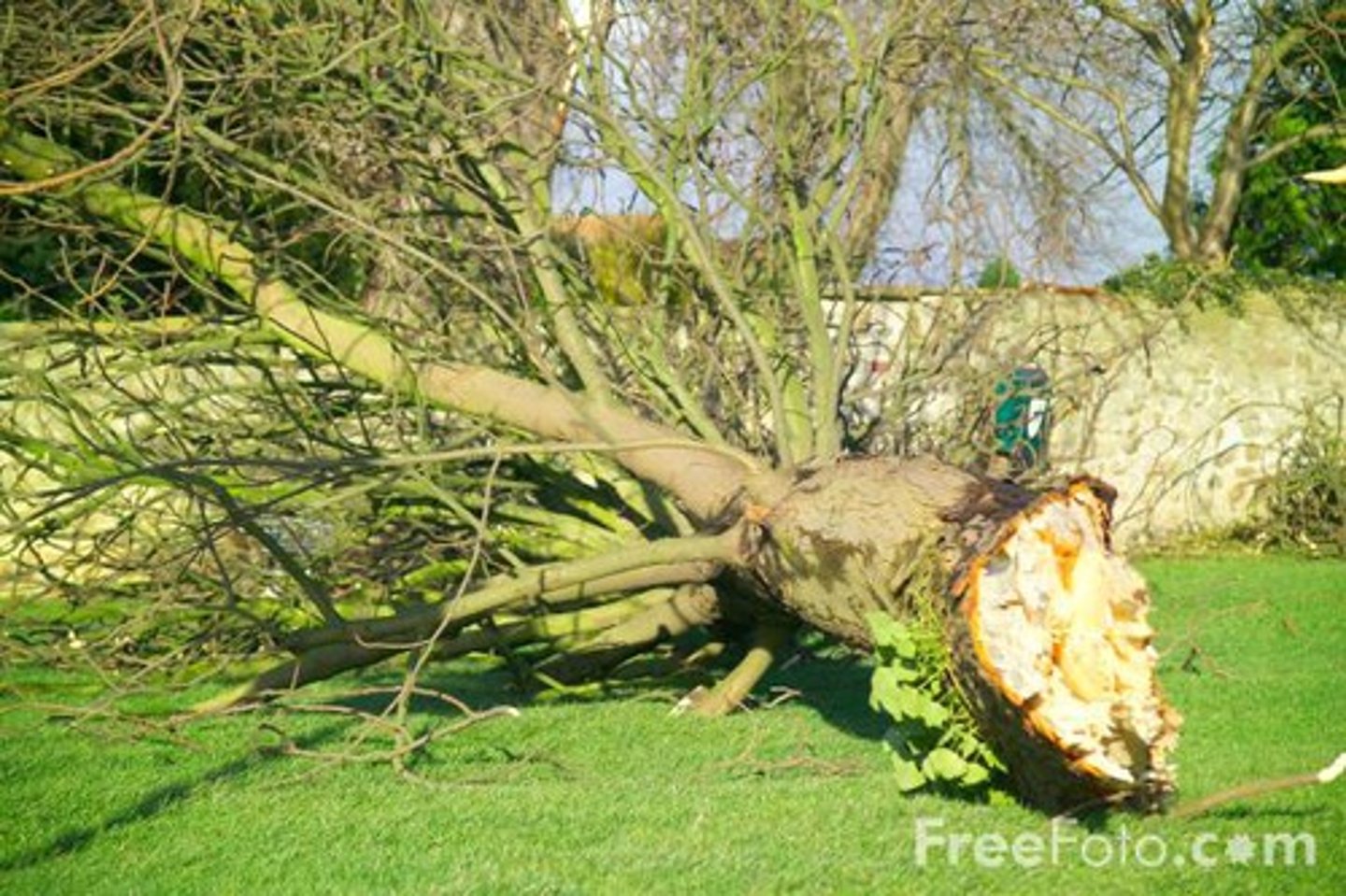
How do humans disrupt SUPPORTING?
Pesticides, and filling in wetlands, and also fertilizer.
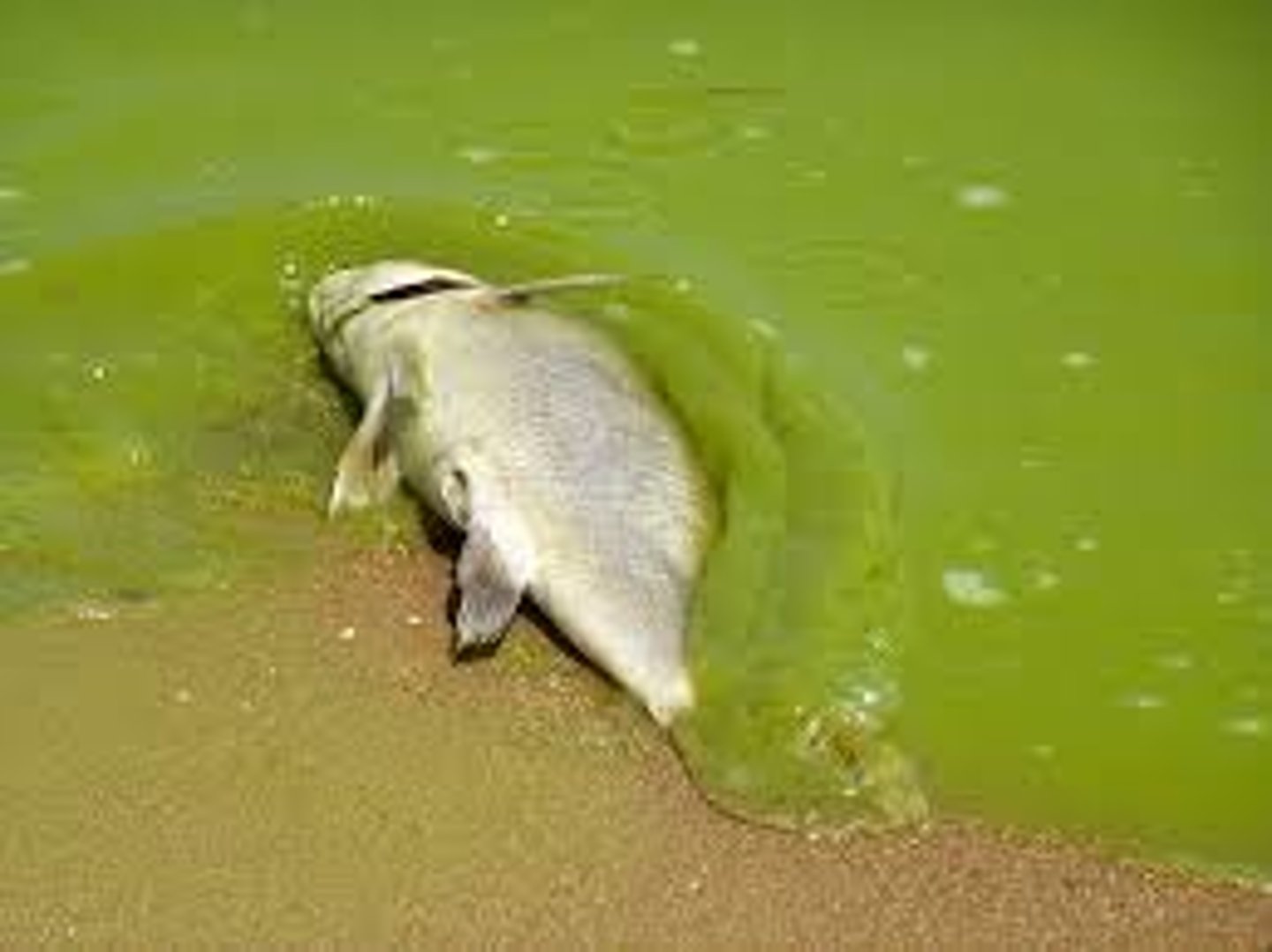
How do humans disrupt CULTURAL?
Pollution, Urbanization, and Deforestation.
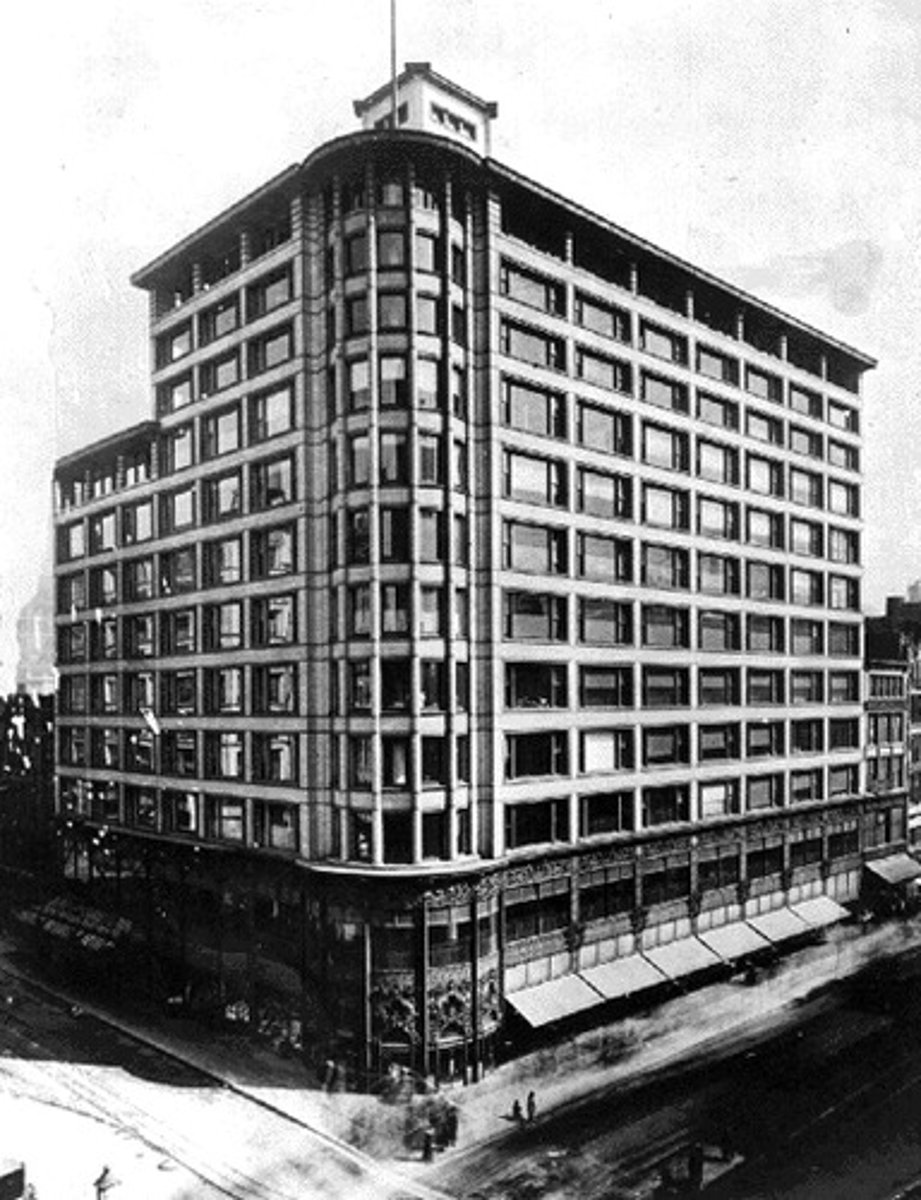
Island Biogeography
Study of ecological relationships on an island.
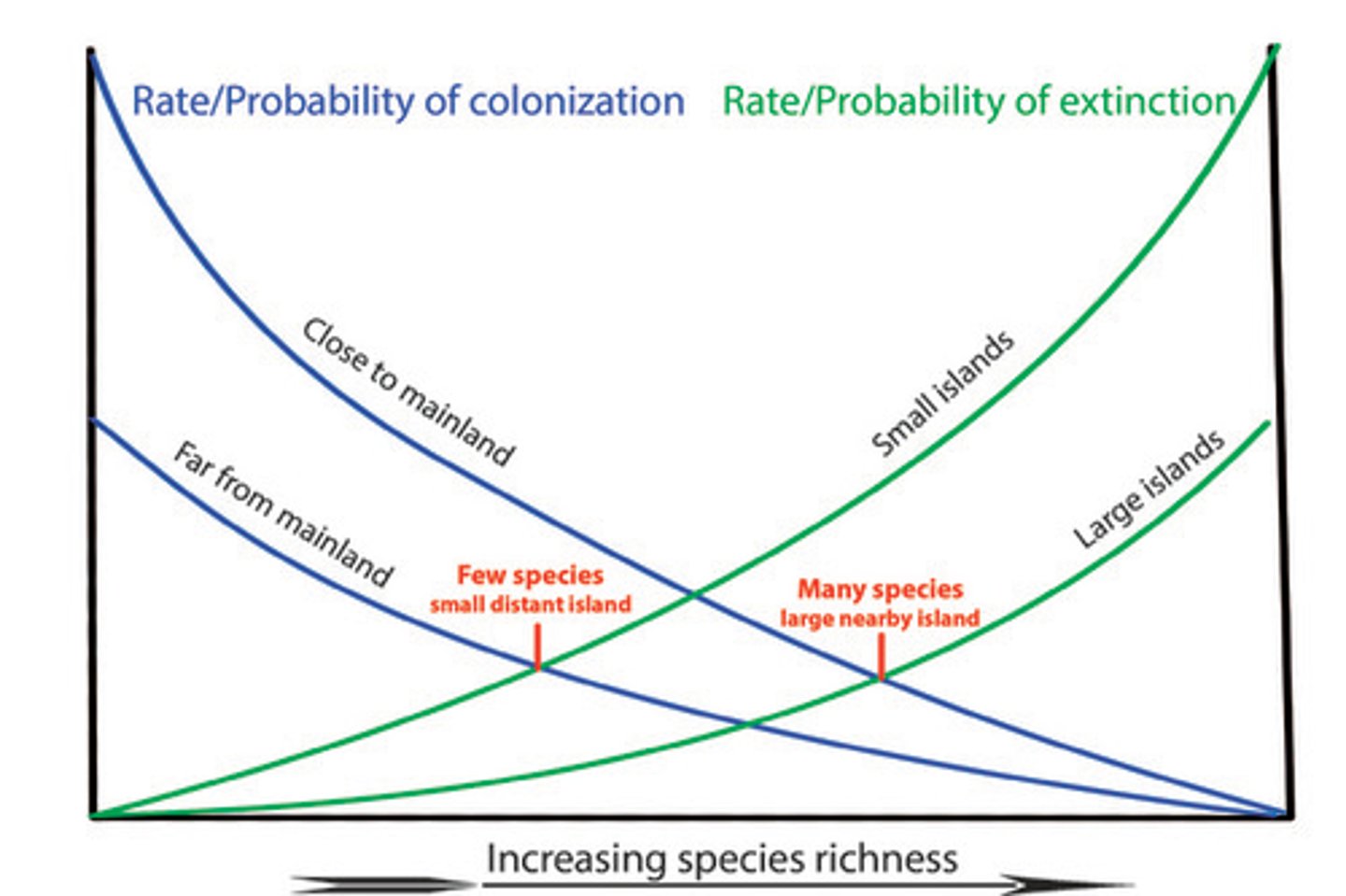
Island Fragment
Area of land separated from the continuous area.
(eg): Central Park
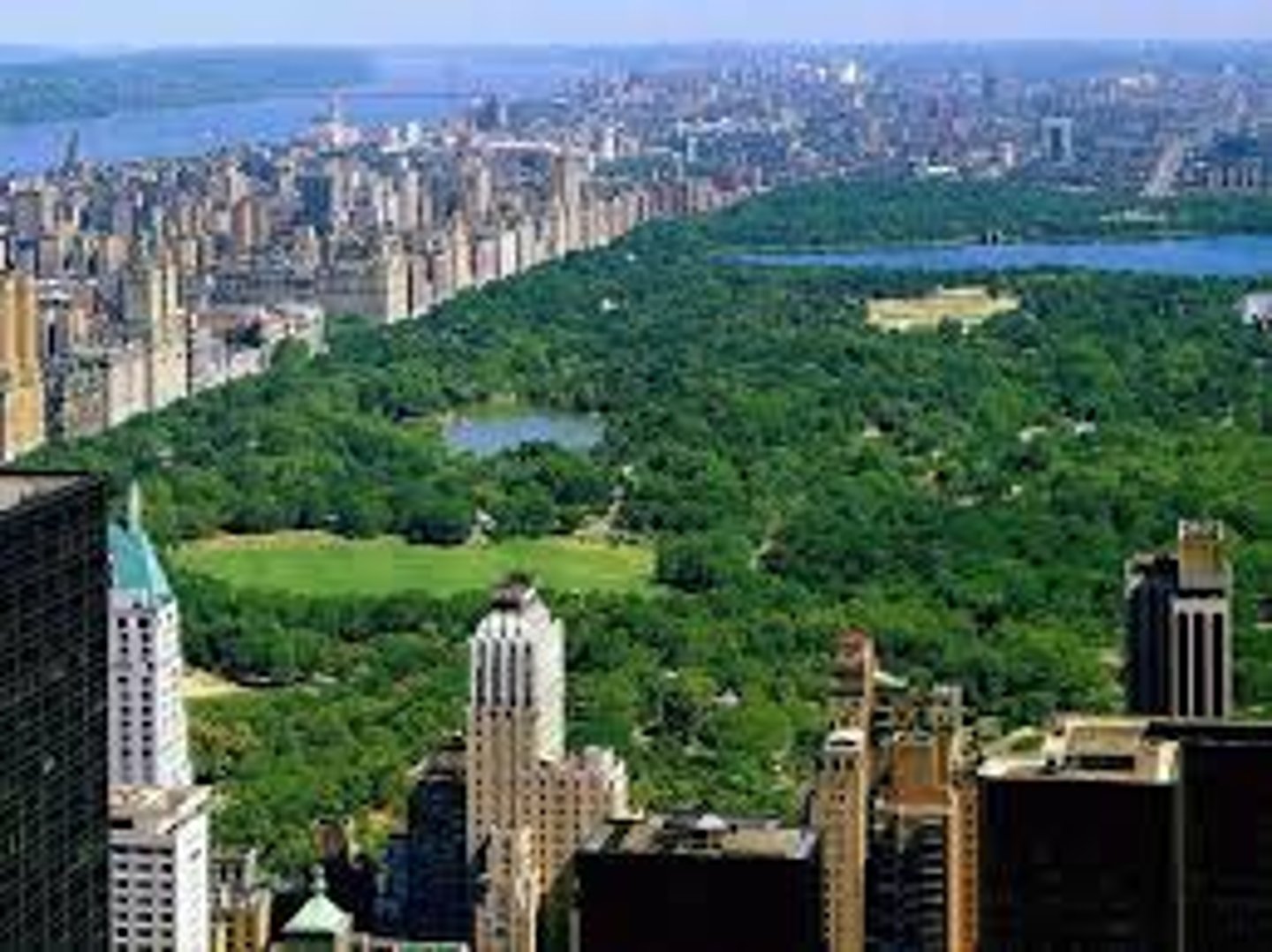
What are the two basic rules of Island Biogeography?
- Larger Islands and Closer Islands to the mainland support MORE species!
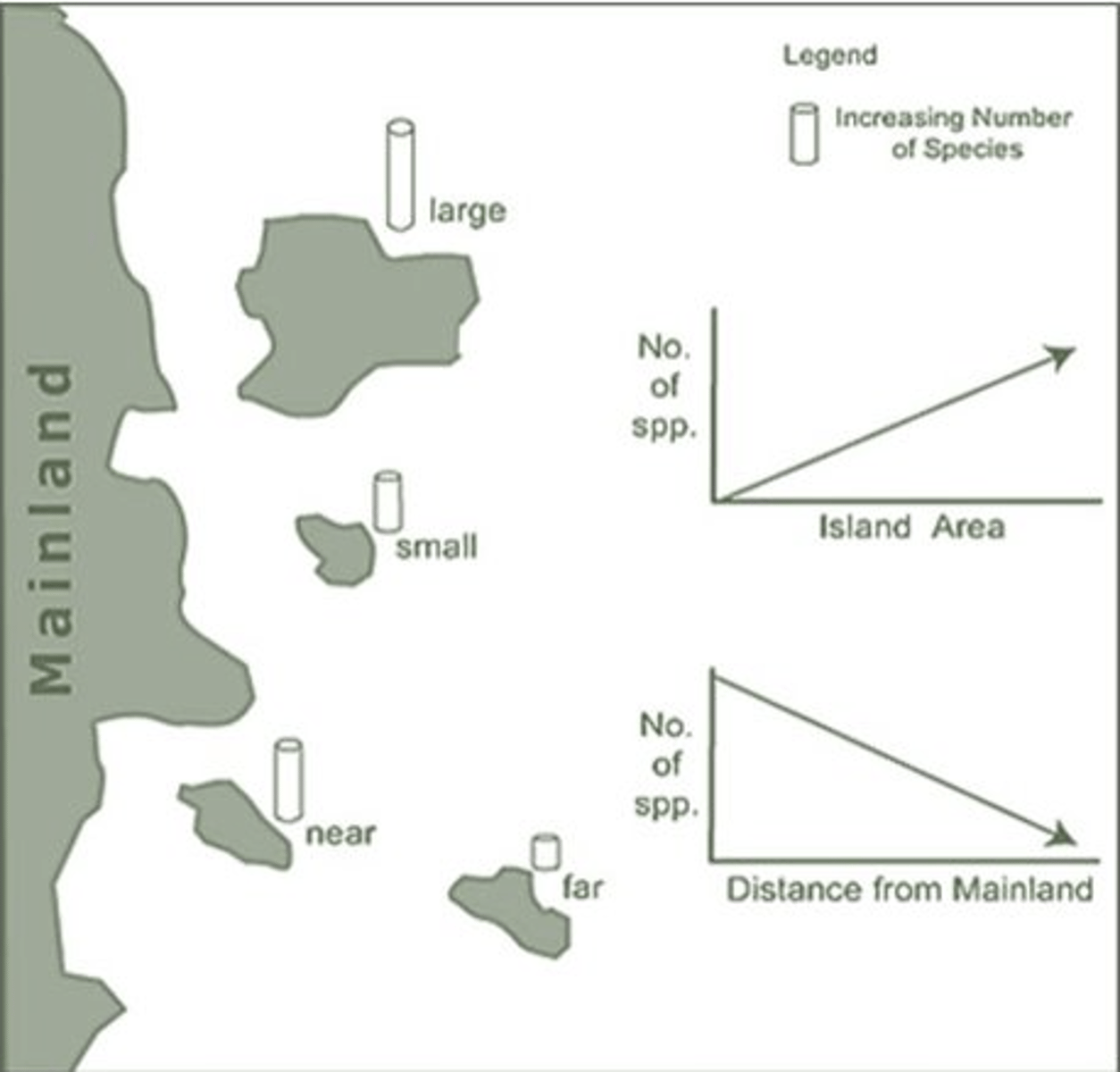
Rule One (Larger Islands)
- higher ecosystem diversity
- more available "niches" or roles
- less competition
- Larger population size (more genetic diversity)
- lower chance of extinction.
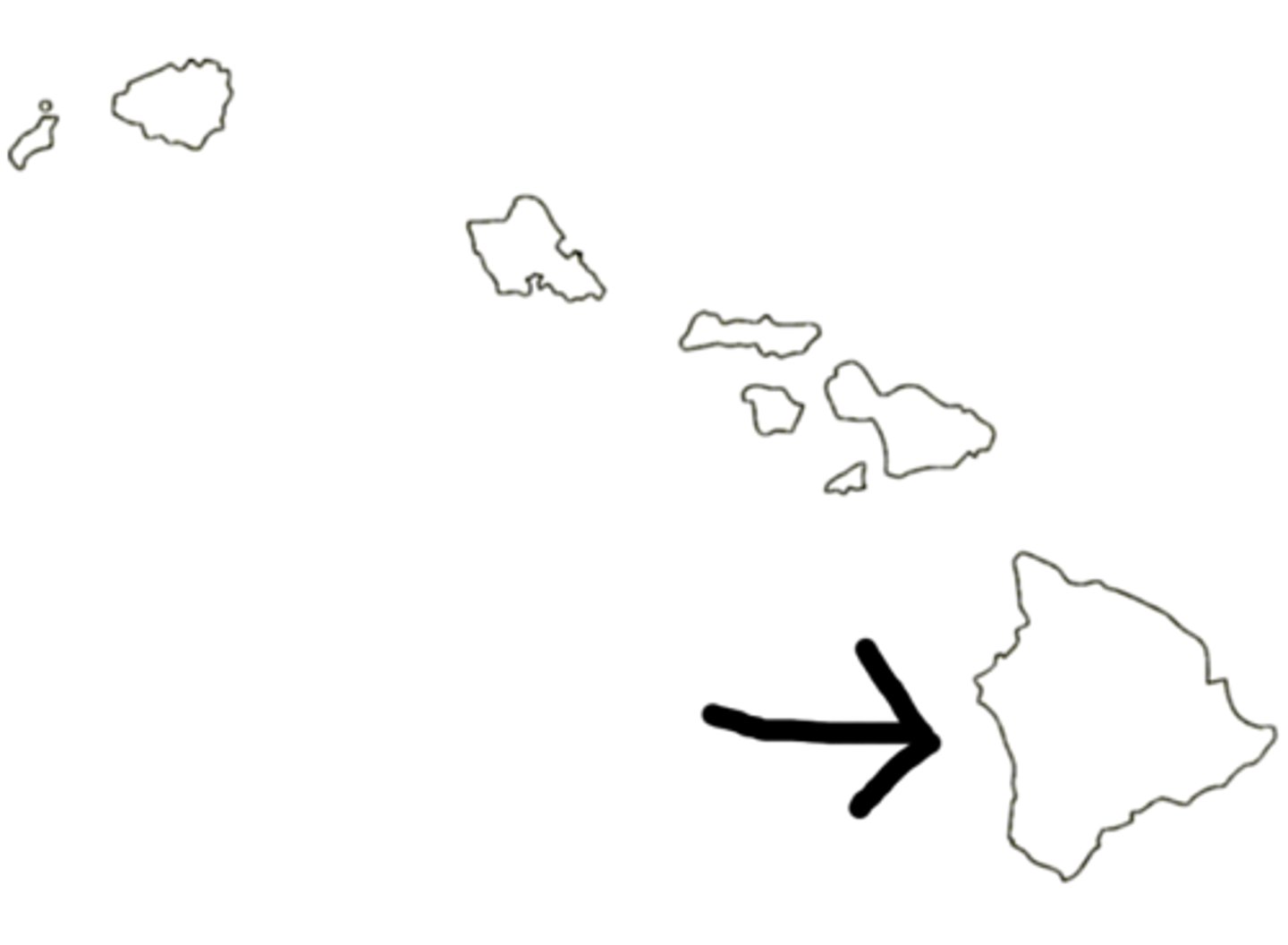
Rule Two (Distance to Mainland)
- islands that are closer to the mainland have higher richness.
- more continual migration to island habitats.
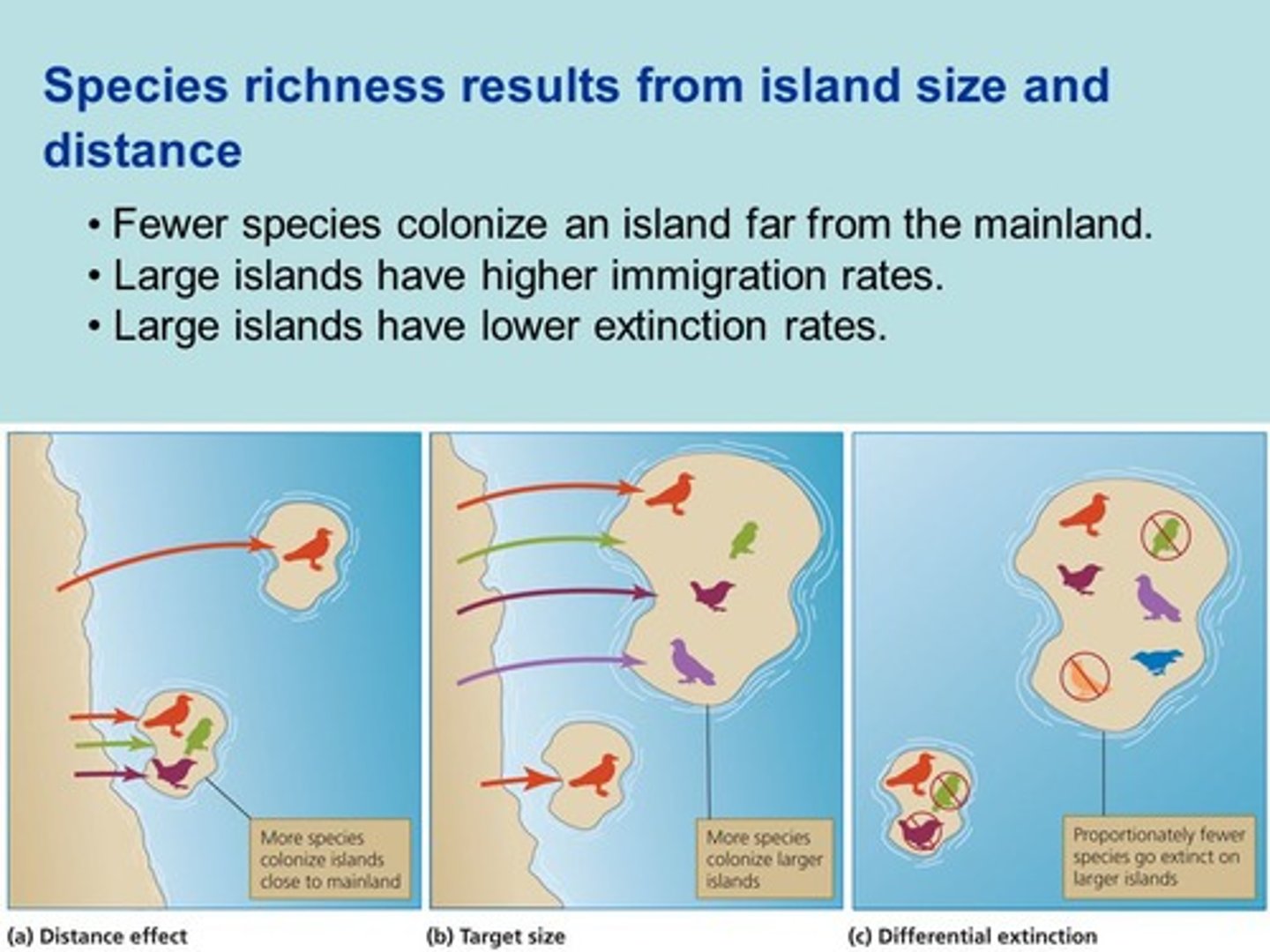
What relationship do islands have with distance of mainland to species?
Inverse relationship between island distance from mainland & species richness.

What relationship do islands have with size to species?
Positive correlation between island size and species richness.

Evolution On Islands
- islands have limited space and resources, creating unique conditions for evolution
- MORE PRESSURE for species to adapt to narrower niches.
What is the catalyst of evolution.
Pressure!

Adaptive Radiation
Single species rapidly evolving into several new species to use different resources and reduce competition.
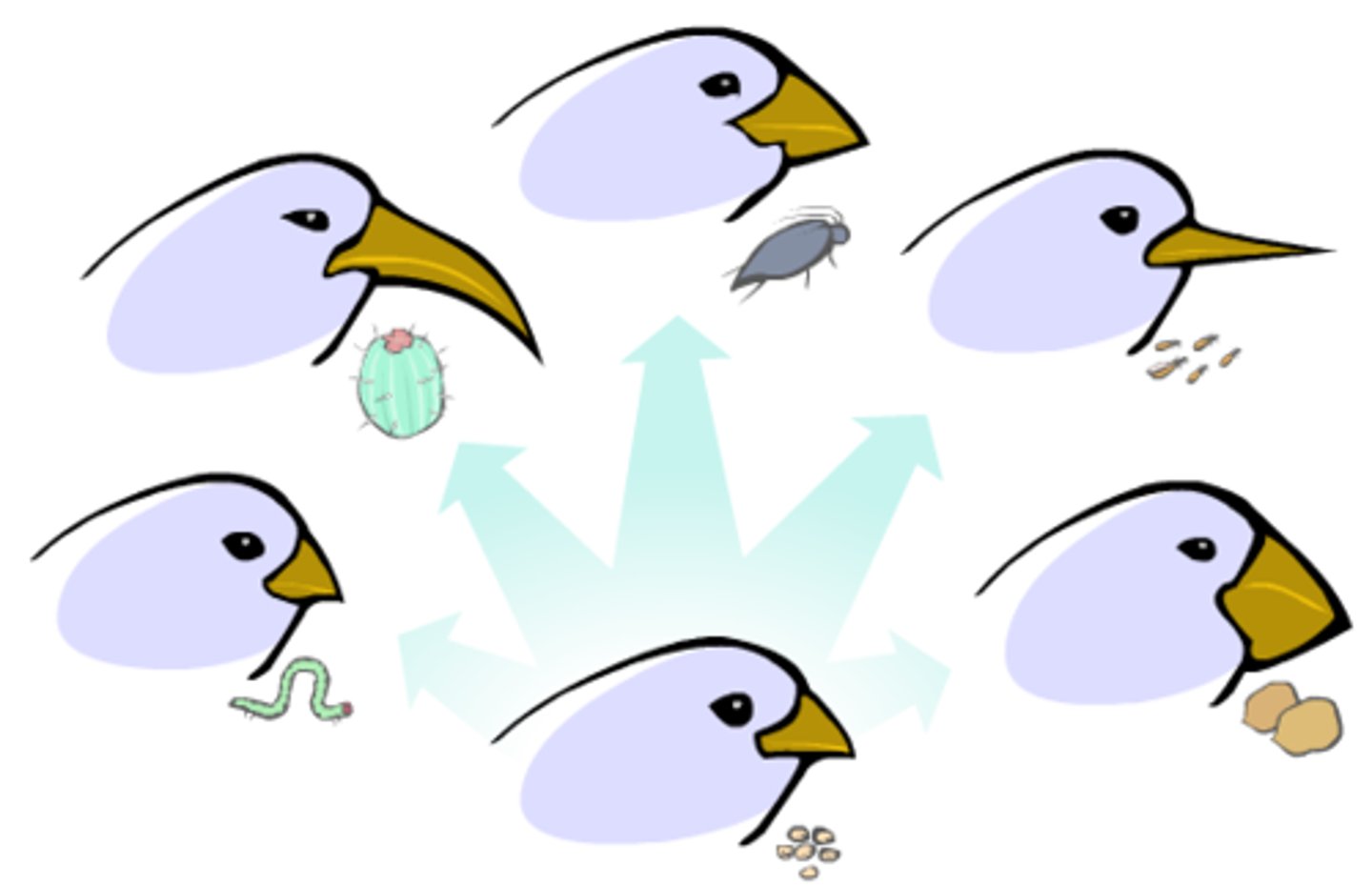
Ecological Range of Tolerance
The range of abiotic conditions which an organism can survive and reproduce. (Temperature, Environment, etc.)
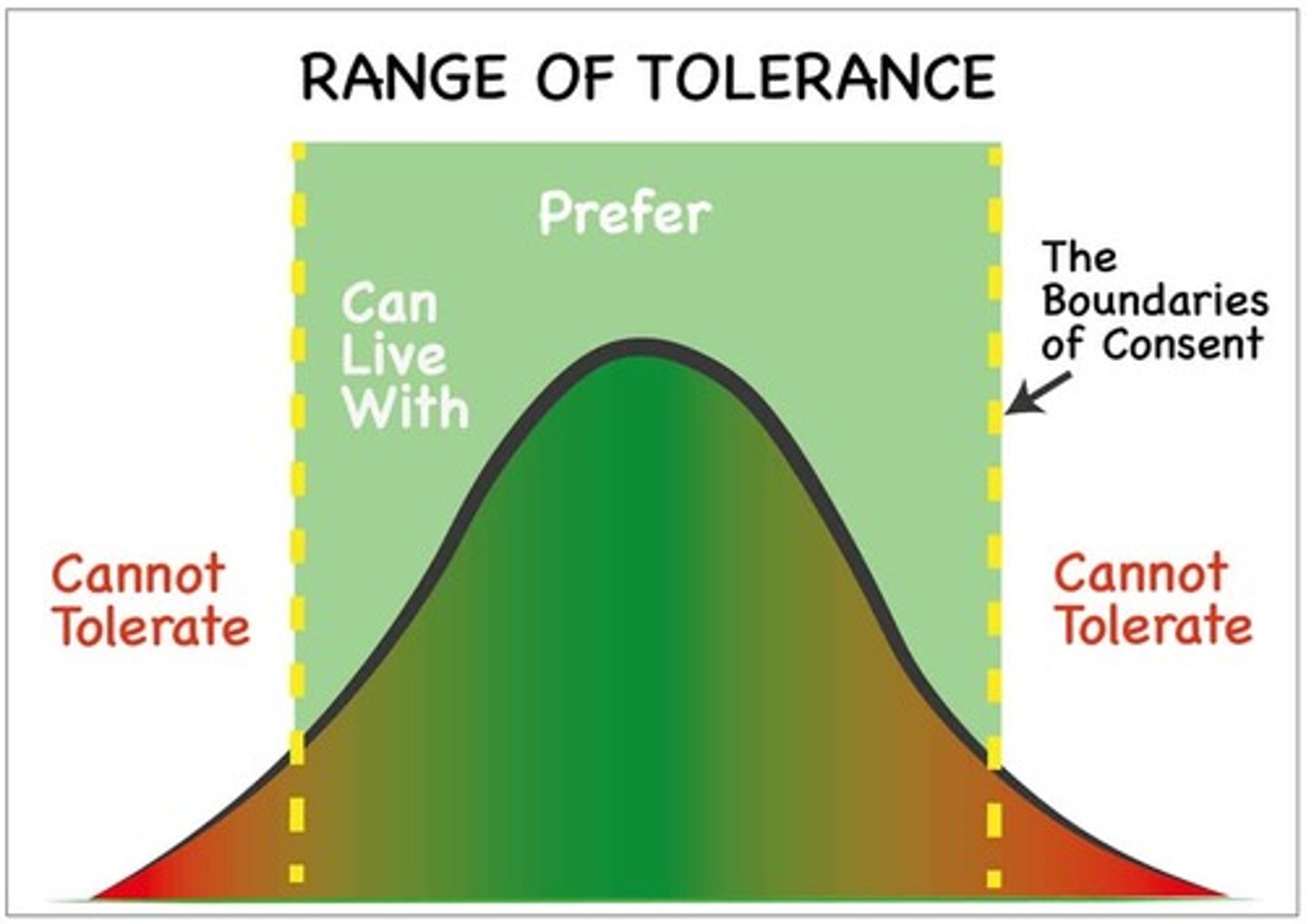
Fundamental Niche
The full potential range of the physical, chemical, and biological factors a species can use if there is no competition from other species.
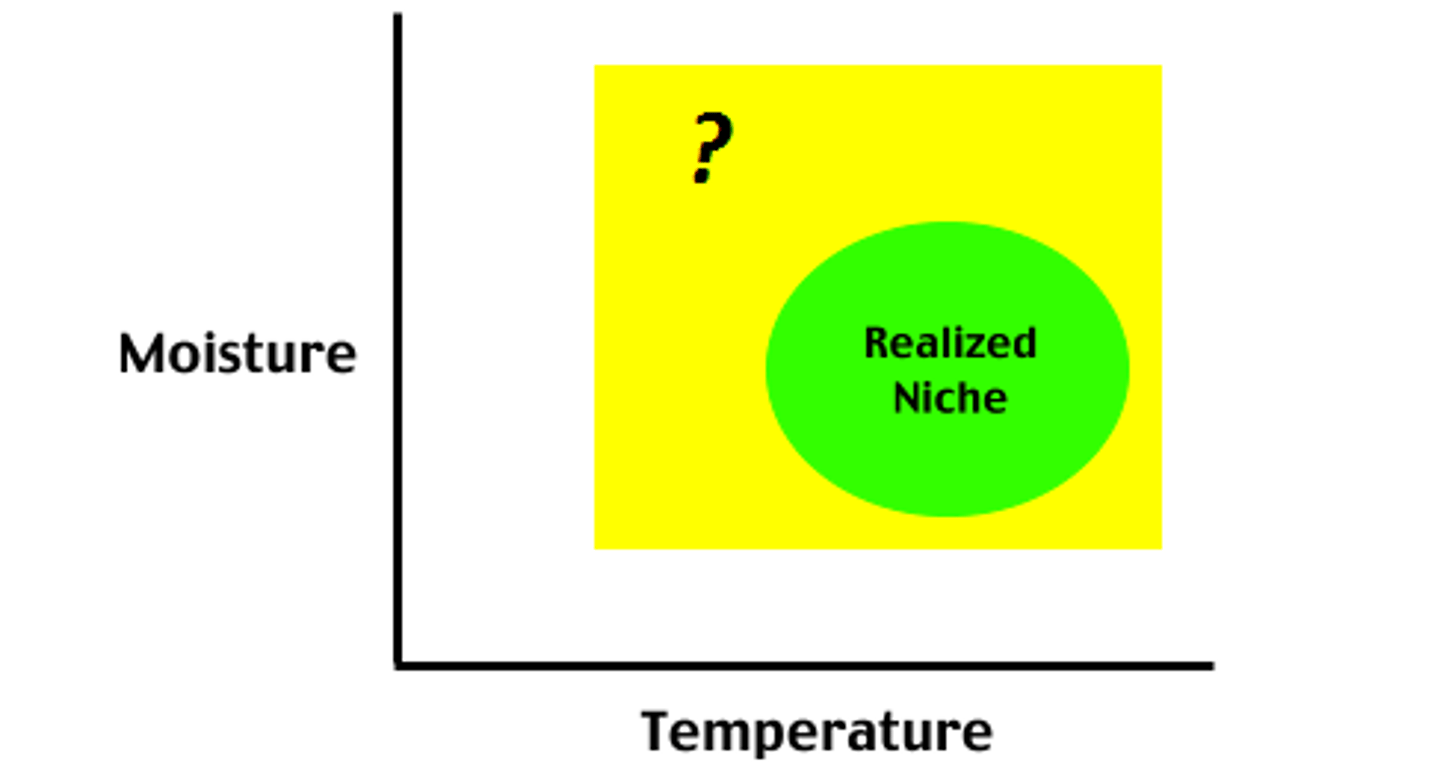
Realized Niche
Where organisms actually live and use resources to eat/use

Optimal Range
range where organisms survive, grow, and reproduce
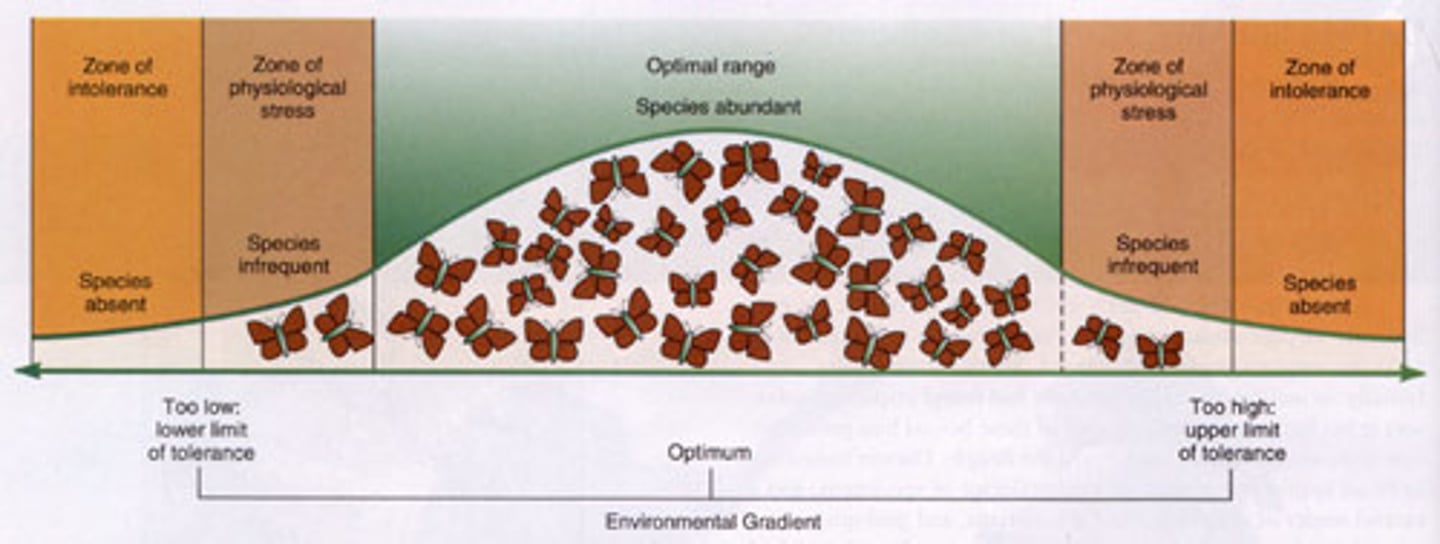
Zone of Physiological Stress
Organisms can survive but will experience stress (infertility, lack of growing population)
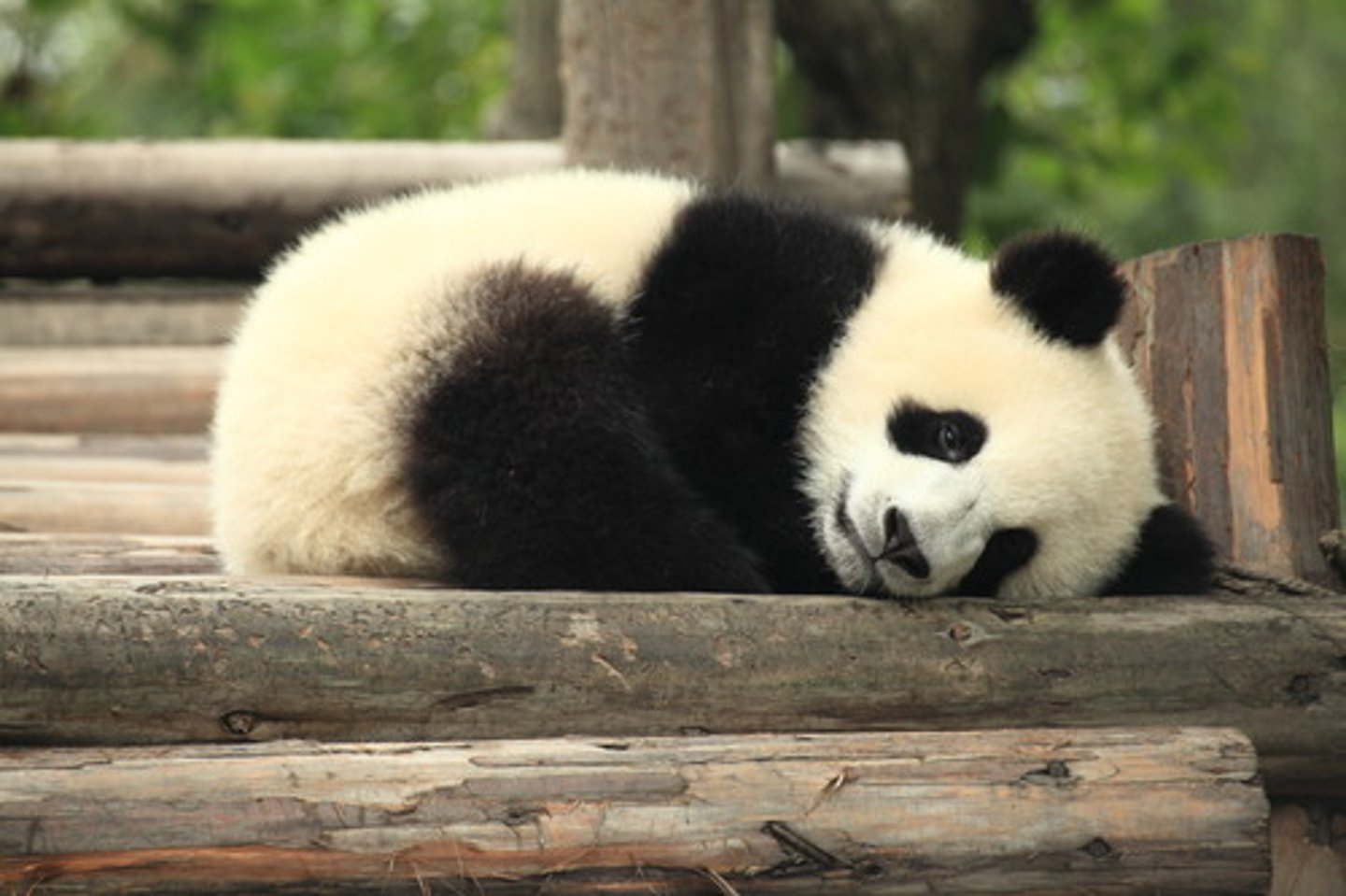
Zone of Intolerance
zone where organisms cannot survive
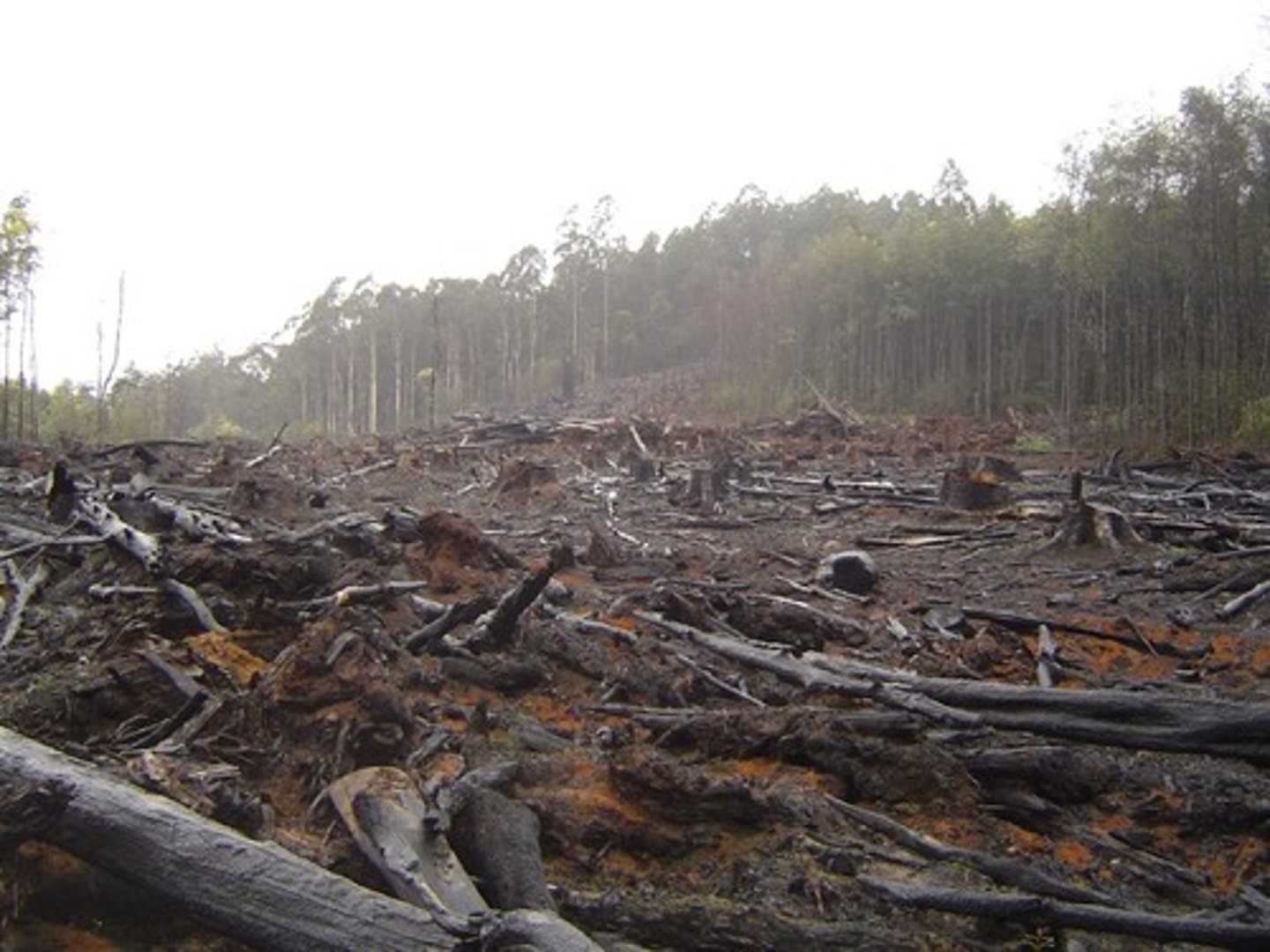
Indicator Species
Species that have little to no tolerance for pollution so they serve as a marker for an ecosystem health (you want to find them in an ecosystem)
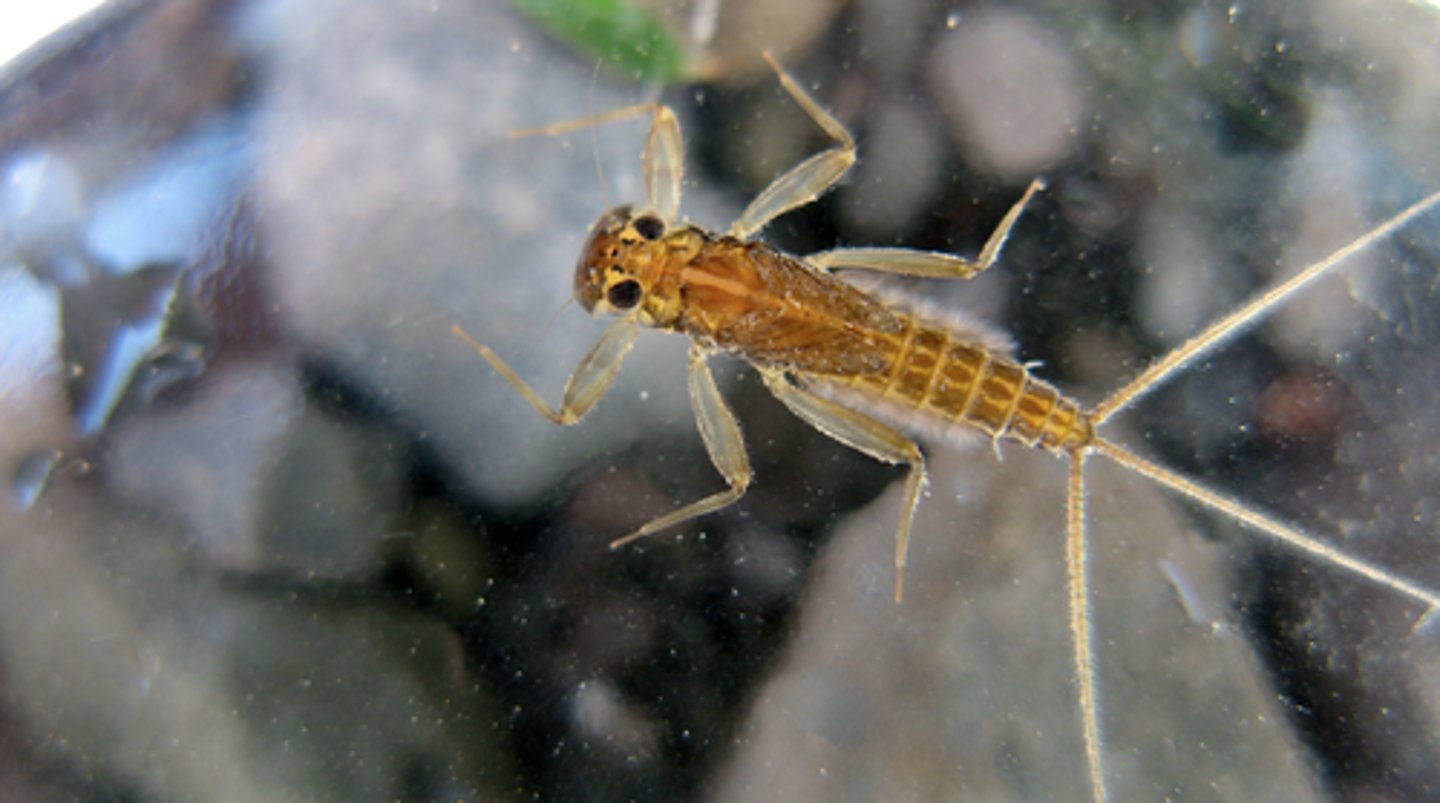
List three indicator species for AP Exam
1. Mayflies
2. Caddisflies
3. Stoneflies
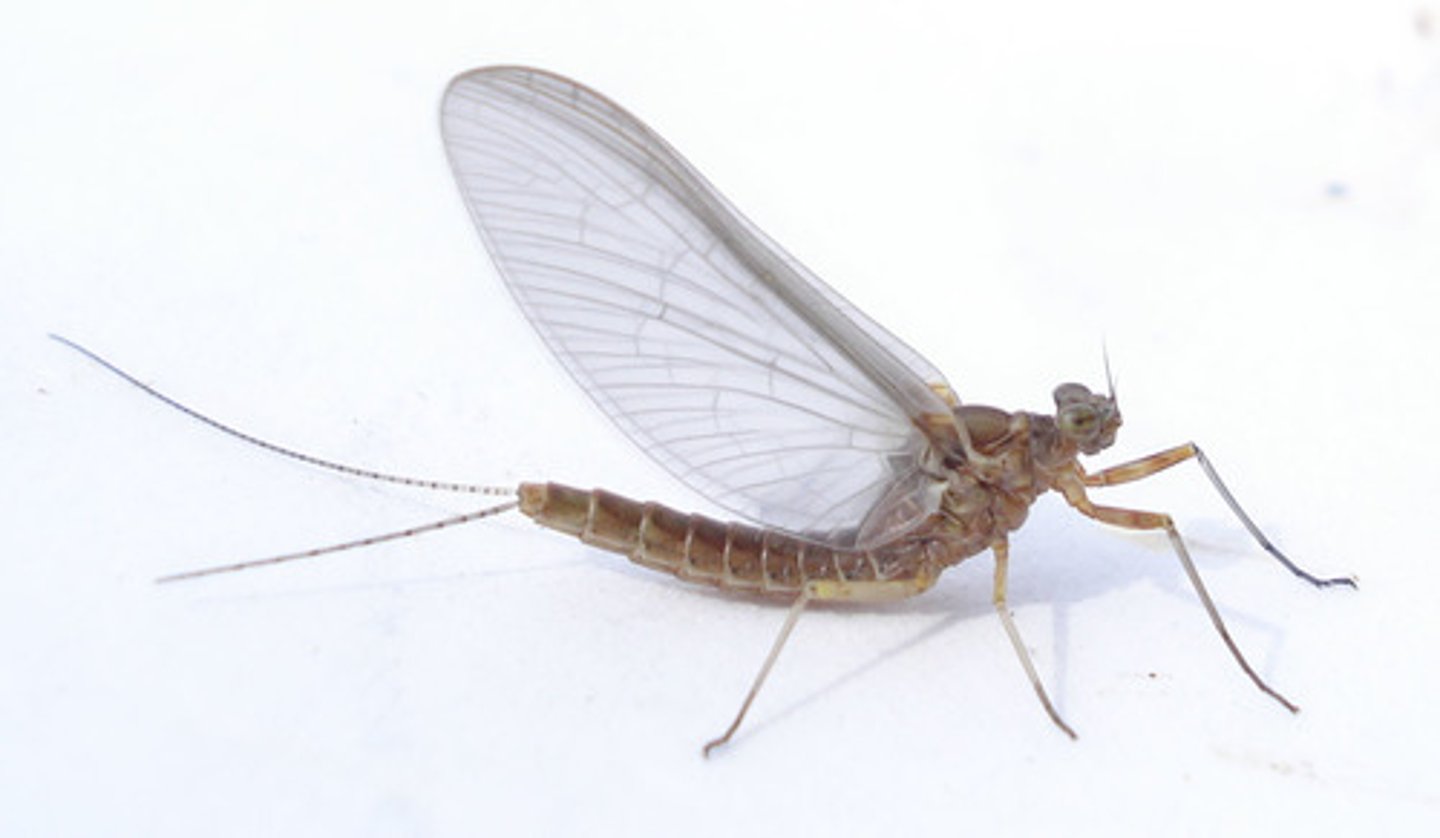
Specialist Species
narrow range of tolerance (narrow niche)
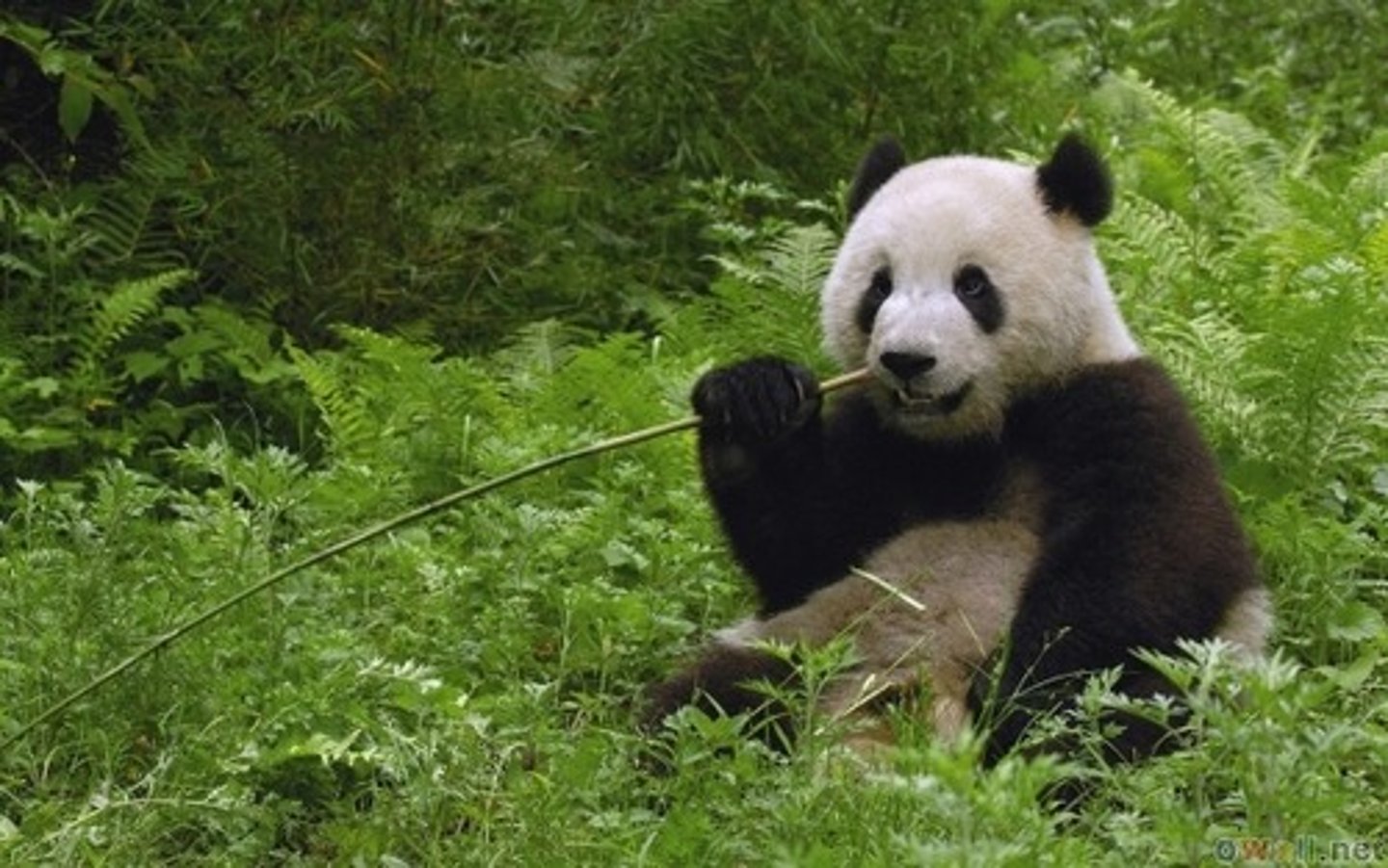
Generalist Species
Wide range of tolerance (wide niche)
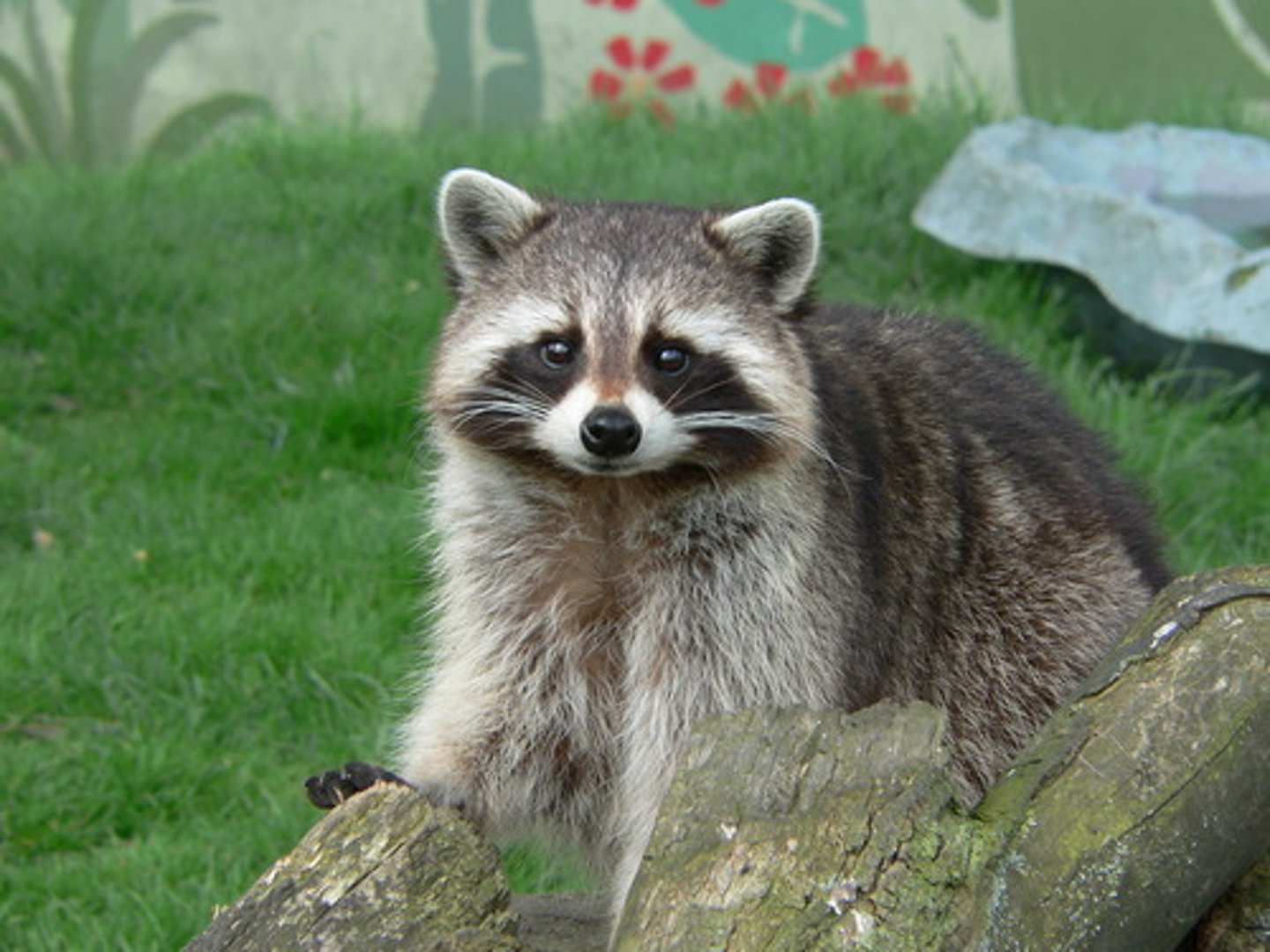
Limiting Factor
Nutrient that is found in limited amounts in an ecosystem.
- if all nutrients are found in abundance, the one that is the lowest is the limiting factor.
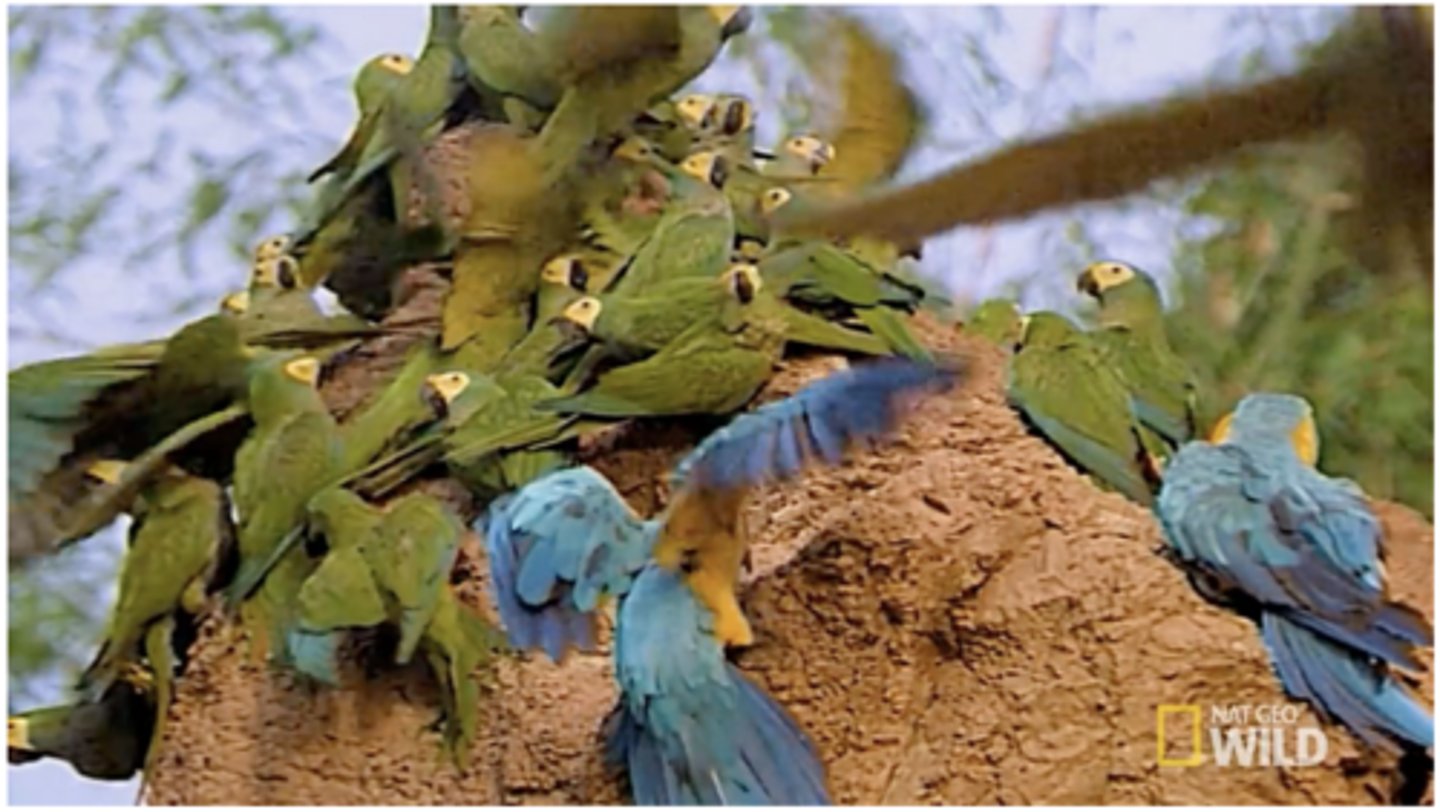
What is a limiting factor found in SOIL?
Often Nitrogen and Potassium
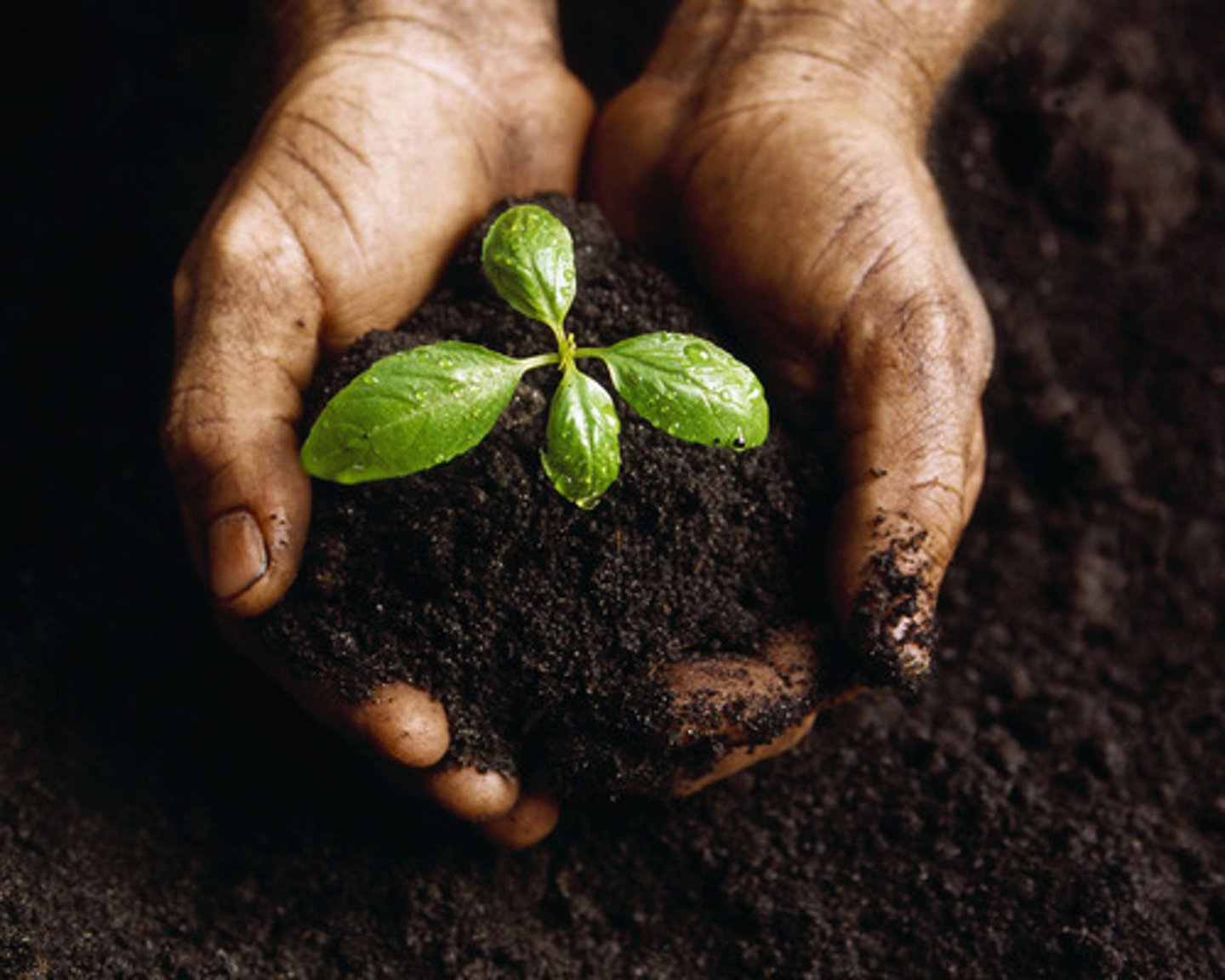
What is a limiting factor found in FRESHWATER?
Often Phosphorous
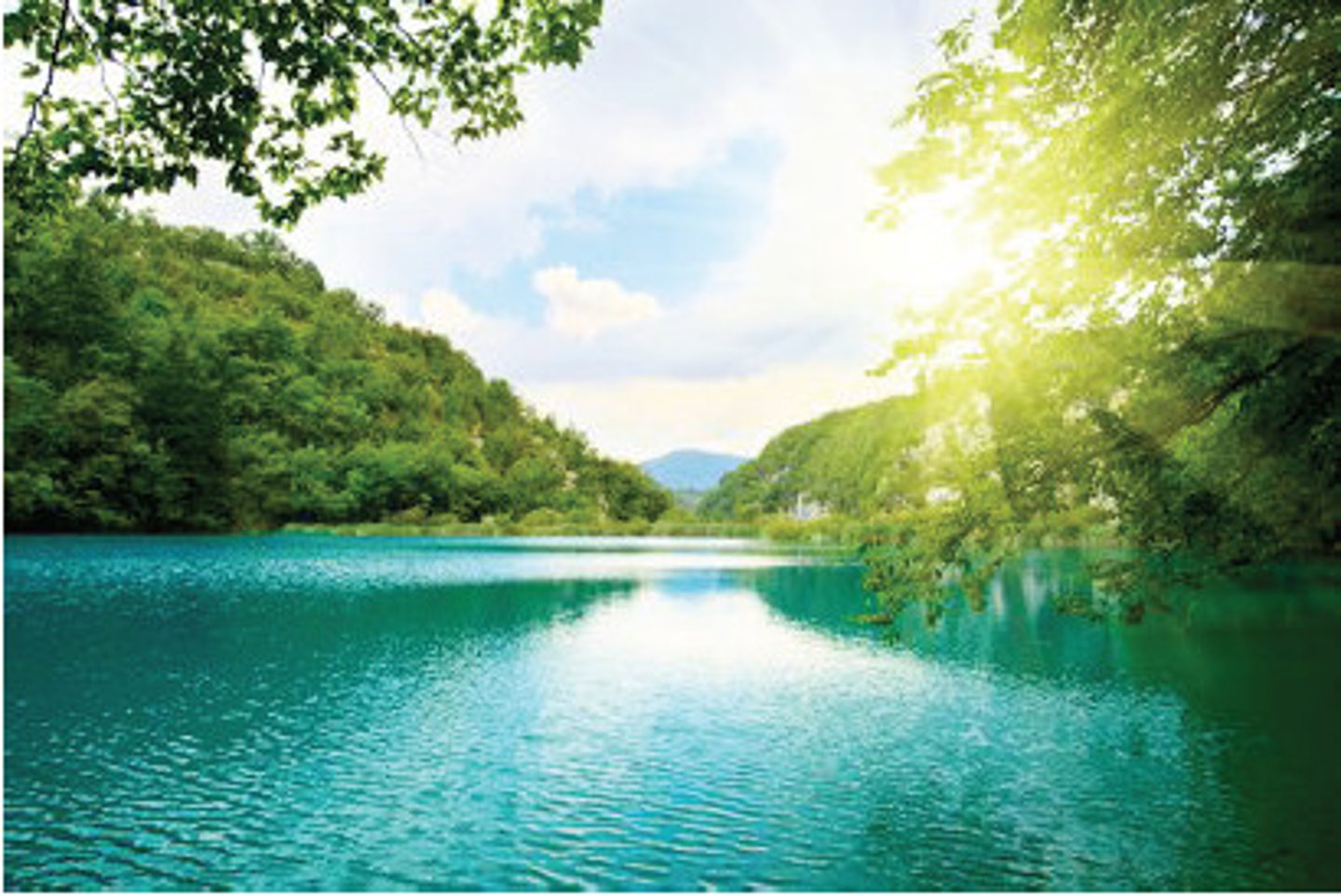
What is a limiting factor found in BAYS & ESTUARIES?
Often Salinity
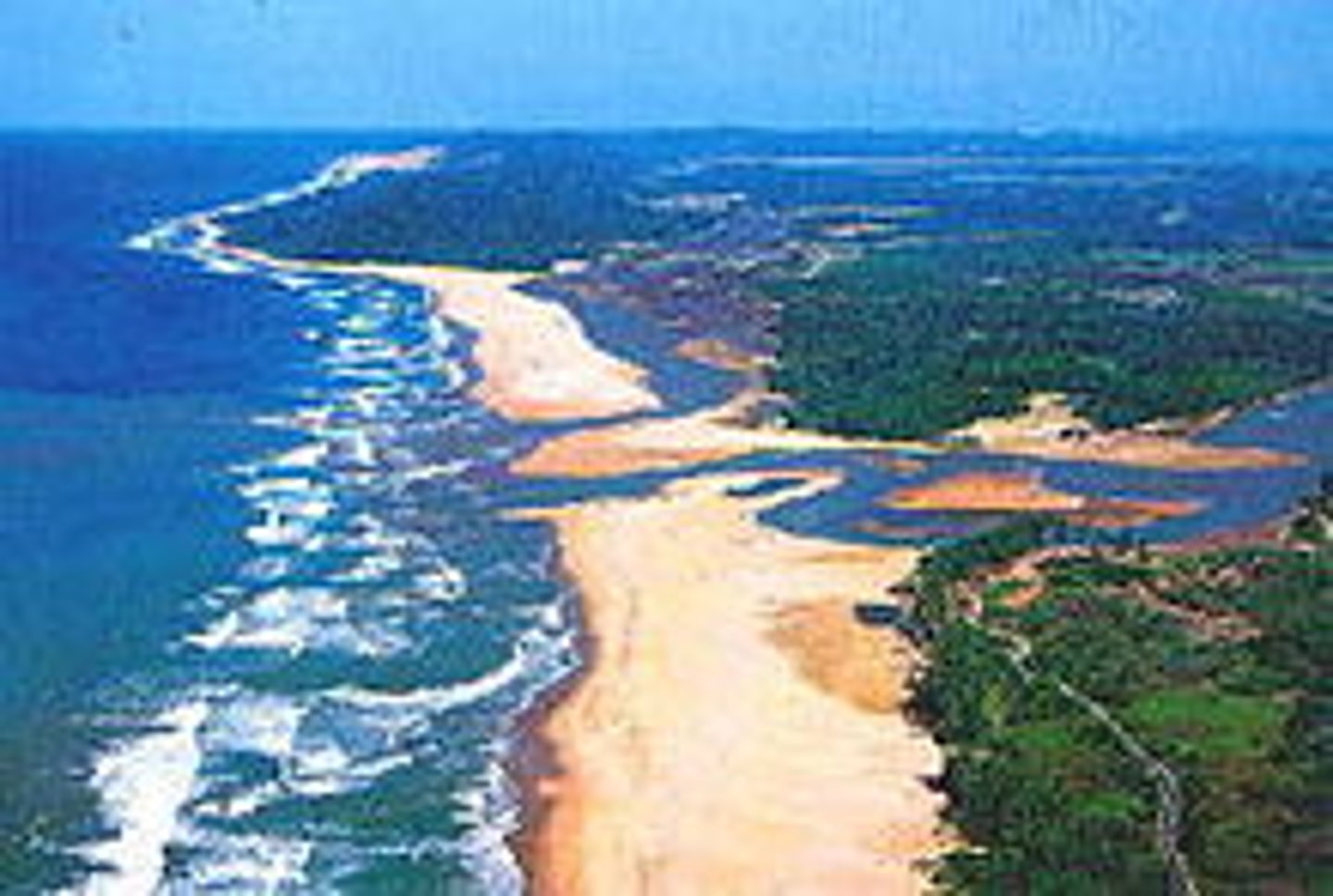
Connections of Ecological Tolerance to Planet Health
Global climate change is pushing organisms outside of their optimum range of tolerance, causing stress and death.
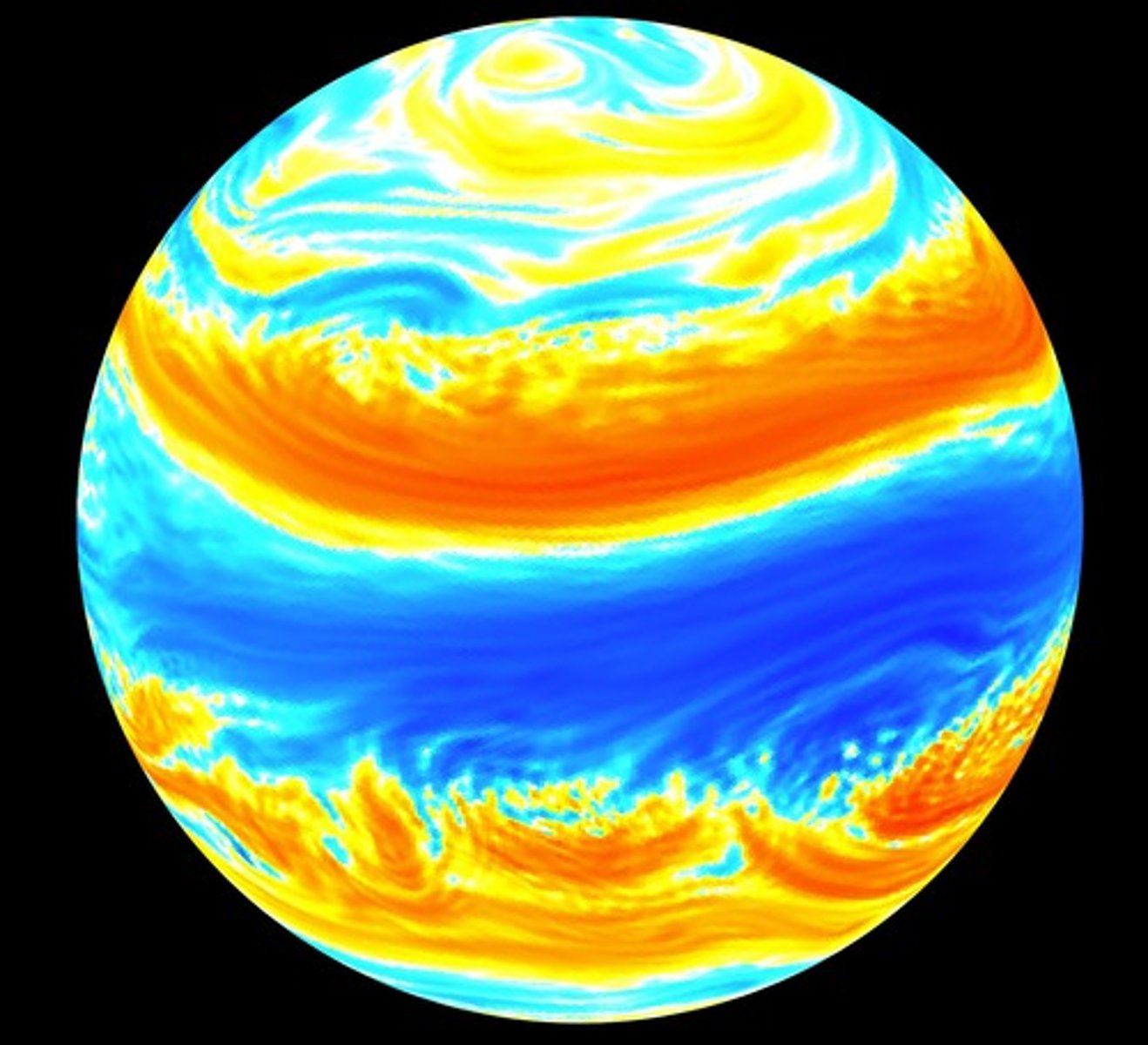
Natural Disturbance
Non-human (natural) event that disrupts the function and structure of an ecosystem.
EX: floods, avalanches, hurricanes, beetle kill, and animal burrows/wallows.
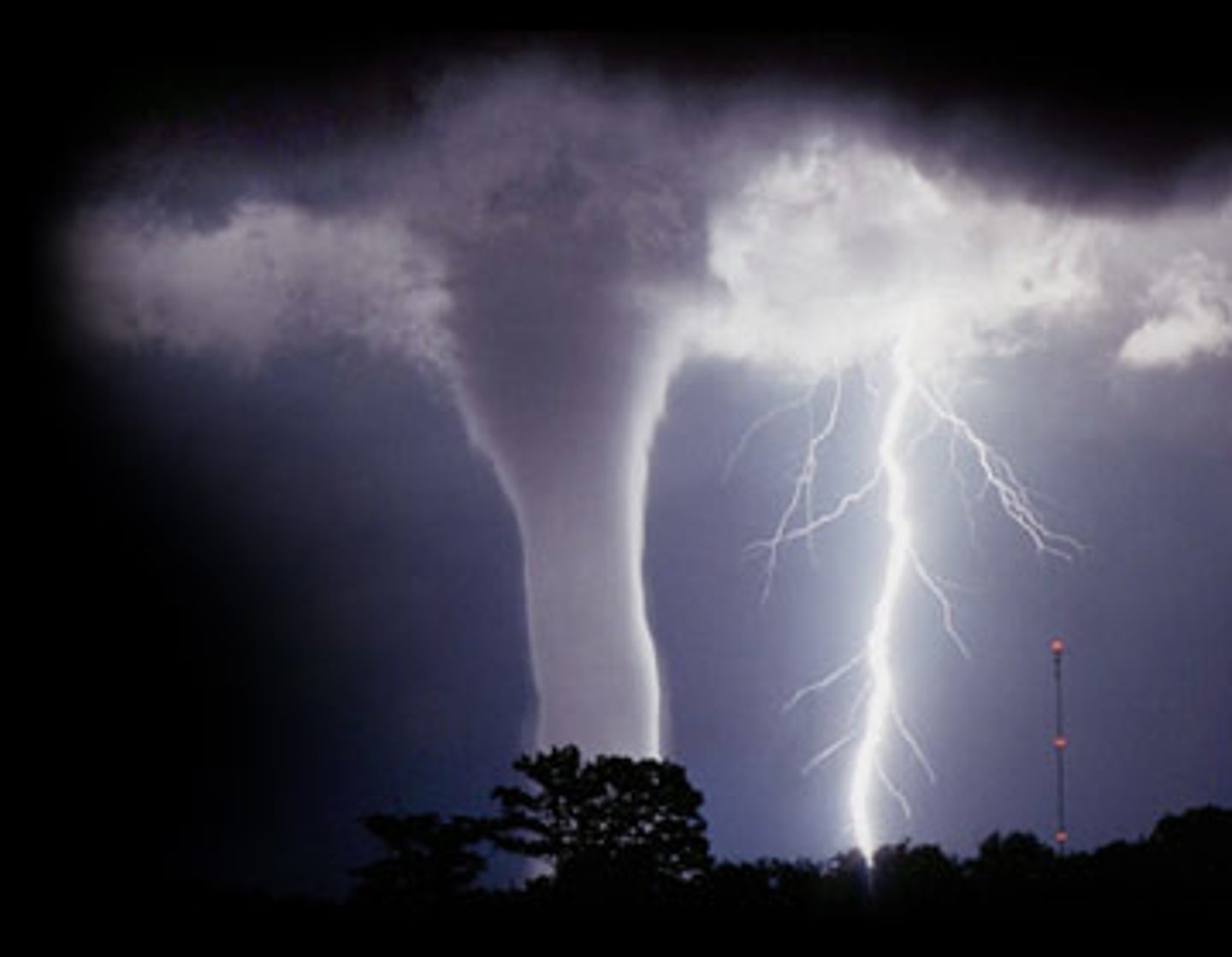
Periodic Natural Disturbance
occurs with regular frequency
(ex: wet / dry season)
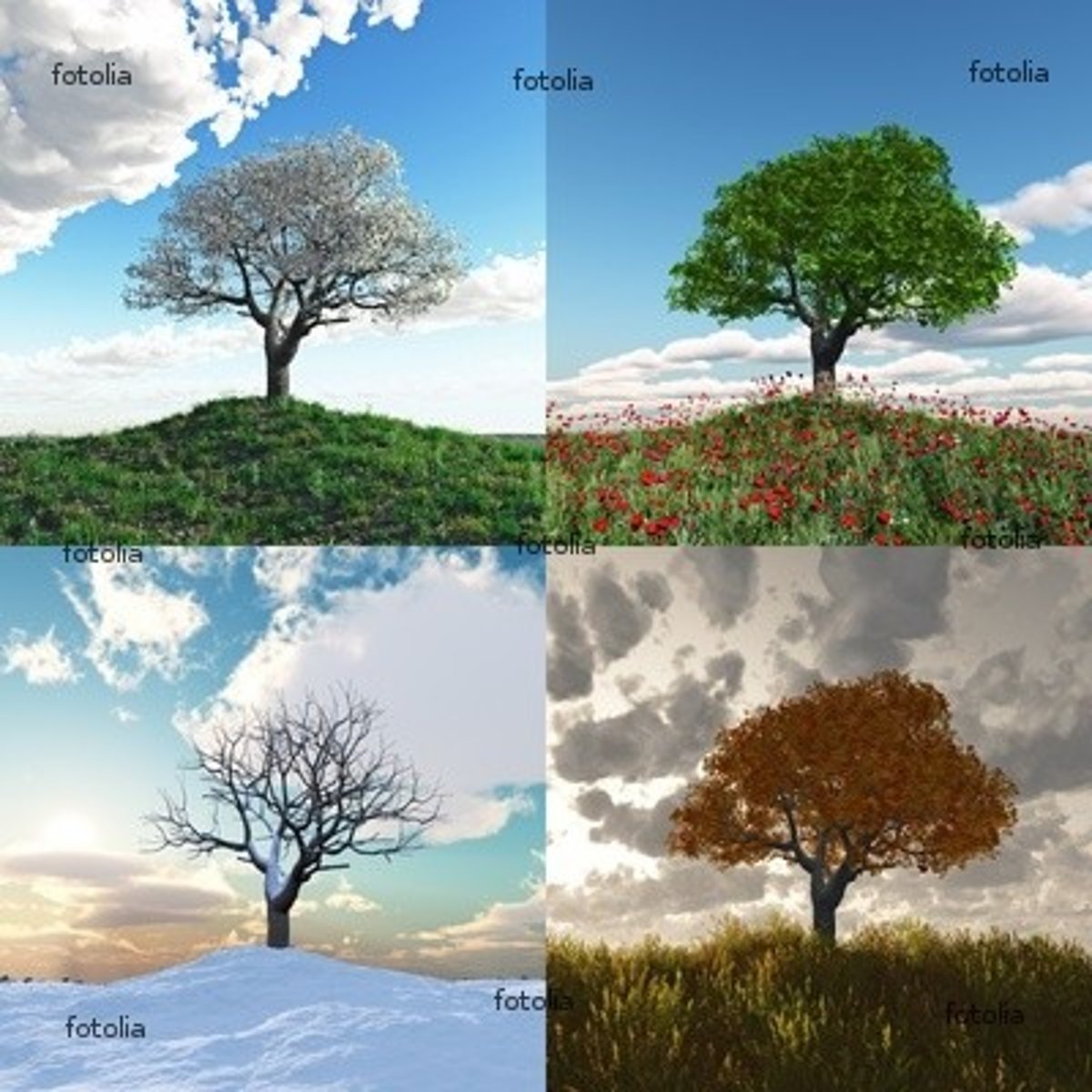
Episodic Natural Disturbance
occasional events with irregular frequency
(ex: hurricanes, droughts, fires)
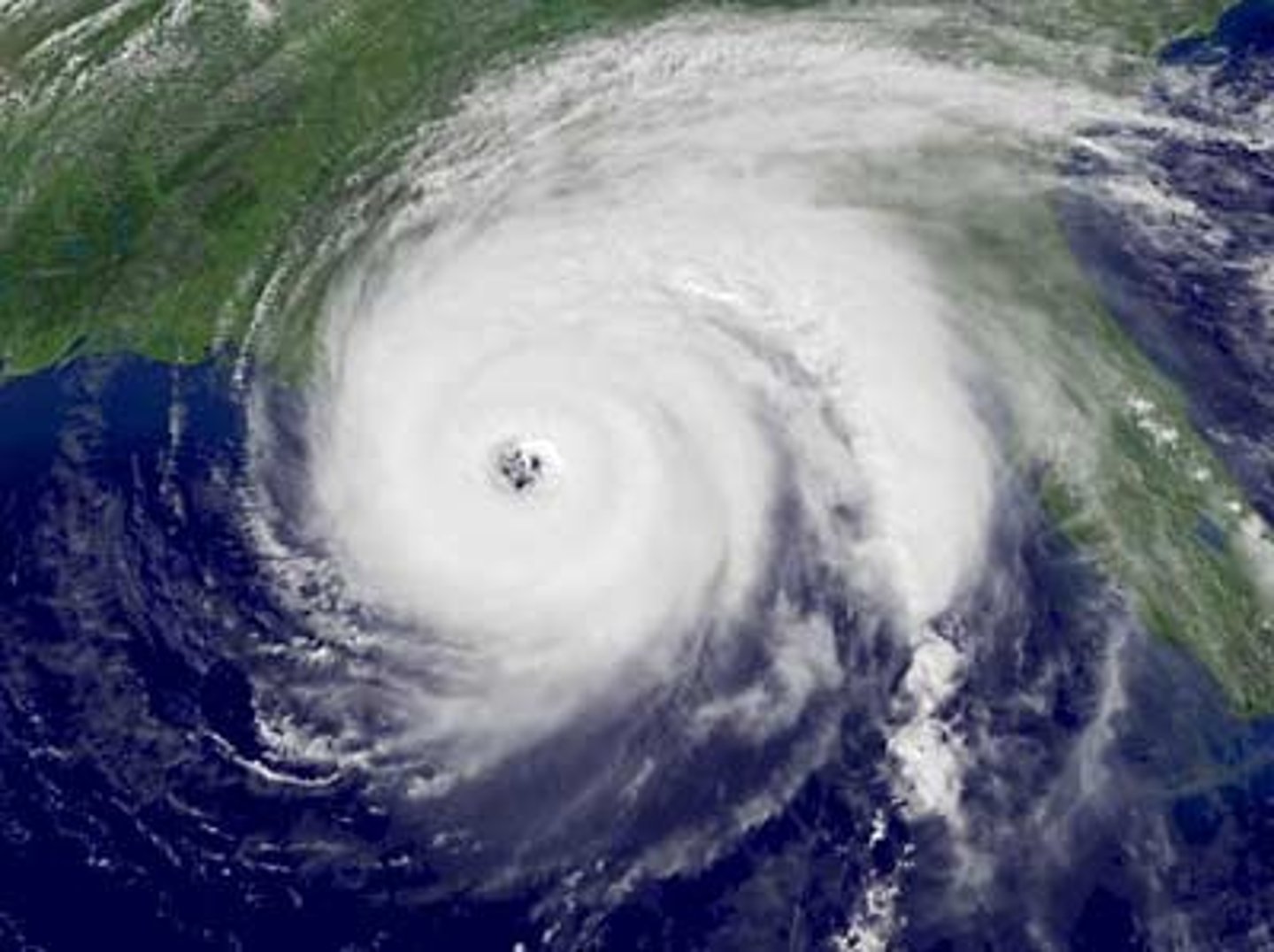
Random Natural Disturbance
no regular frequency
(ex:volcanoes, earthquakes, and asteroids)
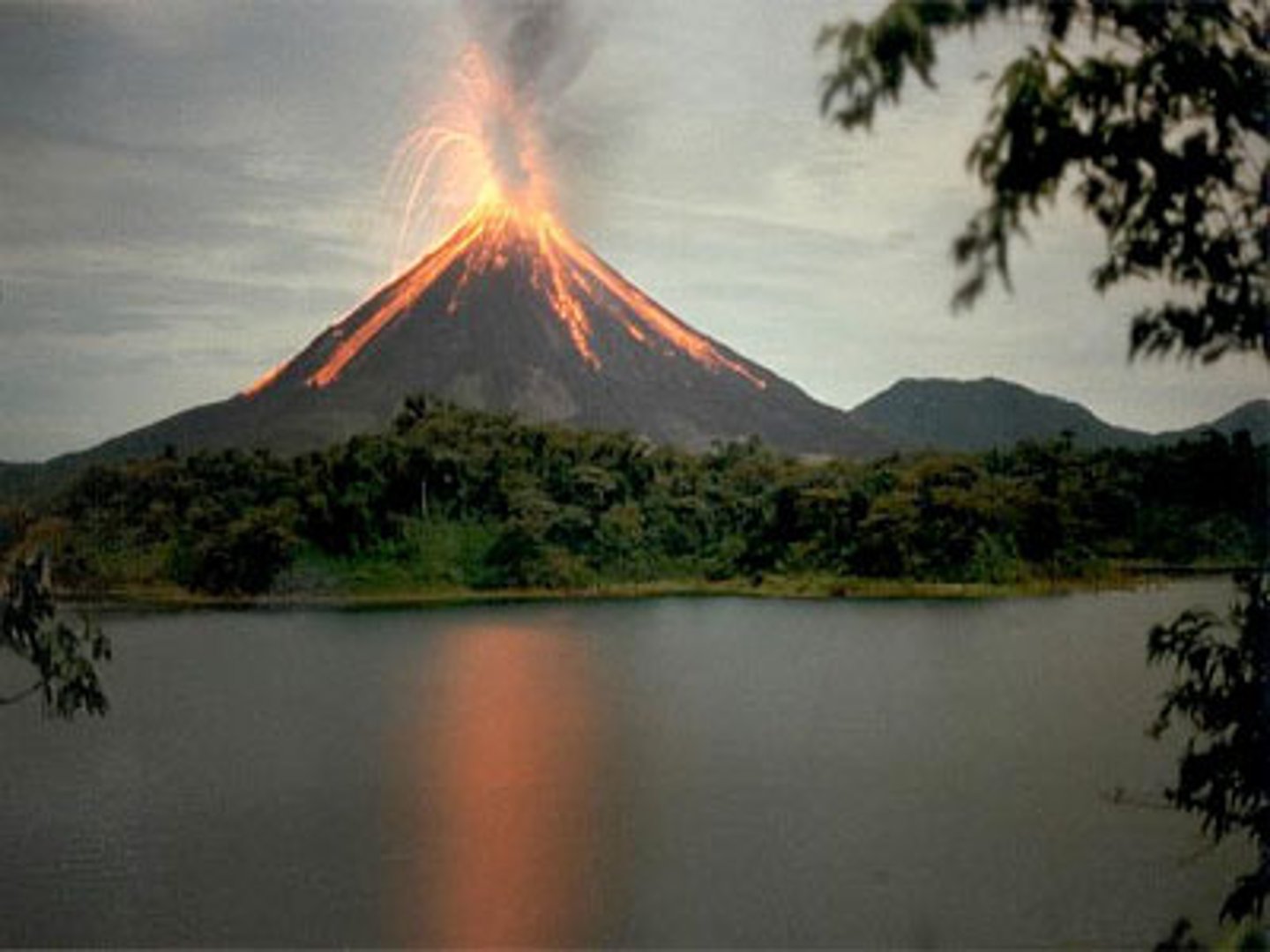
Natural Climate Change
natural fluctuations in earth's weather, including changes in temperature, wind patterns, and rainfall due to plate tectonics, ocean variations, Milankovitch cycles, and changes in solar output.
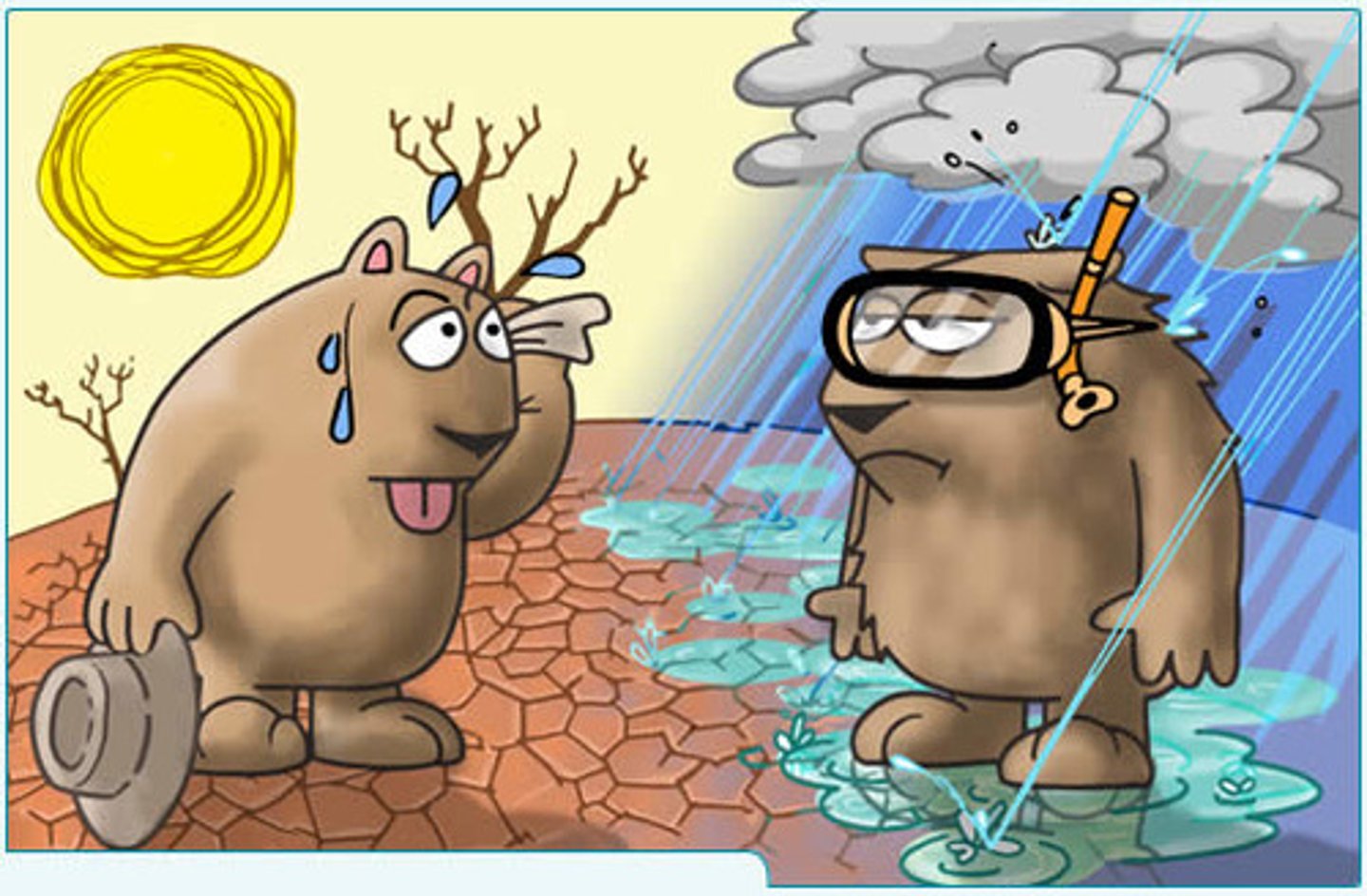
Genetic Diversity
The range of genetic material present in a gene pool or population of a species.
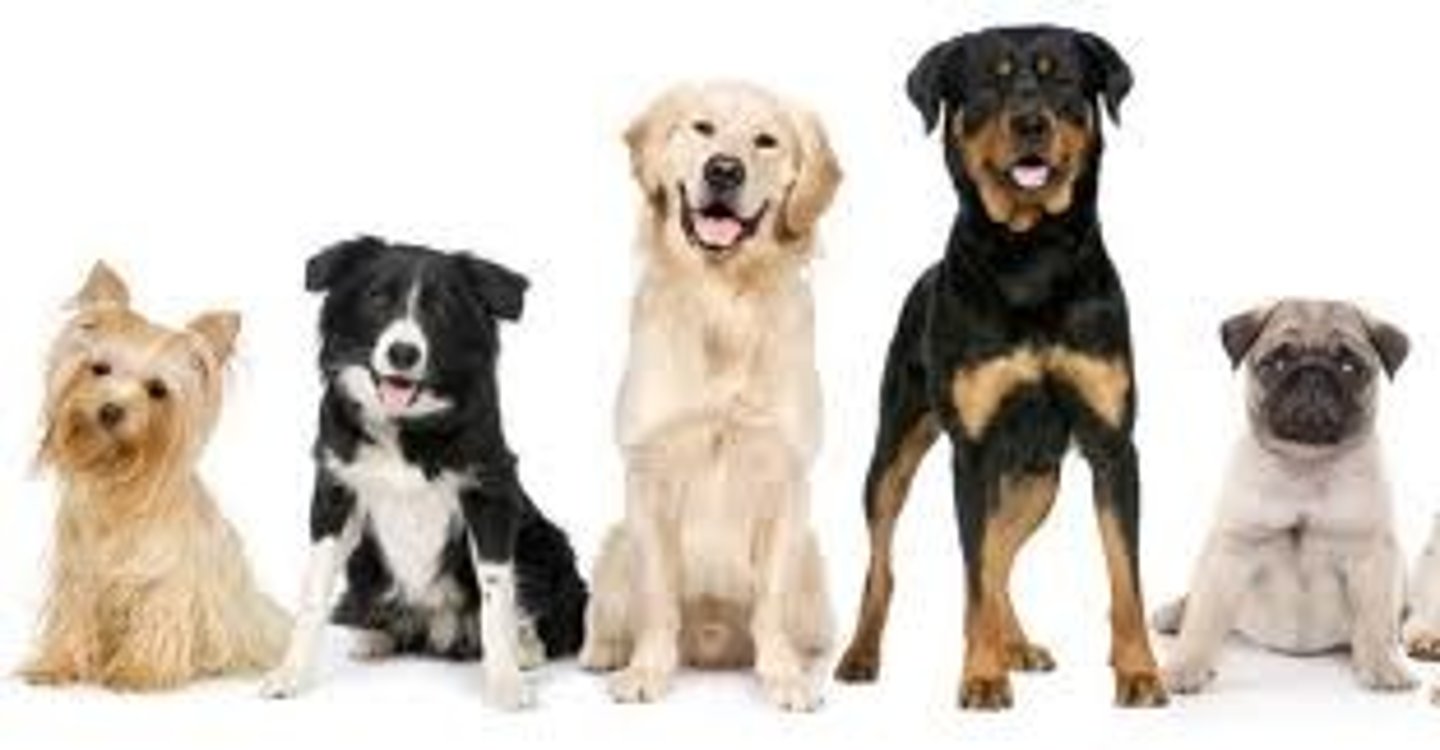
In order to have adaptation you need two things:
1. Time
2. Genetic Diversity
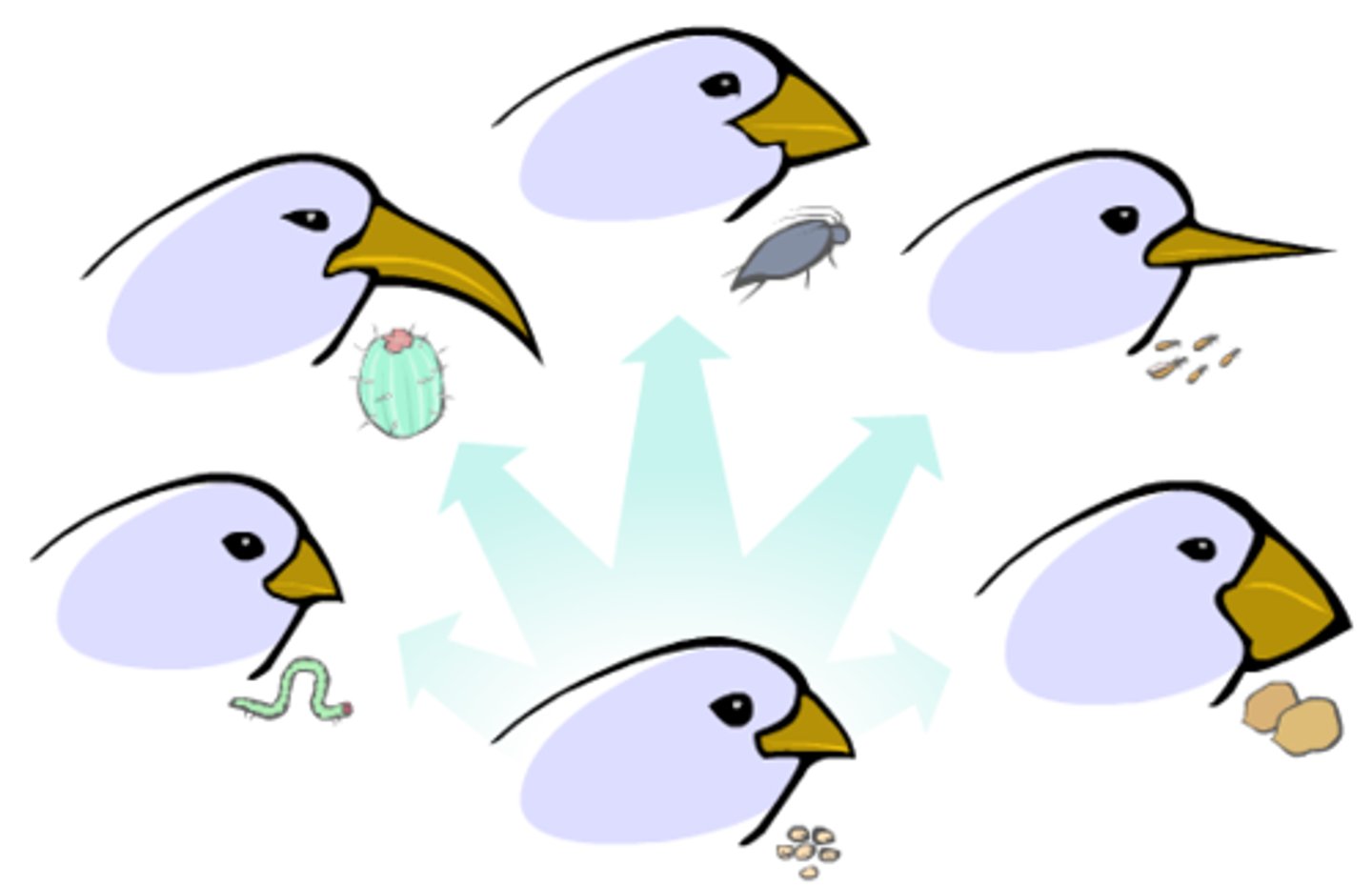
Adaptation
New trait that increases an organism's fitness level (ability to survive)
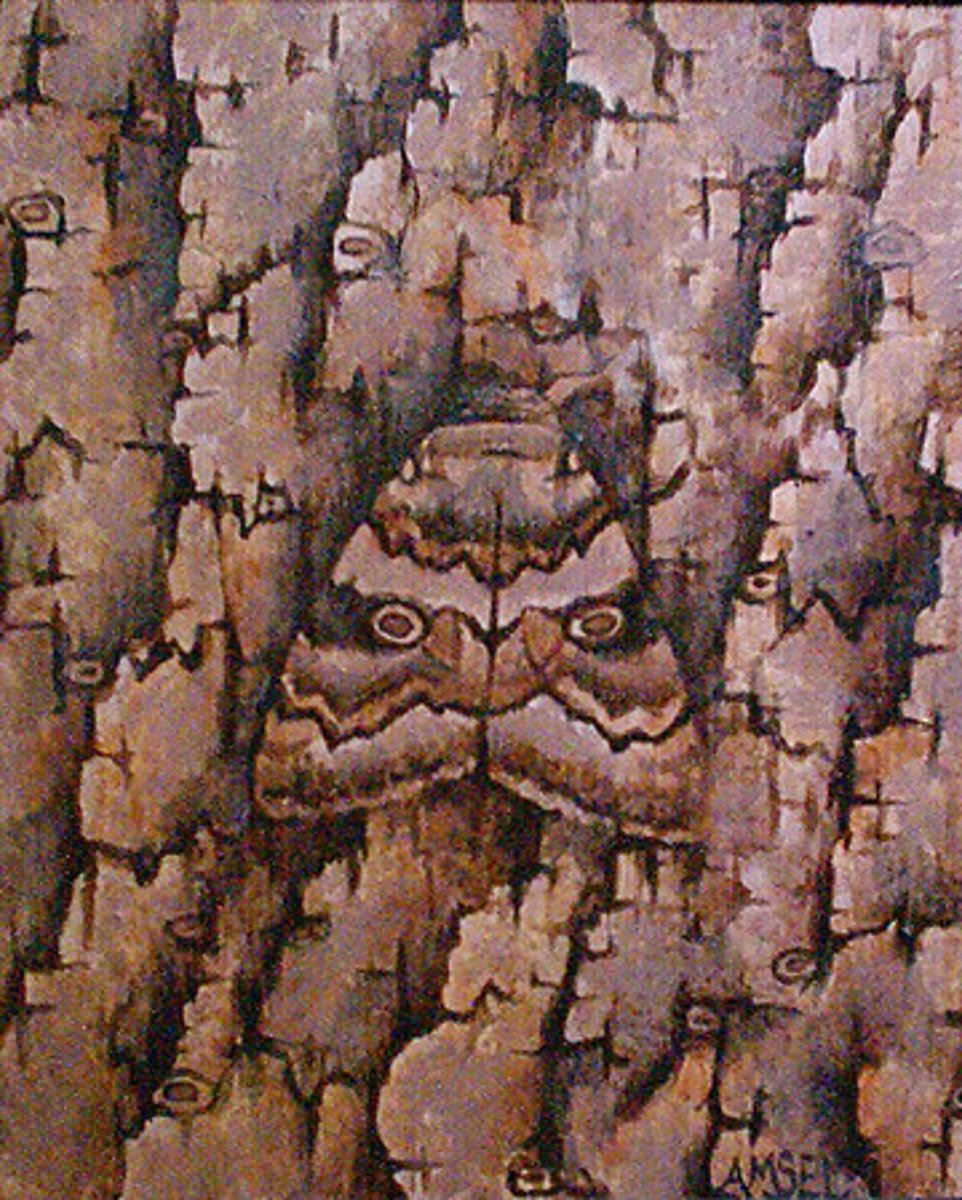
How are new traits introduced into a population?
mutations

Natural Selection
Organisms that are better adapted to their environment survive and reproduce more offspring.
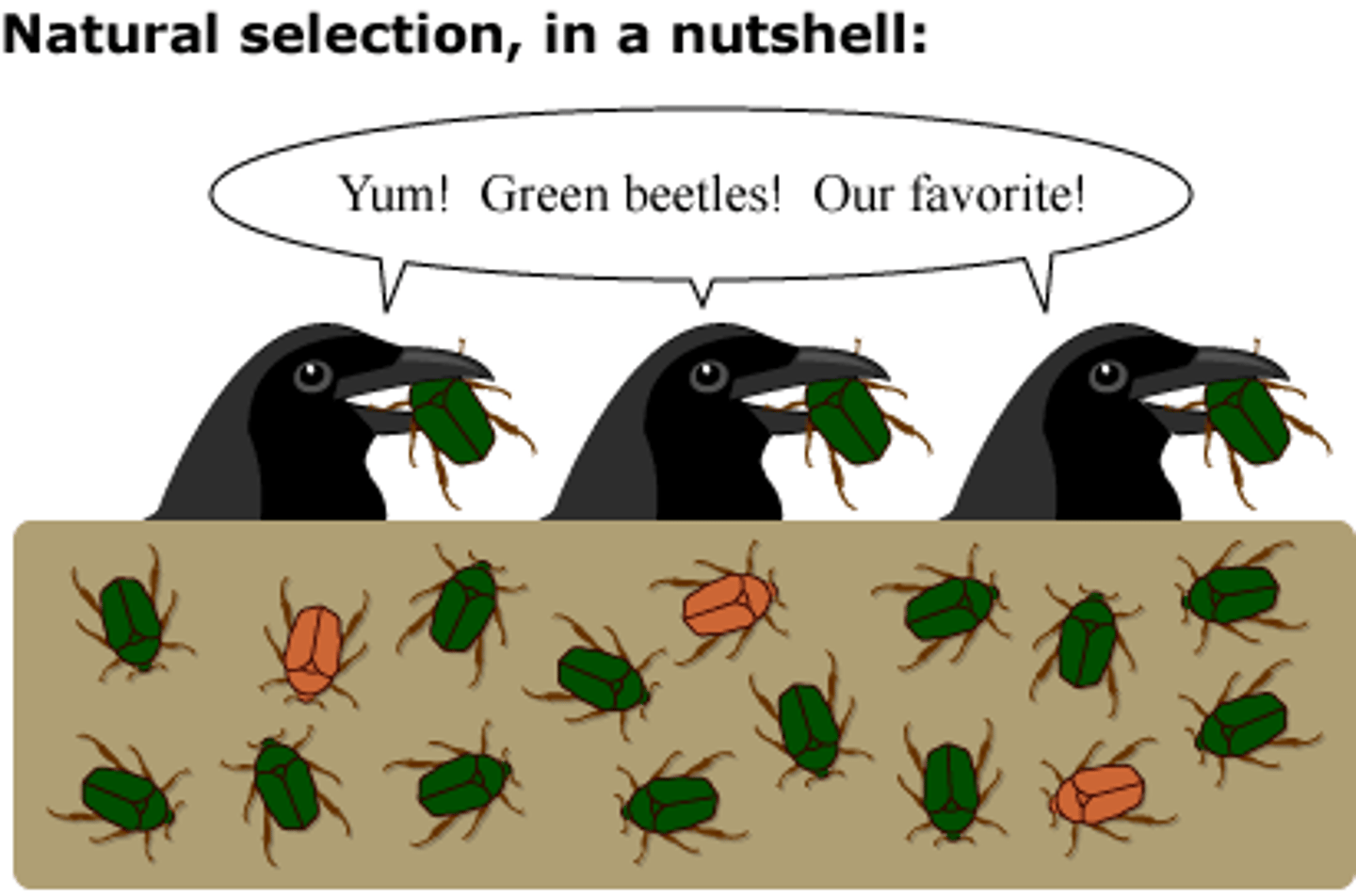
Selective Pressure/Force
The environmental condition that kills individuals without the adaptation
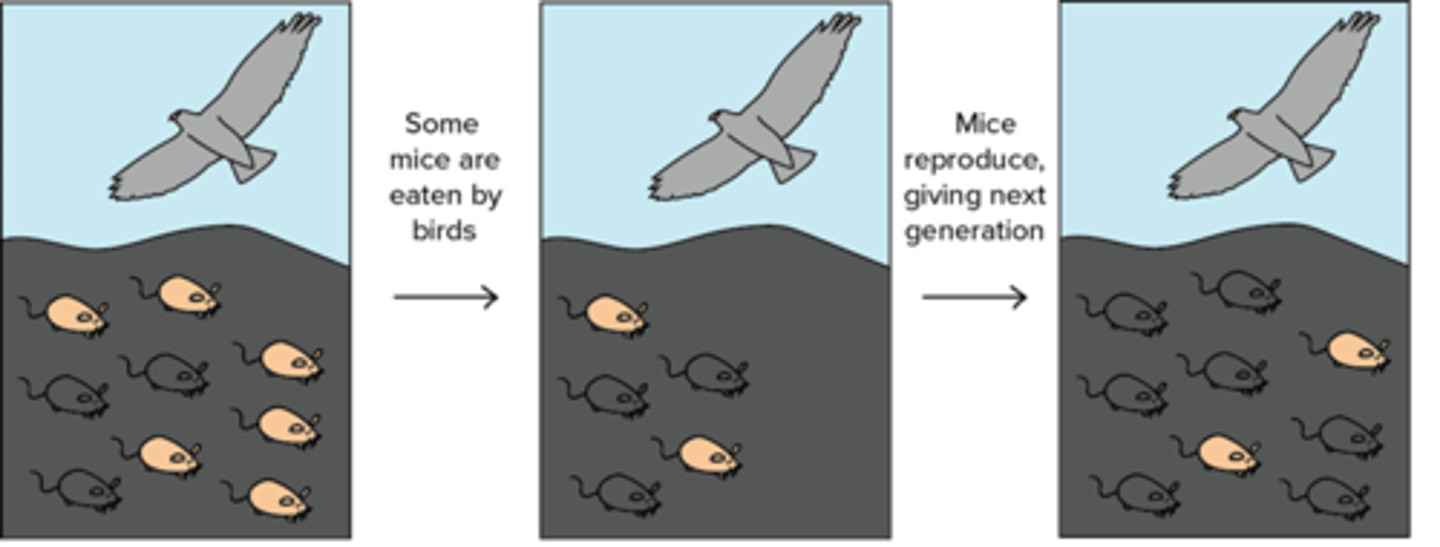
What is an example of a selective pressure/force?
The Earth warming (kills off those that can not withstand the heat)
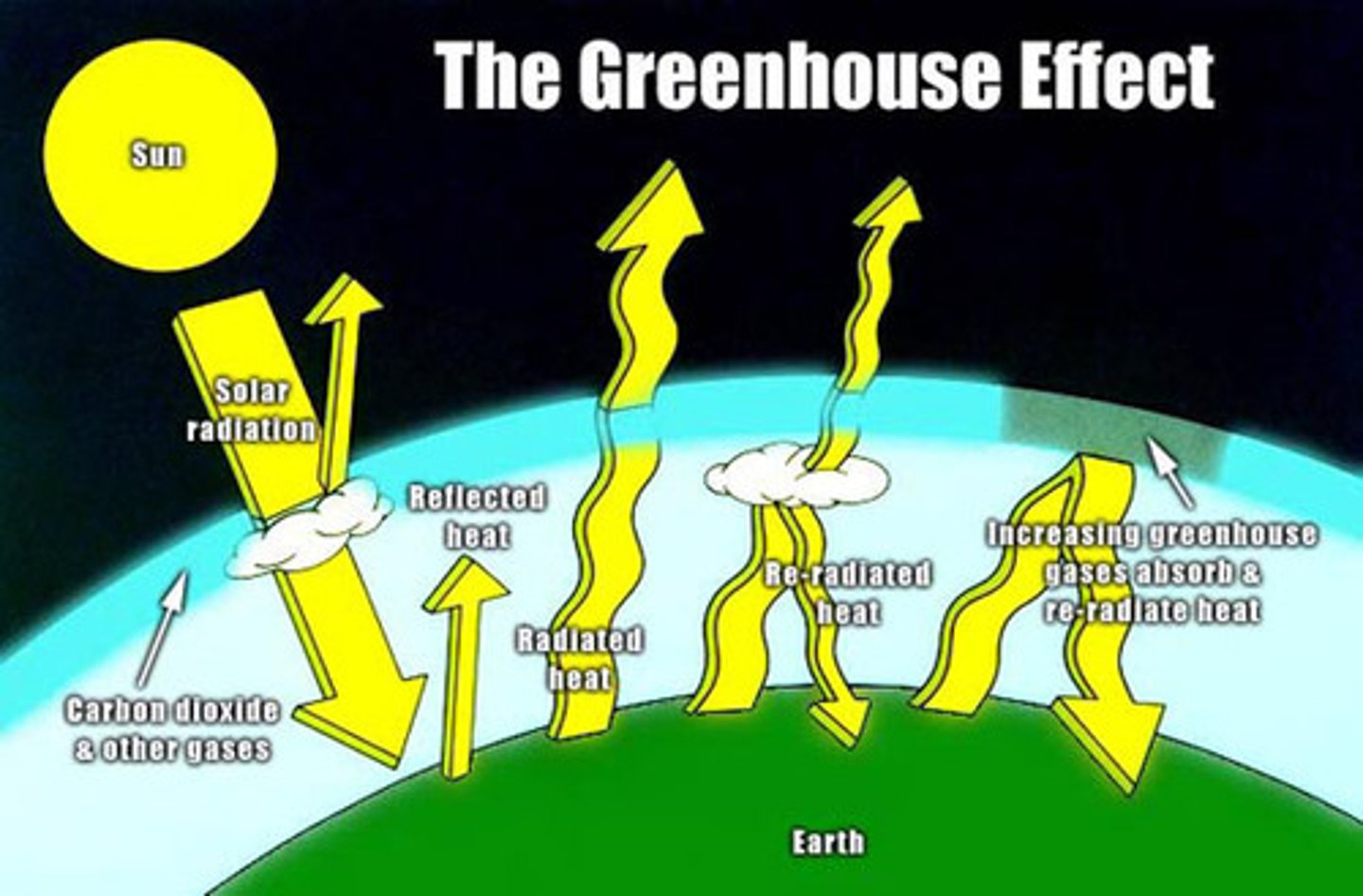
Environmental Change & Evolution
1. the environment an organism lives in determines which traits are adaptations.
2. As an environment changes, old traits become disadvantages

Pace of Evolution
The more rapidly an environment changes, the less likely a species in the environment will be to adapt to those changes
- the more genetic diversity in a population, the better they're able to adapt to environmental change.
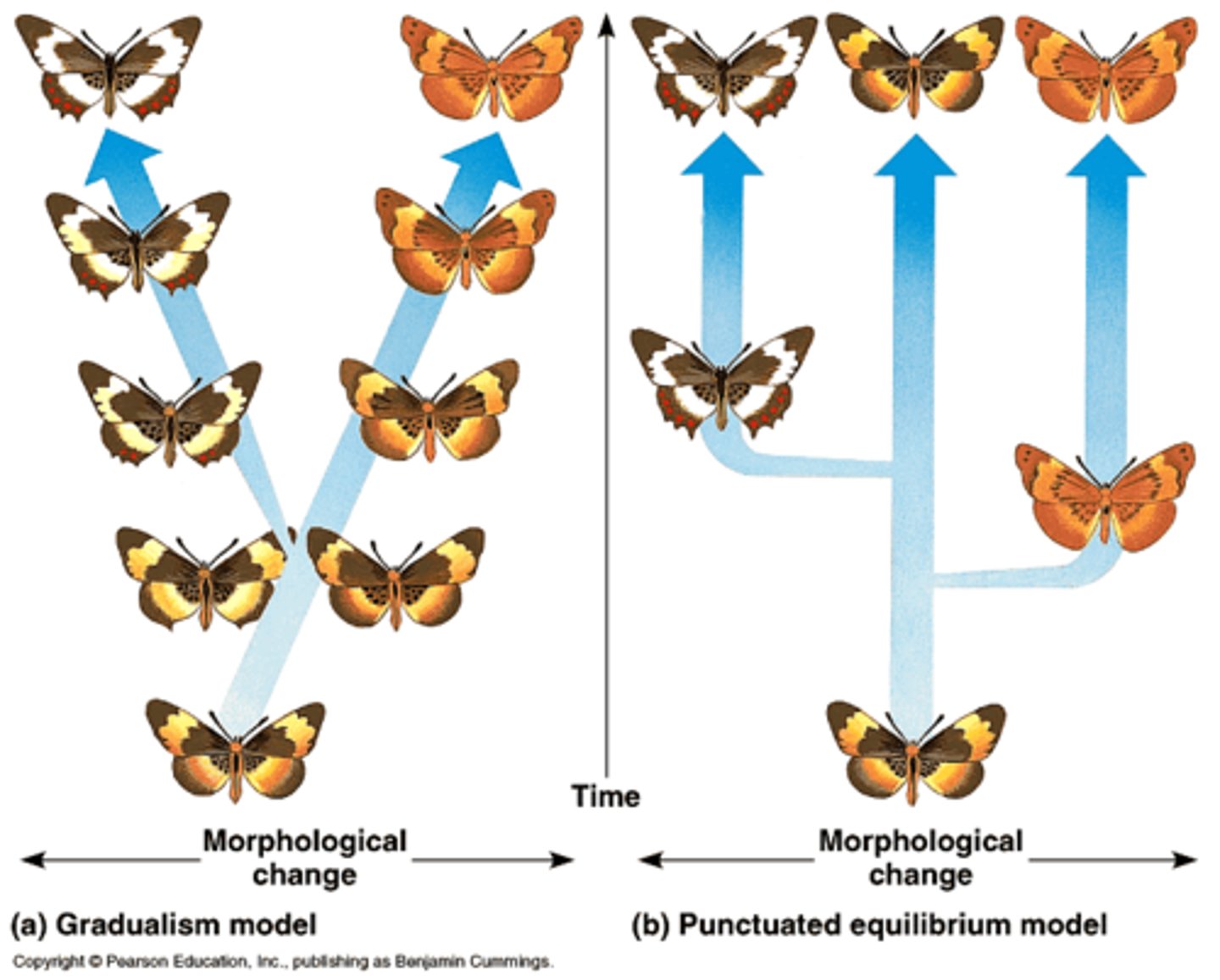
The longer the lifespan of the organism...
the slower the rate of evolution
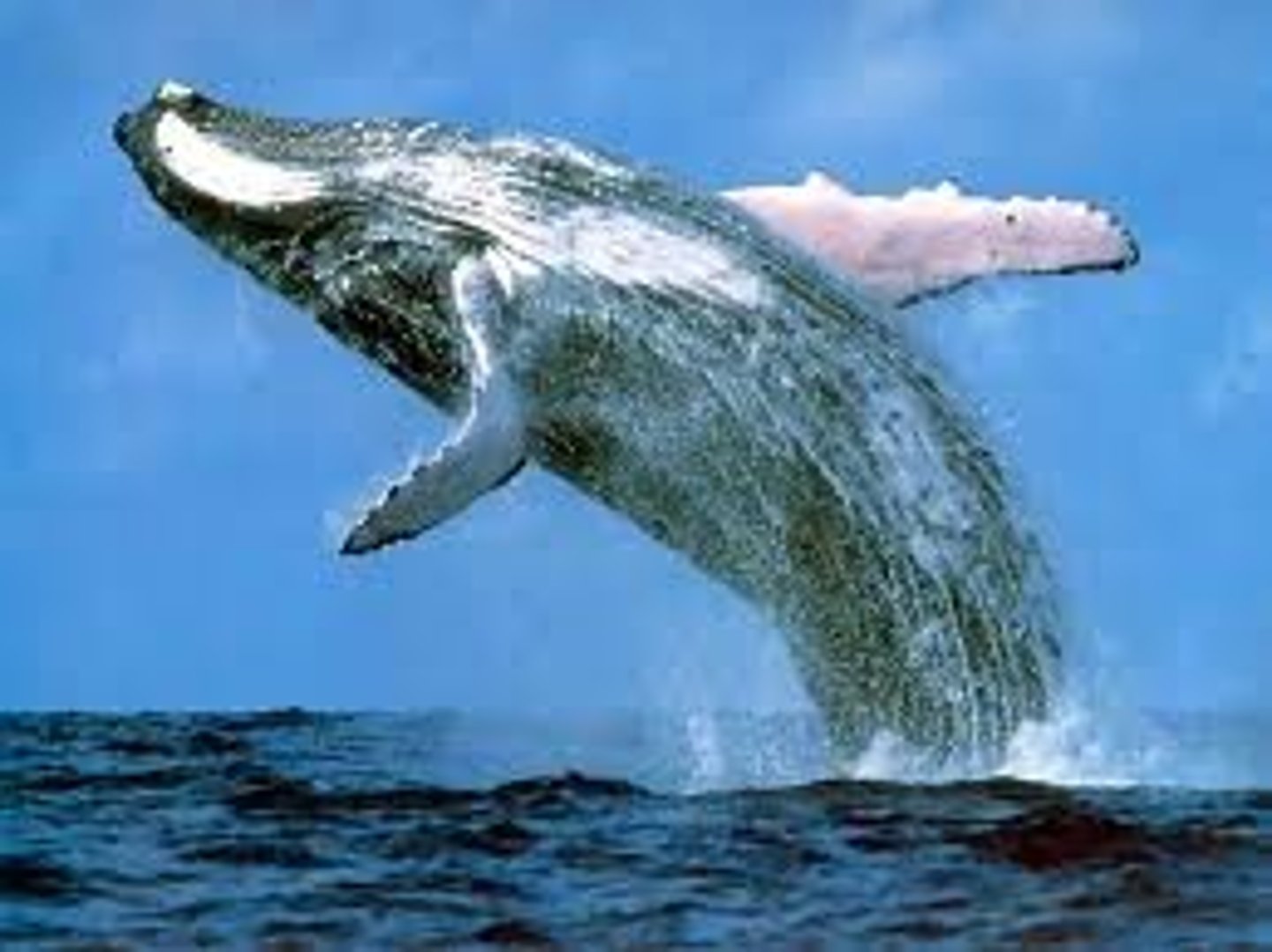
The larger the population of a species...
the slower the rate of evolution
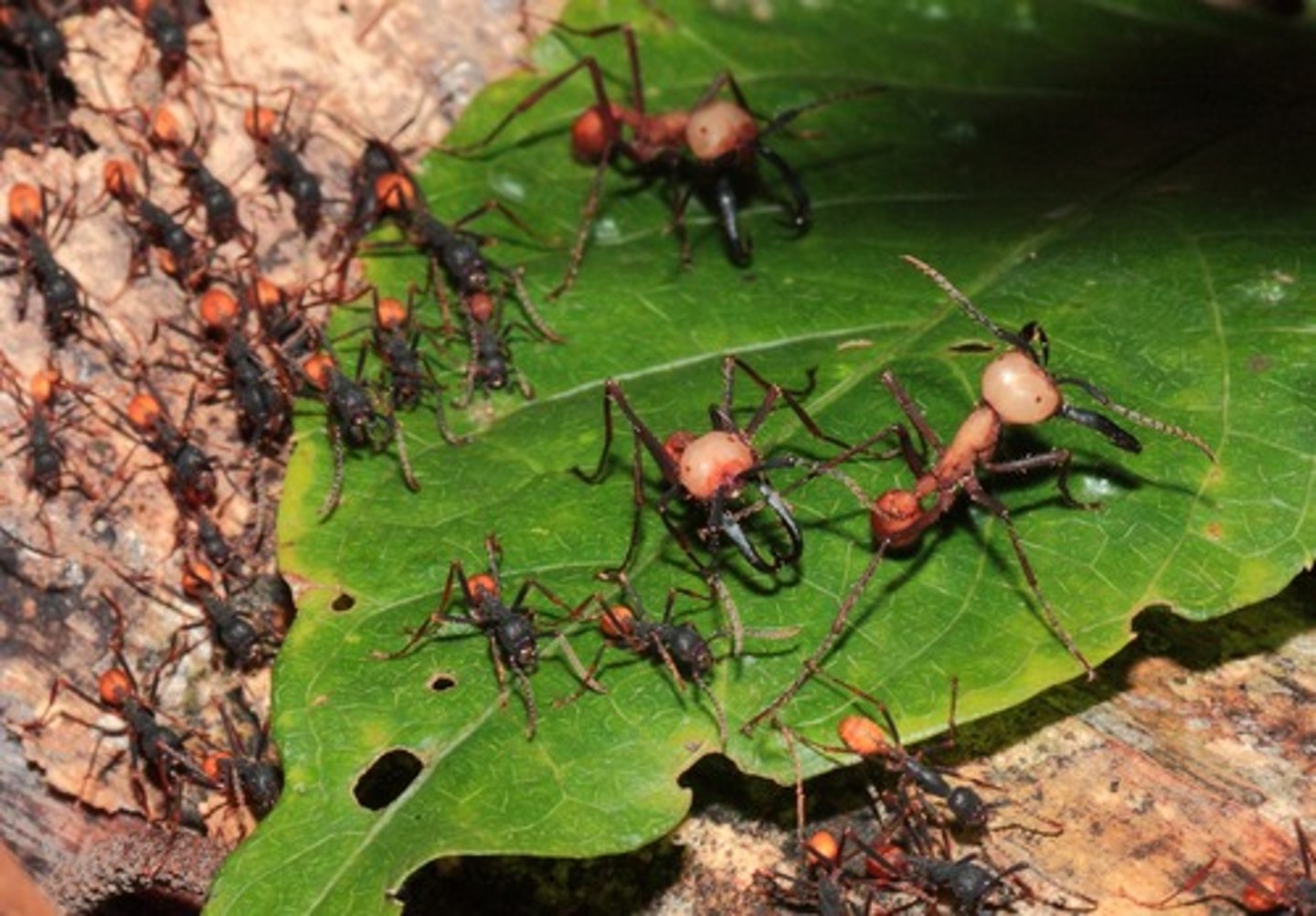
Ecological Succession
A series of predictable stages of growth that an ecosystem goes through
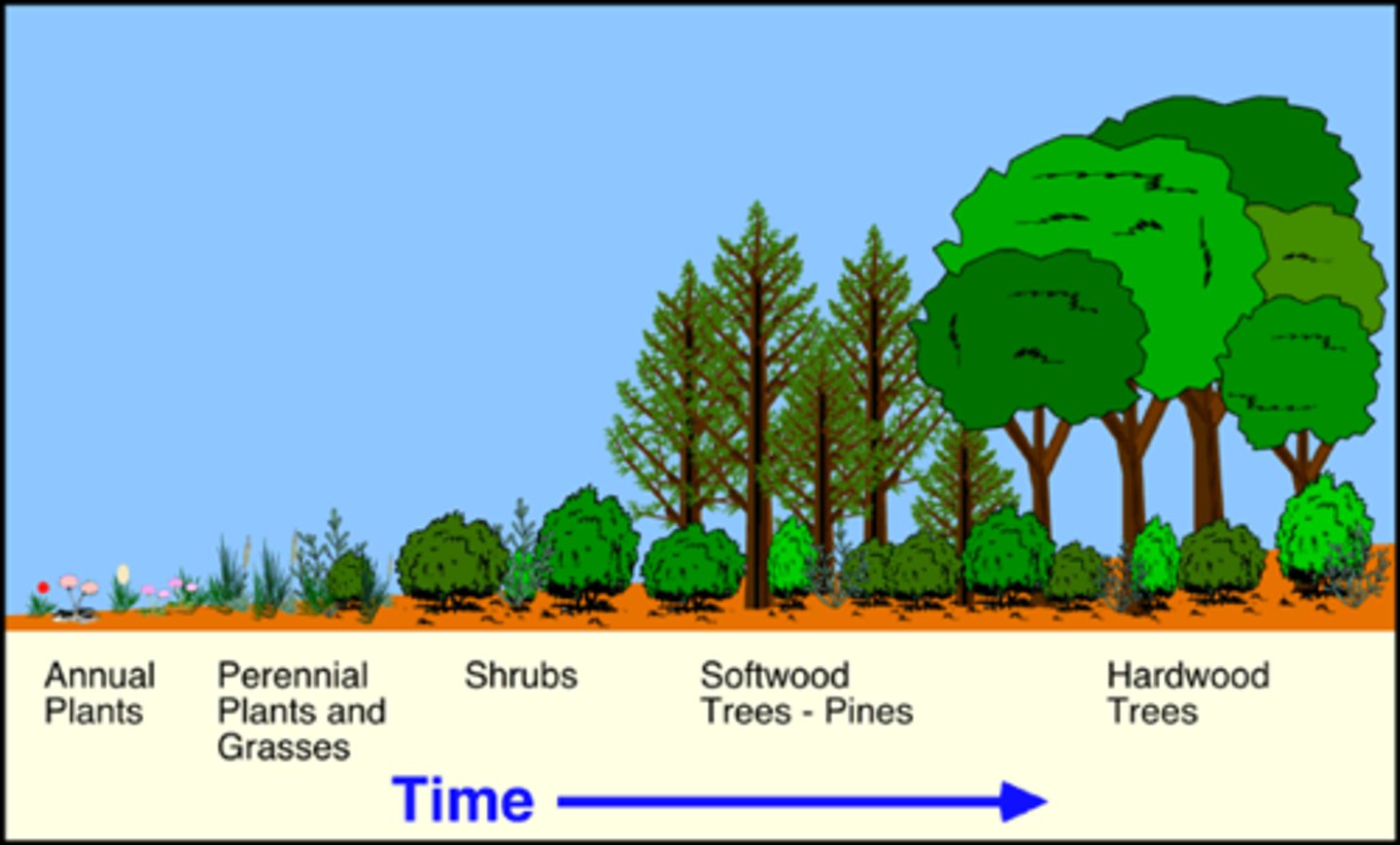
Primary Succession
Succession that occurs on land where no soil exists. Lichen and moss develop onto the rock and erode it down to soil overtime.
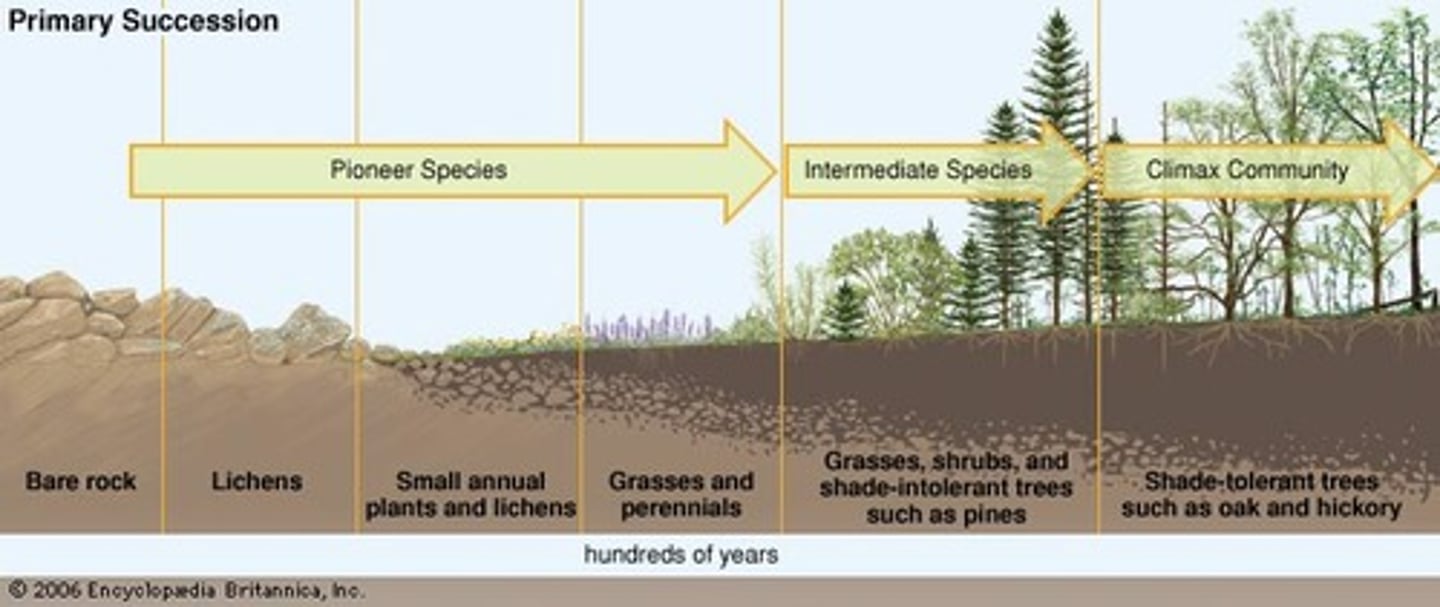
Secondary Succession
Succession following a disturbance that destroys a community without destroying the soil. Life will start again eventually because the soil still exists.
ex: fire, flood, tornado, hurricane, earthquake, tsunami
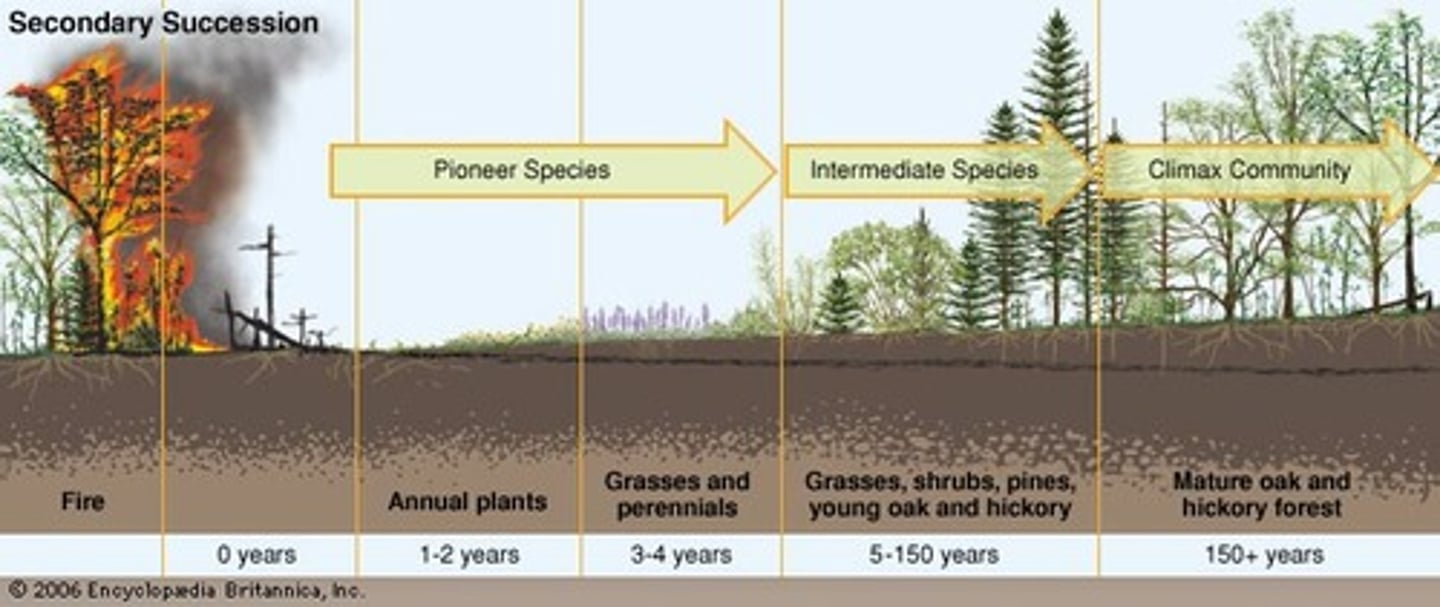
Pioneer Species
First species to populate an area during primary succession
- they have to be able to tolerate full sun since there is no shade
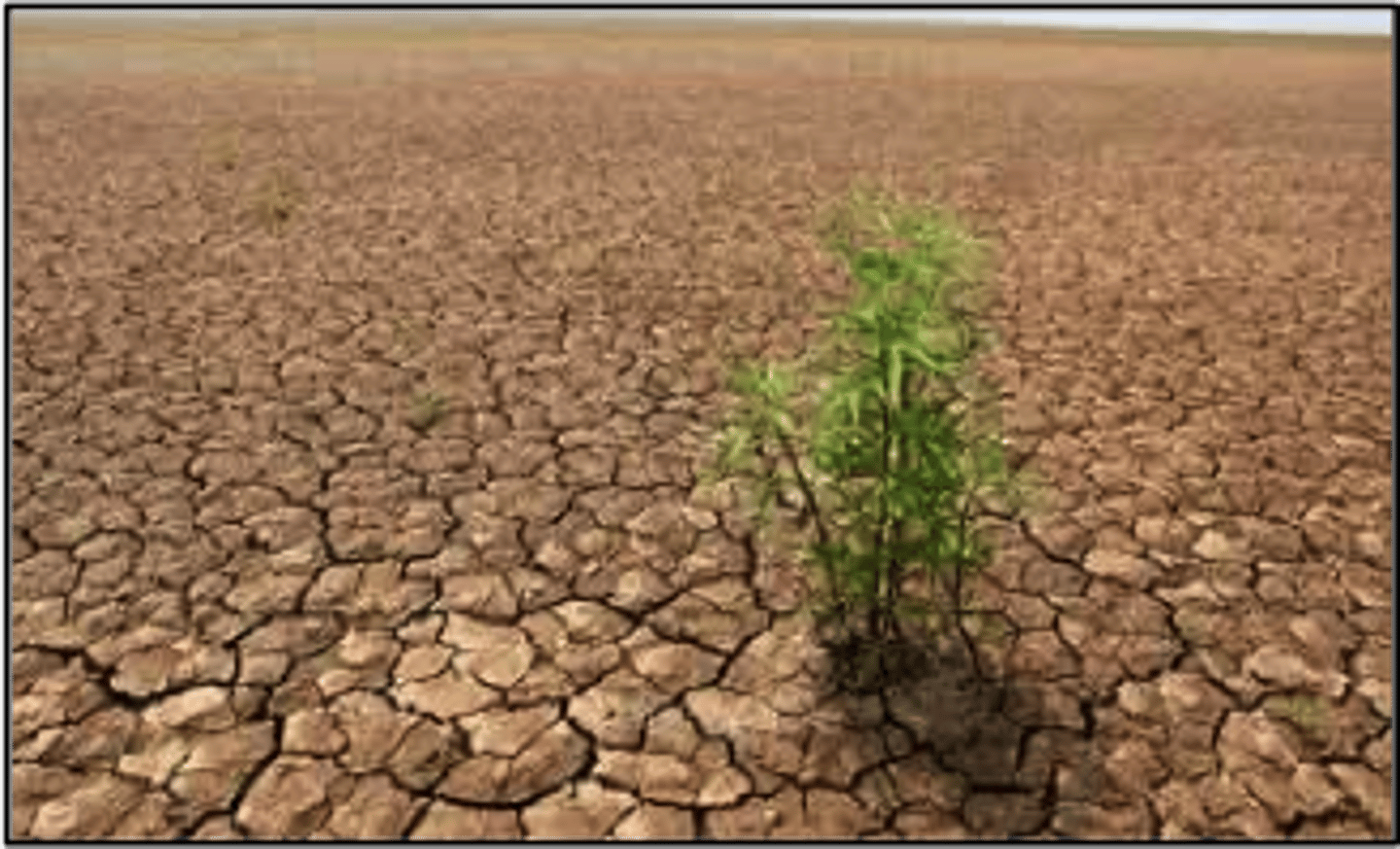
What are the pioneer species of Secondary Succession?
Grass + Flowers
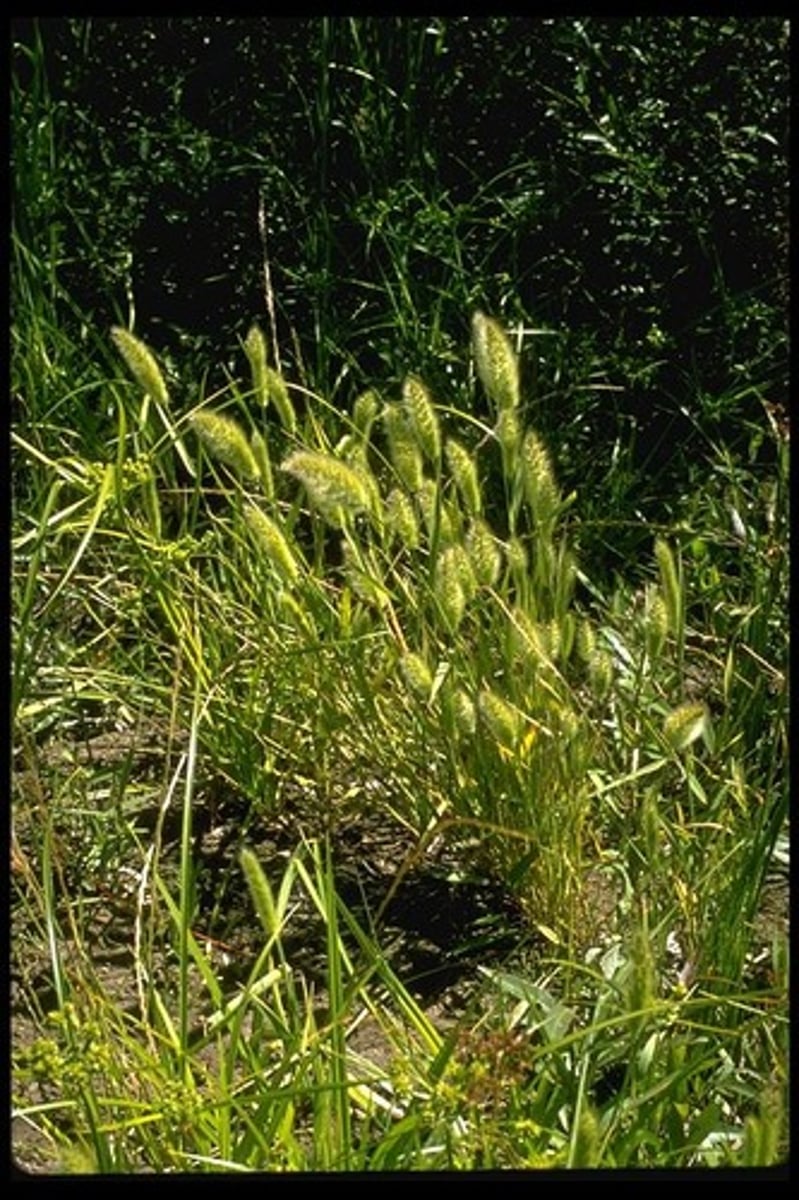
What are the pioneer species of Primary Succession?
Moss + Lichens (crusty, leaflike, or branching growth on rocks)
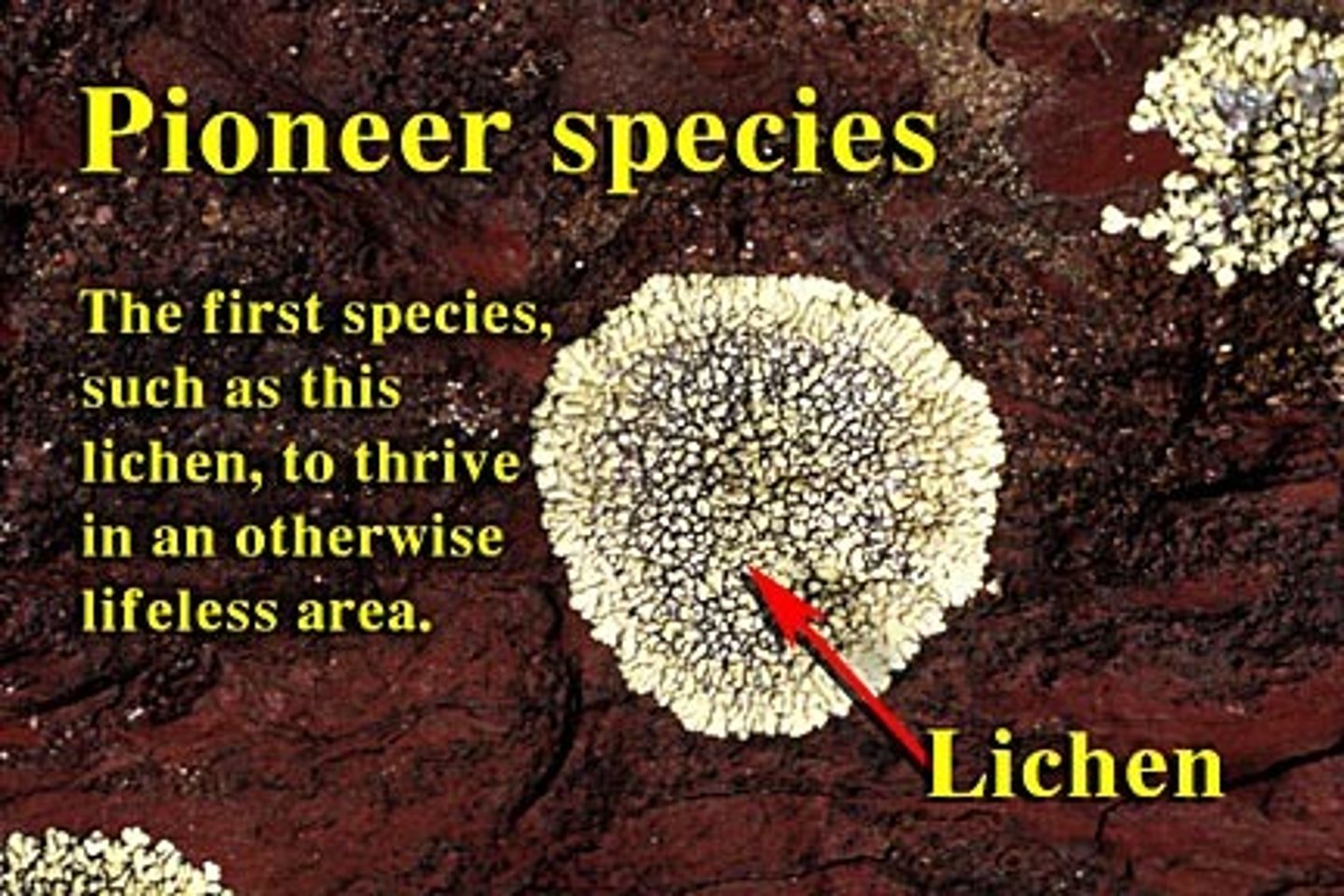
How do pioneer species arrive?
Spread to an ecosystem by wind and bird droppings.
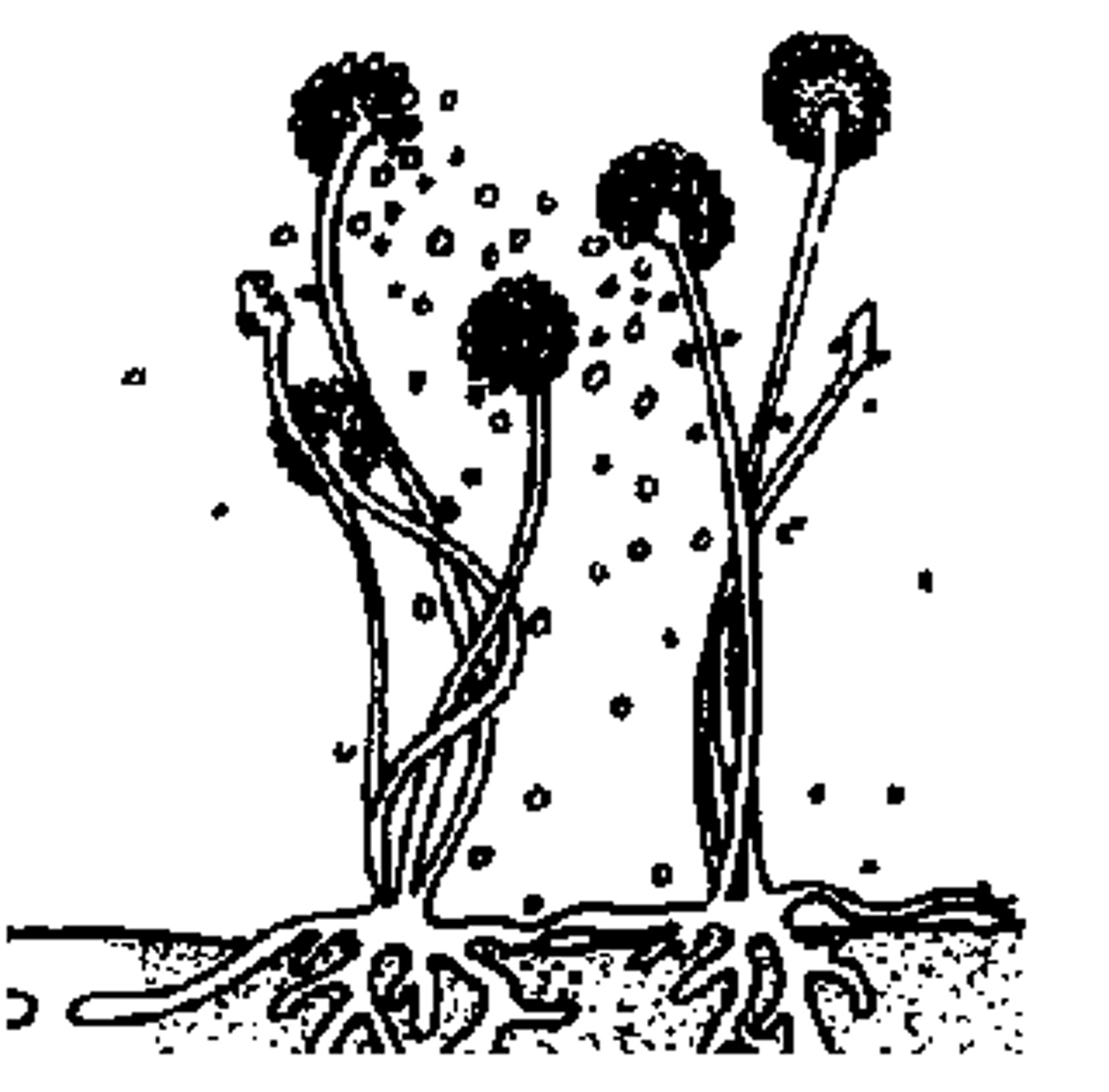
Mid-successional species
Species that take over after early successional species and live longer and grow more slowly.
- they are larger and need deeper and richer soil. They need to be able to tolerate sun as well.

Late successional species
Species that take over after Mid-successional species and live much longer and grow taller. T
- They appear when the soil is extremely deep and has rich nutrients. They kill out most Mid-S species.
- They need to be tolerant of shade because the older trees block out the sun.
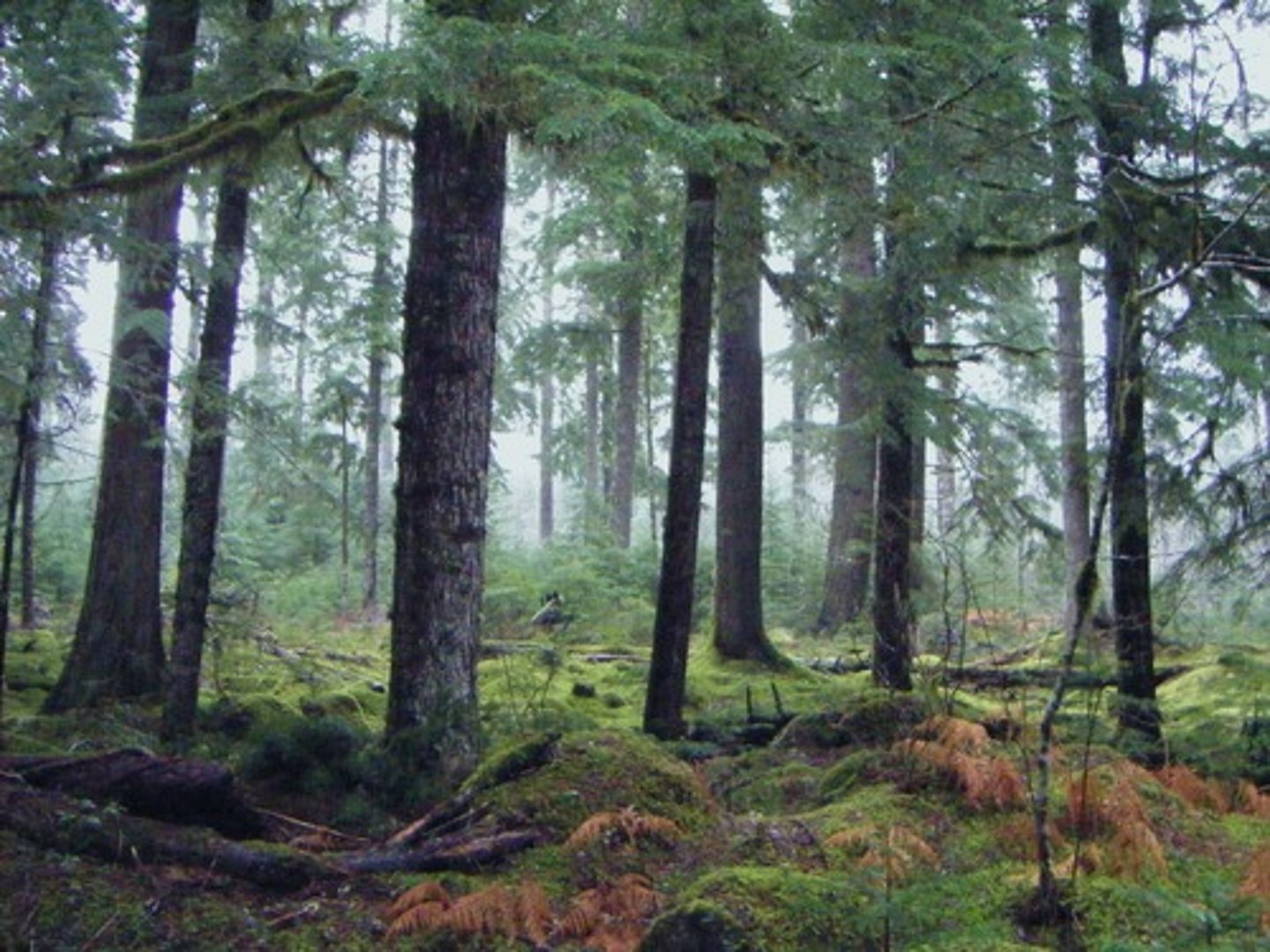
How long does Primary Succession take?
hundreds, if not thousands, of years.
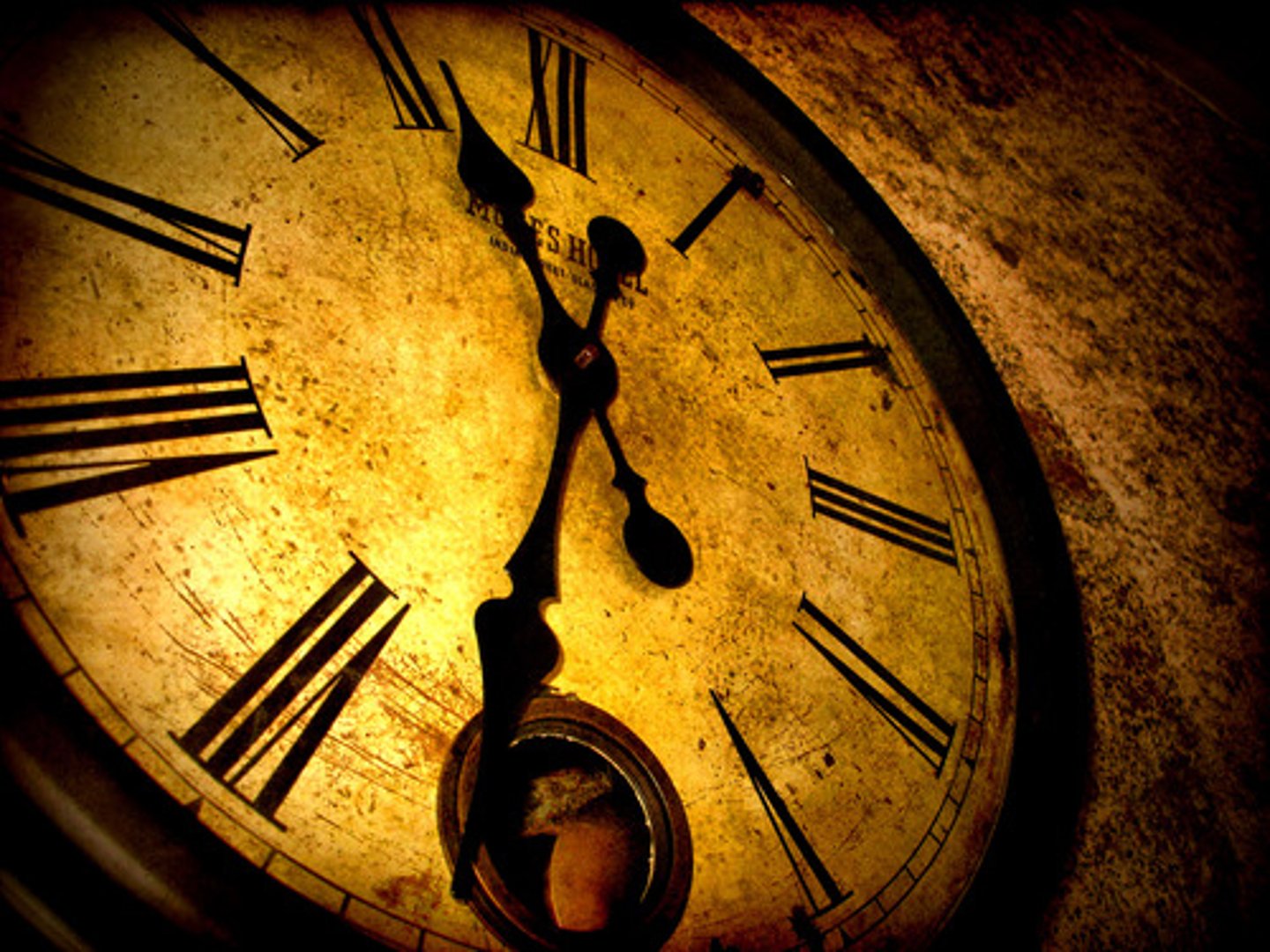
How long does Secondary Succession take?
100-150yrs

Practice FRQ 2.7
* Based on the graph to the right, explain whether spruce trees are an early, middle or late species when it comes to succession.
As you can see in the graph after glacial retreat we can see the number of spruce trees goes up in the earlier stages, but then declines. This indicates that spruce trees are middle successional species because as late ones appear. These later species shades them out which kills them off slowly because they need sun to survive.
